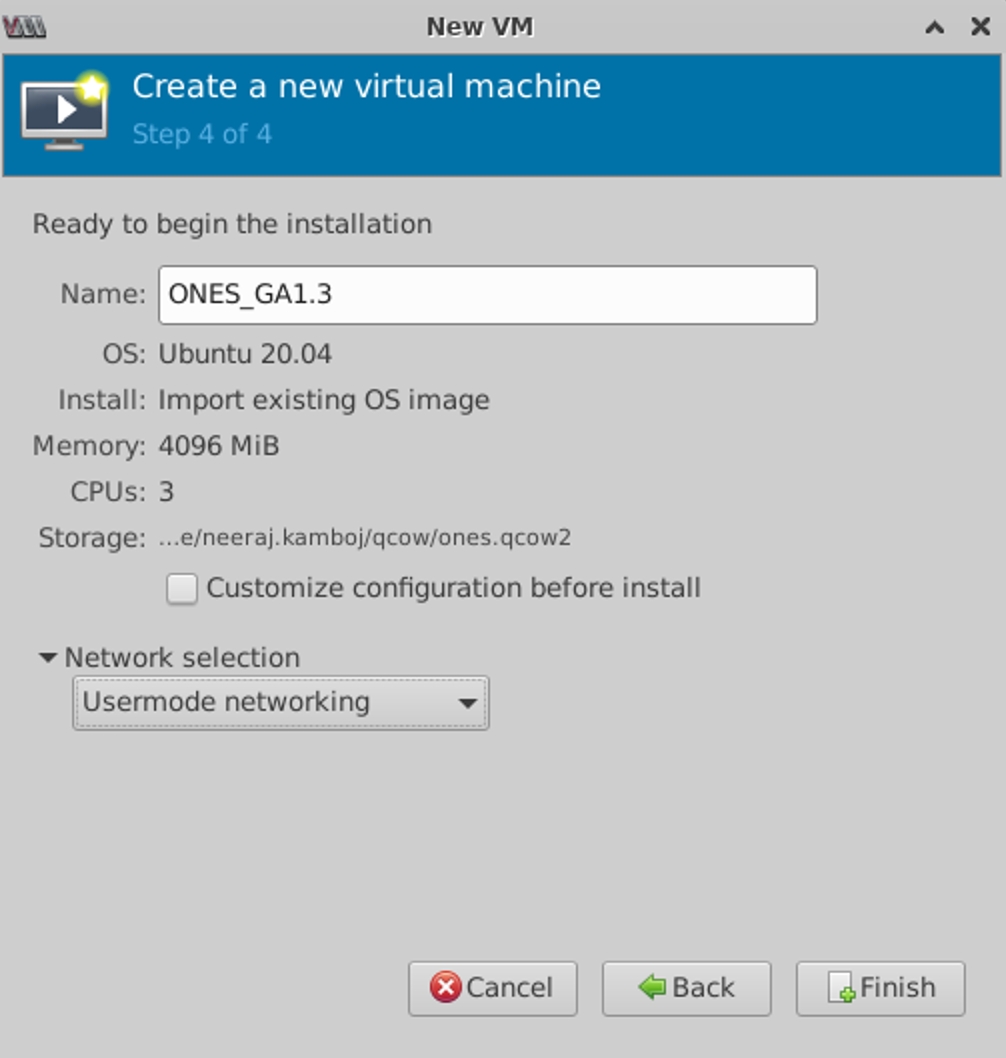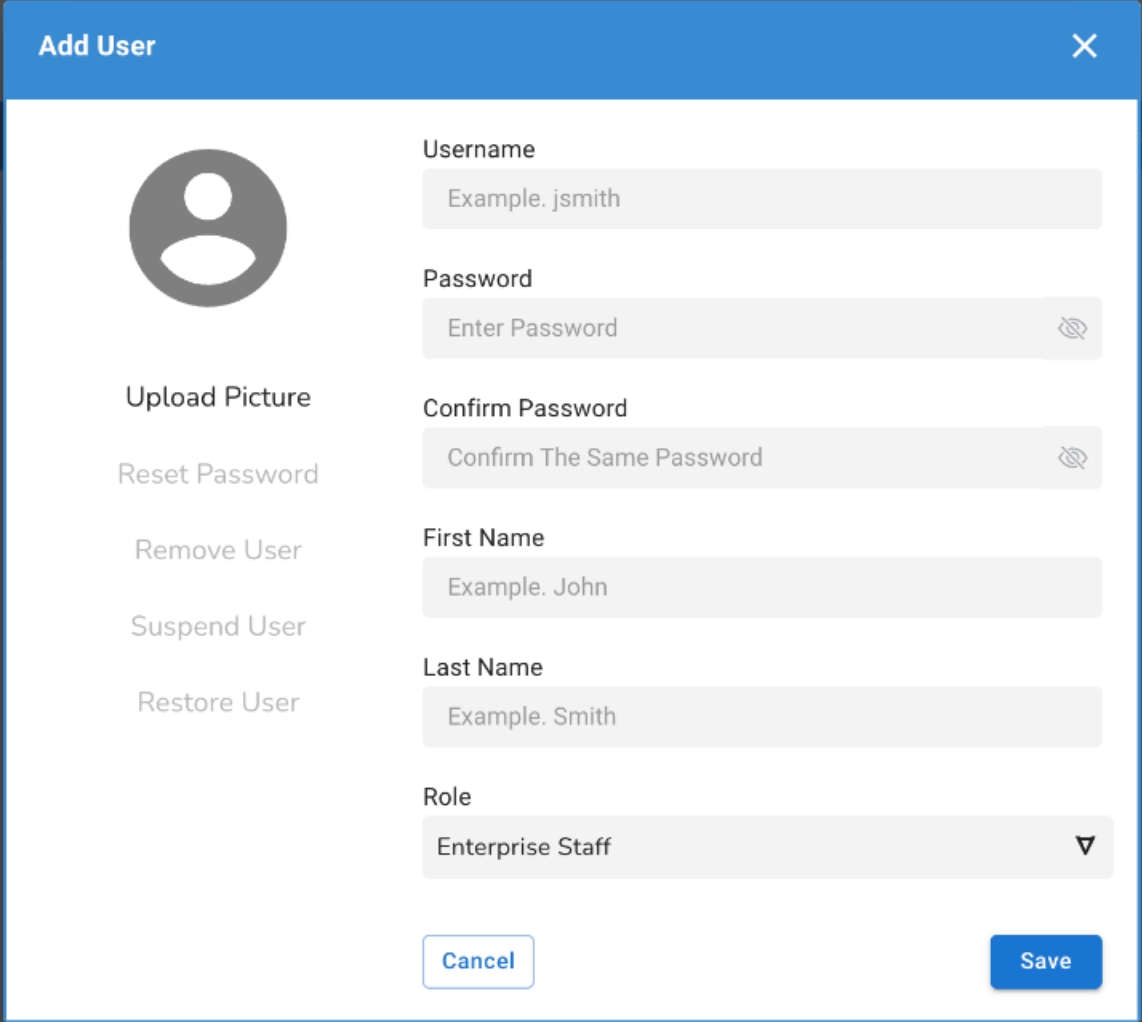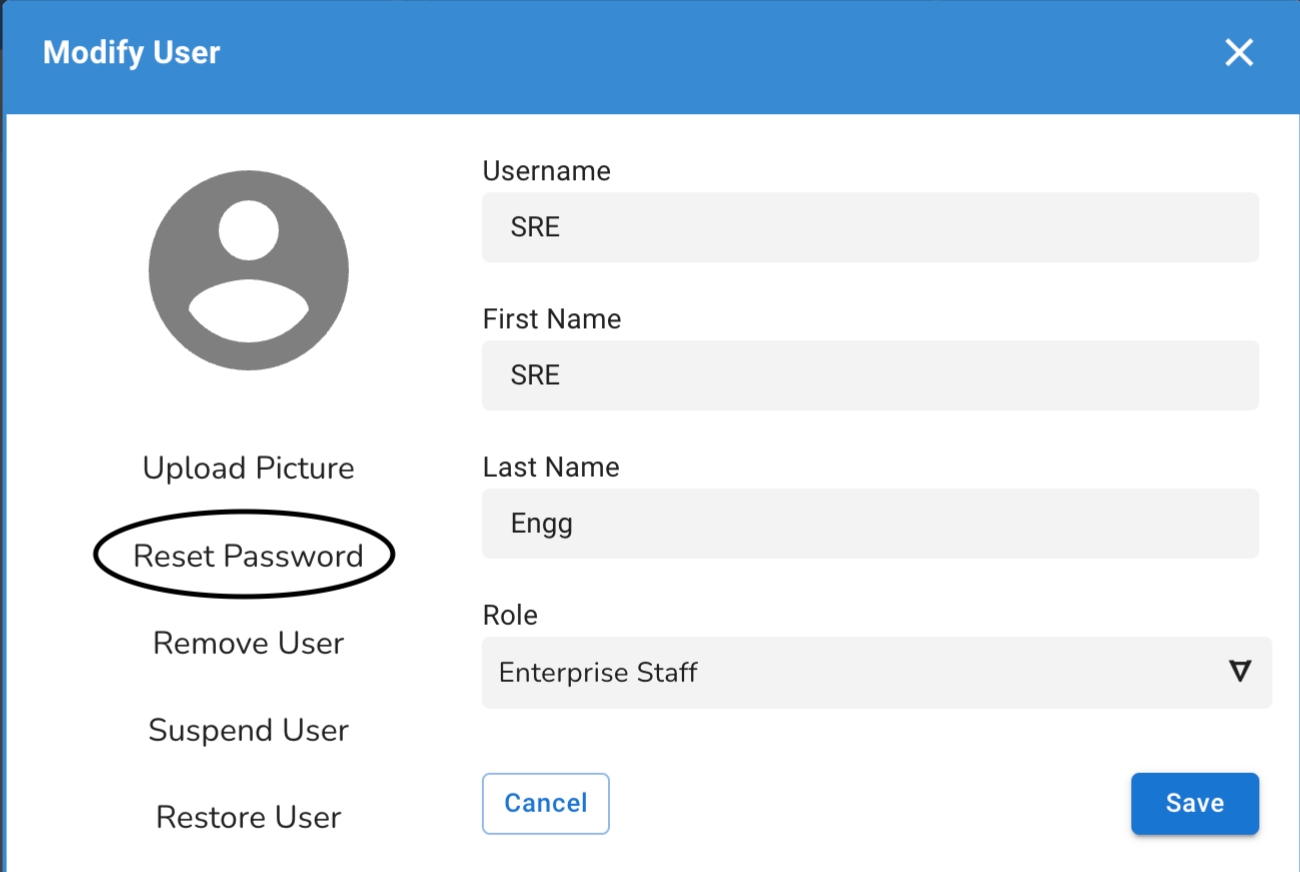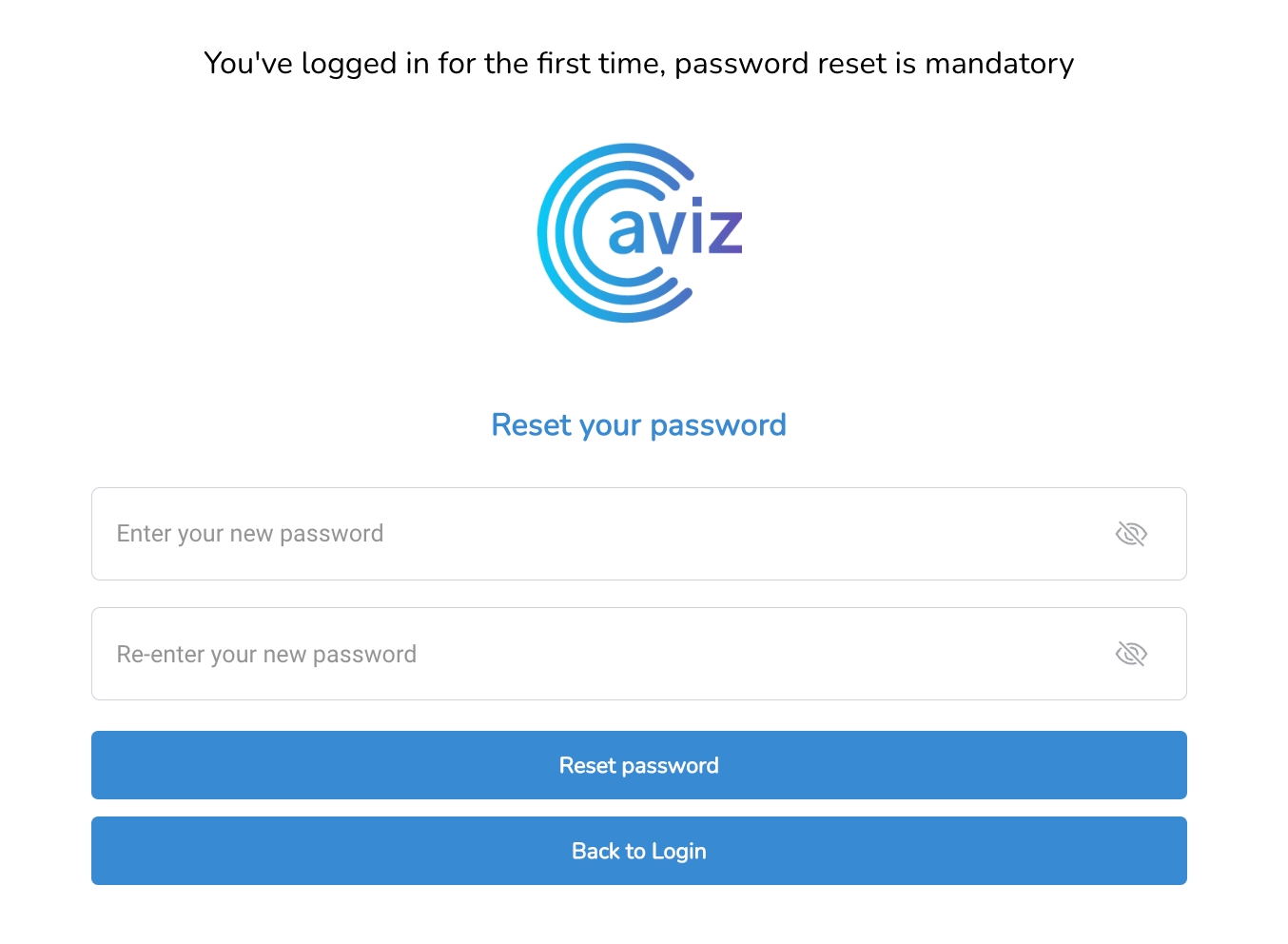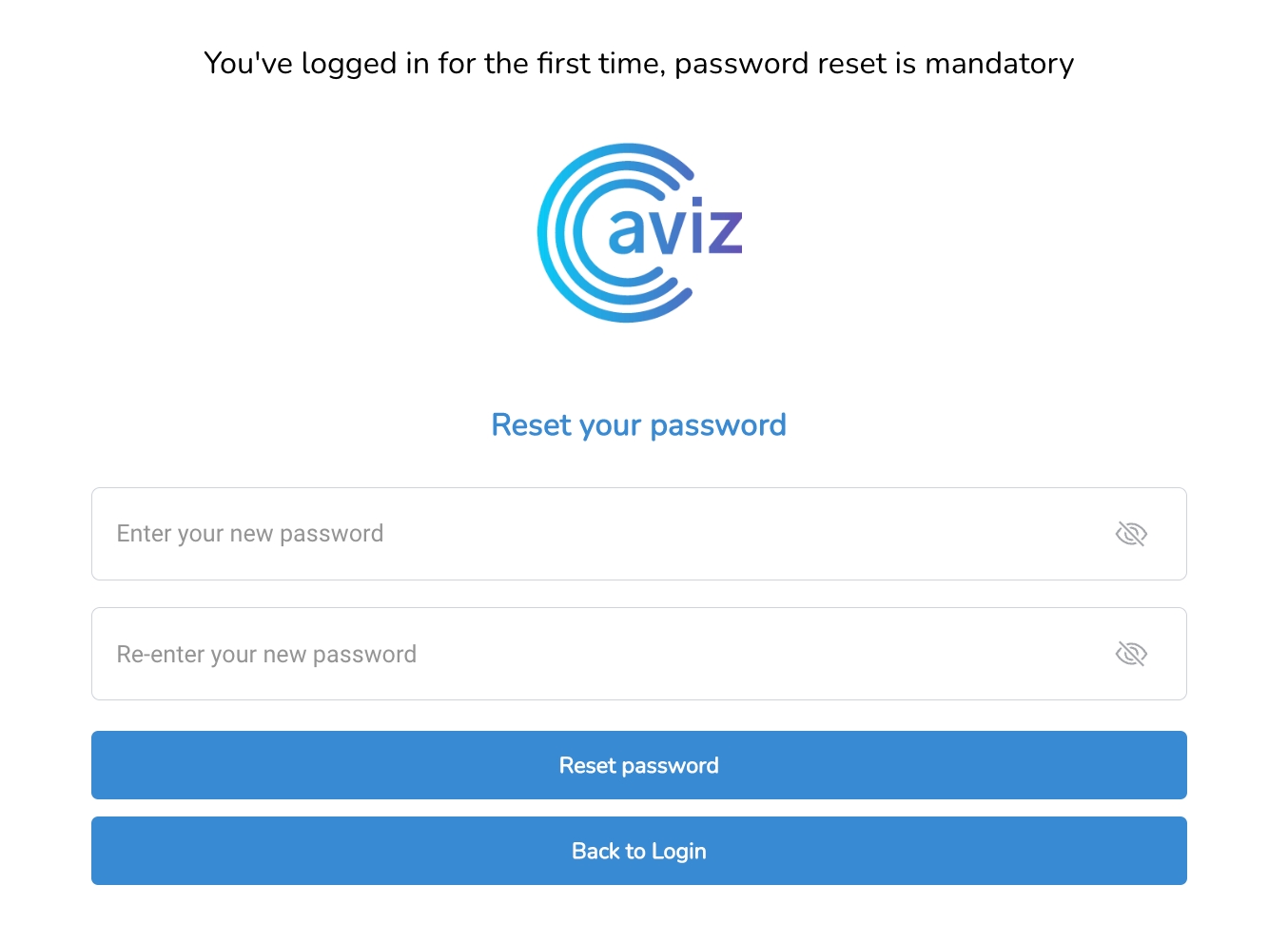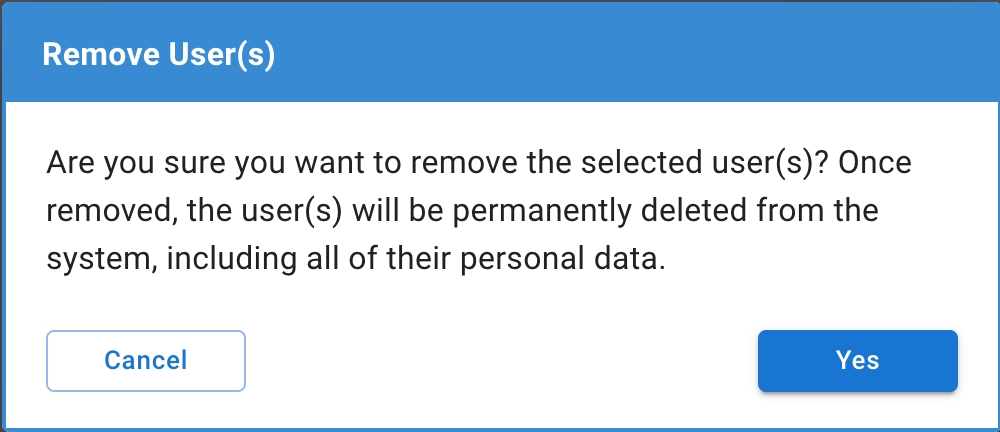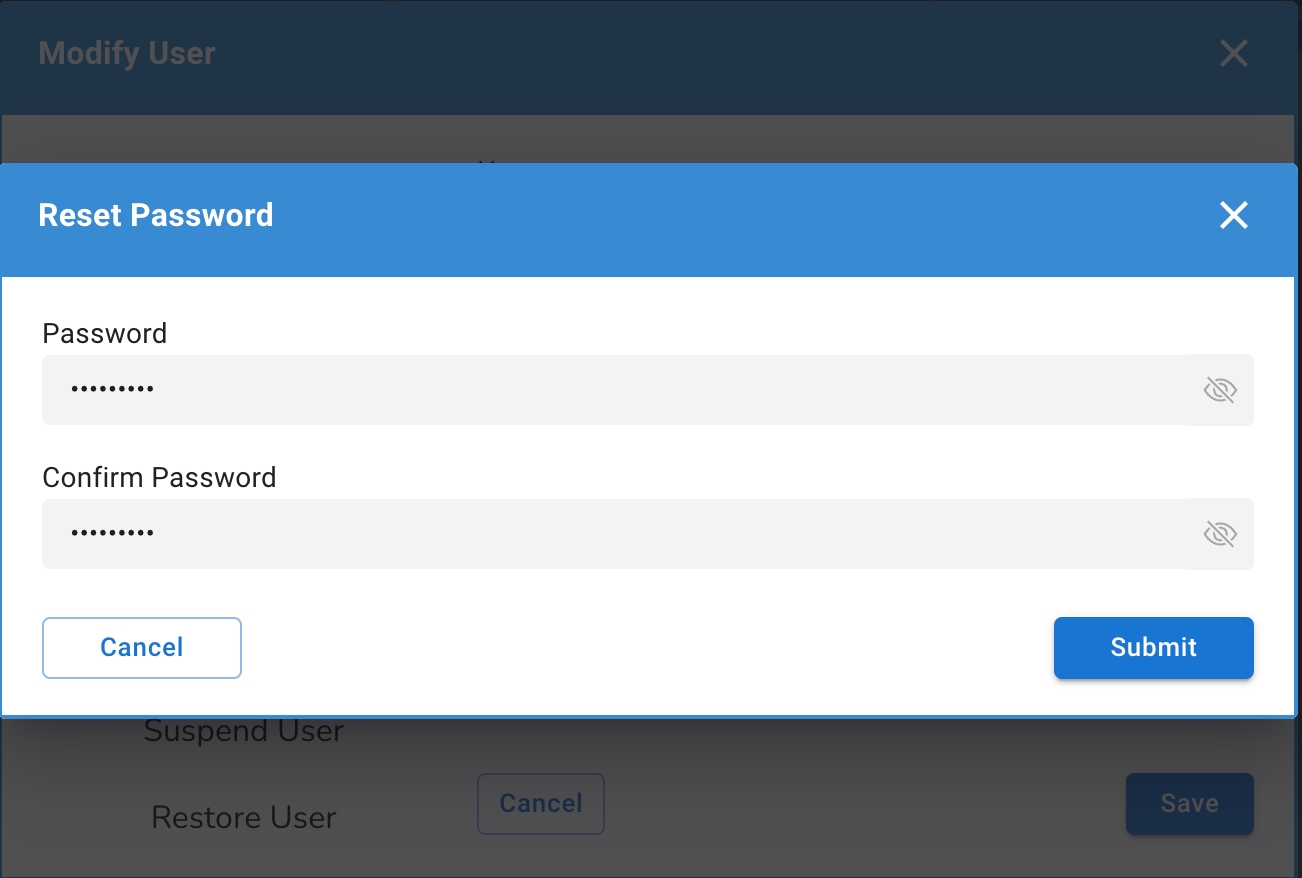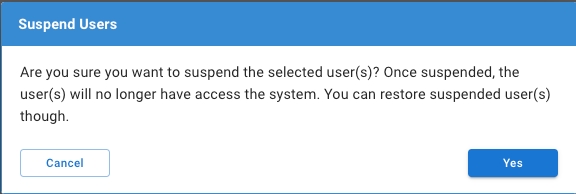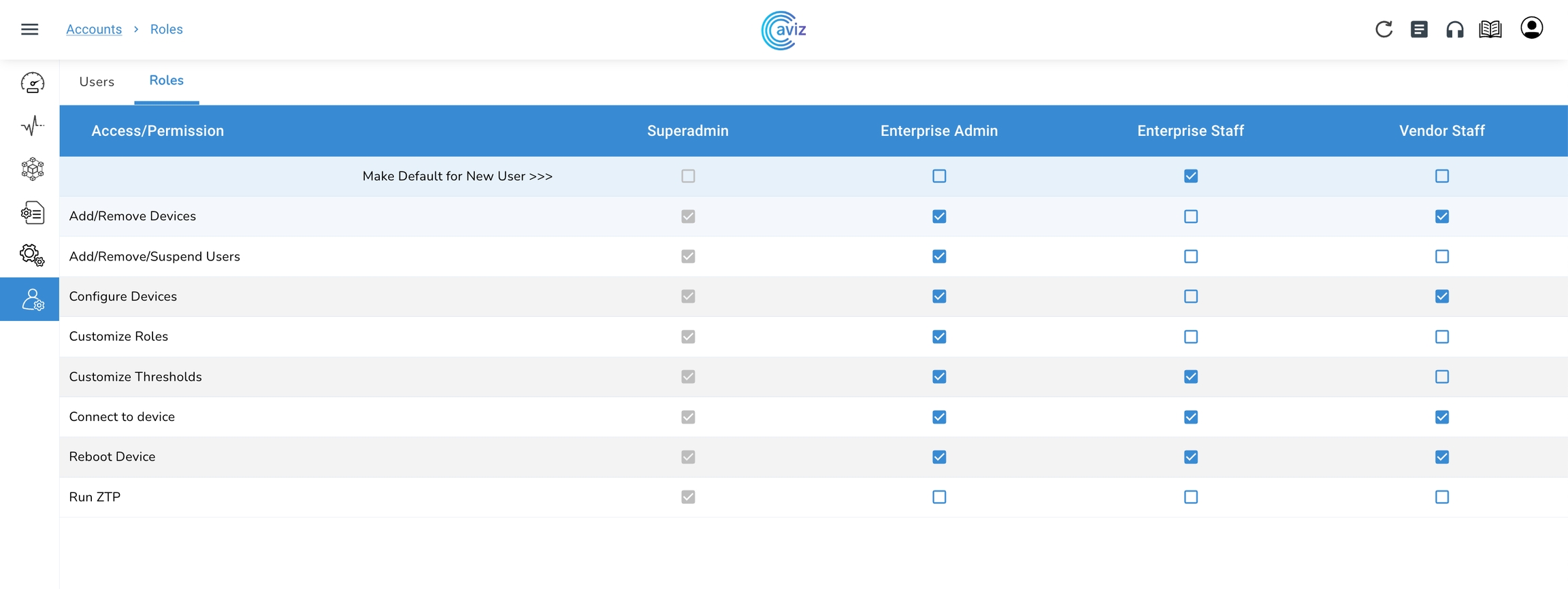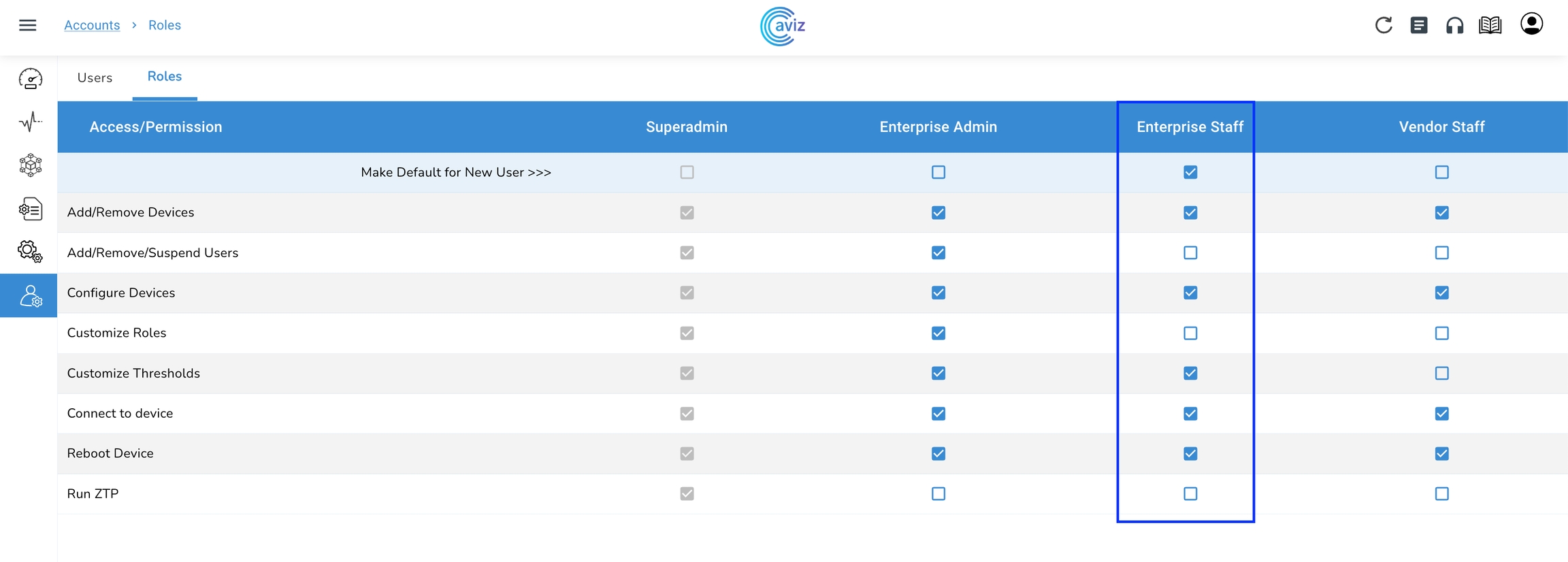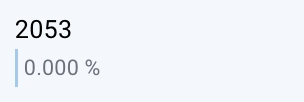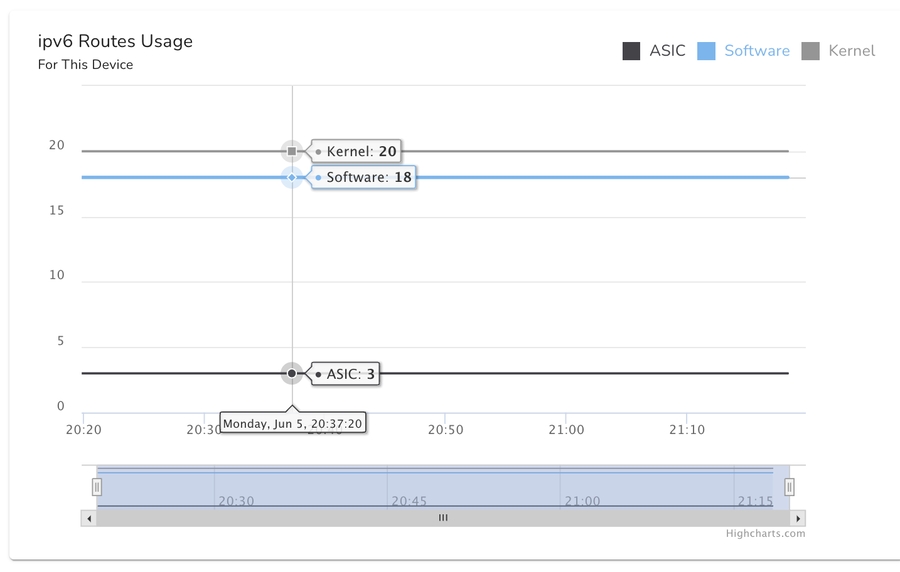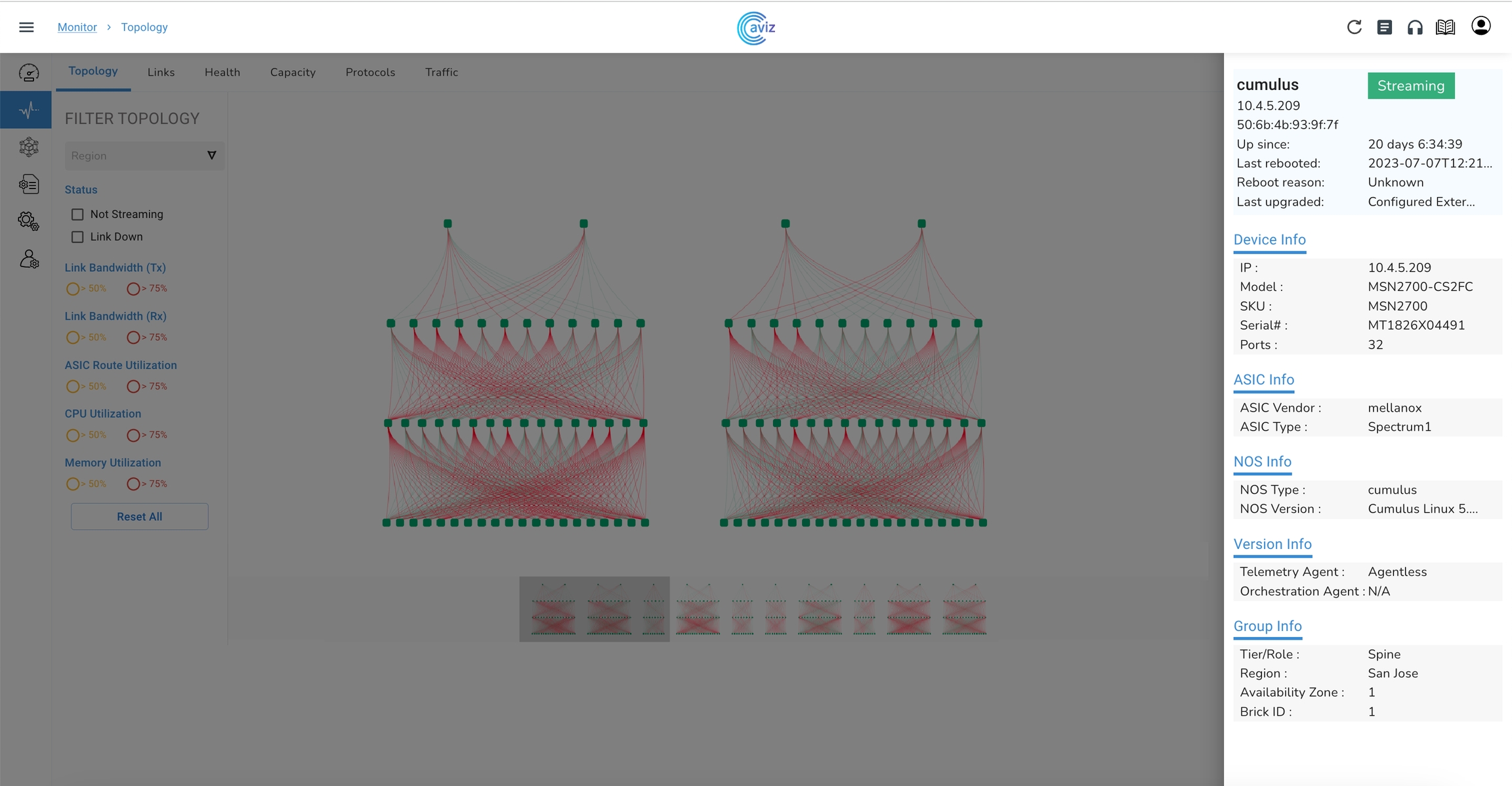
Loading...
Loading...
Loading...
Loading...
Loading...
Loading...
Loading...
Loading...
Loading...
Loading...
Loading...
Loading...
Loading...
Loading...
Loading...
Loading...
Loading...
Loading...
Loading...
Loading...
Loading...
Loading...
Loading...
Loading...
Loading...
Loading...
Loading...
Loading...
Loading...
Loading...
Loading...
Loading...
Loading...
Loading...
Loading...
Loading...
Loading...
Loading...
Loading...
Loading...
Loading...
Loading...
Loading...
Loading...
Loading...
Loading...
Loading...
Loading...
Loading...
Loading...
Loading...
Loading...
Loading...
Loading...
Loading...
Loading...
ONES Function
Device/Switch Count
Telemetry for Visibility
1024
Orchestration
64
ONES Telemetry Collector(s) and Analytics bring truly unparalleled visibility across all your switches running SONiC (both community and vendor distros), regardless of the underlying ASIC. ONES front end (UI), will enable network admins to;
Manage inventory of your network devices running SONiC on Broadcom, Cisco, Marvell, Nvidia ASICs
View the topology of the entire fabric across multiple hardware platforms, and network operating systems
Monitor traffic, system health, bandwidth utilization, & more
Track Switch CPU/memory consumption, bandwidth, link failures, traffic errors, and more in real-time
Proactively identify and resolve issues that may lead to network downtime
Instantly connect to individual devices for maintenance and troubleshooting
Network Assurance helps the NetOps team validate policy and security compliance checks before making a change in network configuration, an intelligent set of proactive and predictive techniques that validate the Network for readiness without error, conflicts, and disruptions
Aviz Support team is located across four timezones offering 24x7 SONiC and related product support for multi-vendor switches and ASICs. Using our support portal, we offer you to
Collaborate with our SONiC experts to expedite your evaluations
Speed up your SONiC troubleshooting SLAs to as low as 15 minutes regardless of the underlying Switch/ASIC platform
Minimize operational delays by centralizing issues across multiple platforms
Users can reach out to customer support on
Supports Options are available:
Integrated Chat
Submit a Ticket
Send an email to support@aviznetworks.com
Refer to the "" section of this document for more details
To connect with customer support users can choose the support option available on ONES-UI
Orchestration refers to tasks or actions required to achieve a set of objectives for your Network Infrastructure operations
A centralized application like ONES translates these objectives into a network configuration template, applies and monitors to validate the operational efficiency and functionality
Automated tasks are performed on your Network Fabric in a purposeful order and each step is verified for success before moving to the next
ONES Orchestration function, referred to as Fabric Manager (FM), lets you compose, deploy, and validate network configurations across any SONiC, be it a Community version or a Vendor distro.
As part of the initial release, ONES Orchestration supports to
Create and configure CLOS topology for ToR, Leaf, Spine, and Super-Spine layers
Apply and validate configurations pre- and post-deployment
Compare running configs against applied configs at any point
Upgrade devices with a single click via ZTP or custom NOS images
ONES Orchestration use cases are configured using a set of pre-defined YAML-based templates on ONES Web User Interface
Once the user installs Orchestrator Agent (Fabric Manager Agent) on the device, it enables FMCLI
FMCLI provides a user interface to configure all the open standard protocols and is user-friendly
To use FMCLI, the user can run fmcli command on the device to enter in the configuration mode and can configure the protocols or any other required feature
Example of BGP config using fmcli
Restore & Backup configuration feature
Yaml-based config for VXLAN, MCLAG, BGP IP CLOS & EVPN(L2VPN), L3 EVPN Symmetric IRB, L3EVPN symmetric IRB with MCLAG.
Automate Configuration of interfaces, layer 3 interfaces, BGP-unnumbered and Common Services like NTP, SNMP, SYSLOG etc.
Open Networking Enterprise Suite (ONES) is a Network Orchestration, Visibility, and Assurance solution for multi-vendor and multi-NOS operated Network Infrastructure. ONES provides a one-stop solution from delivering deep visibility into your datacenter networks to extending 24x7 support functions for SONiC. It also hosts a powerful analytics engine that assists users to identify network issues and troubleshoot their networks, in case of common network anomalies and disruptions.
ONES uses a Auto-discovery for SONiC and YAML-based Non-SONiC Device Discovery Template for adding switches and continuously collects streaming telemetry data from them to provide insights on;
admin@fmcli:~$ fmcli
fmcli# configure terminal
fmcli(config)# router bgp 1001
fmcli(config-router)# neighbor 10.10.10.1 remote-as 100
...
...SN2010, SN4700, SN 2700, SN2100, SN3700, DellEMC-S5212f-P-25G
SONiC Distros
Broadcom
EC9716, EC4630, EC7326, RA-B6510-48V8C(Ragile Networks), CELESTICA-BELGITE
Cumulus*
NVIDIA
SN2010, SN4700, SN 2700, SN2100, SN3700
Arista*
Broadcom
DCS-7010T-48
Cumulus & Arista platforms are considered by ONES as Agent-less and supports metrics available using NVUE and eOS APIs
SONiC-based switches require ONES Agents (Agent-based) to be installed on the switch being monitored, as a pre-requisite for ONES Telemetry and Orchestrator based functions to work.
ONES Telemetry Agent
ONES Orchestrator Agent
Proprietary NOS like Arista EOS, Cumulus, and Cisco NX-OS does not require an ONES Agent and instead leverage OpenConfig (Agent-less) feature. OpenConfig extends APIs that provide Network Telemetry information about the resources being monitored via gNMI (gRPC Network Management Interface) protocol to the ONES Application
ONES does not support Orchestrator-based functions on Proprietary NOS (non-SONiC).
SSH access
SONiC versions beyond 202012 or 202111 are supported
Only x86 intel-based architectures are supported
NOS
ASIC
Switches
Community SONiC
NVIDIA, Broadcom
Data Center Inventory
Network State
Platform and System Health
Control and Data Plane resource utilization
Traffic Utilization
Software Compliance
ONES monitors various control and data plane metrics to provide these insights.
ONES orchestration provide network admins to automate the fabric configuration using configuration templates for provisioning physical interfaces, layer 3 configuration for building IP-CLOS fabric using BGP as a routing protocol including BGP-unnumbered, system services including NTP, SNMP, SYSLOG etc. ONES orchestration not only configures the fabric but also make sure the Fabric is operational by doing verifying the configuration at every stage.
ONES provides north bound API access for configurations originating from external orchestration tools.
License Usage Alerting for auto discovery
Topology new options utilisation
API Explorer
Health, Capacity, Protocols Page - Added Drop down for HWSKU (UI)
FM RMA for UI
EVPN Multihoming - ECSONIC -UI
Agent Auto-discovery with single and multi collectors
Telemetry Integration - Prometheous
New architecture with Kafka pipeline
EVPN Multihoming
Backup & Restore Device Configs
Fabric Manager API + SDK to Support Day2 Operations
ONESTELE-773: ONES application UI unable to categorise 1G/RJ45
ONESTELE-785: Old LLDP cable information not flushed from dB when new connection is learnt
ONESTELE-1855: ASIC widget ASIC page Data validation
ONESAPPS-2602: When Application Idle time is set any value below 10 minutes, it is treated as no logout
ONESAPPS-2501: BGP neighbors shown 0 when there is 1 neighbor configured
ONESTELE-1053: CELESTICA Switch - Telemetry Agent is has limitation with LLDP metric streaming
Work with Aviz Sales/Support contact to create an account on Aviz Networks Support Portal
Login to with your account credentials
Click on the Downloads section, under ONES, click to download ONES Release 1.3
ONES is a support application for SONiC stack. It is designed for customer's engineering team such as SRE’s, HW and SW engineering teams for their daily network diagnosis and troubleshooting needs. In addition to that ONES exposes the API to integrate with external tools or customer homegrown applications.
ONESUI-1871: ONESUI/Cumulus: Delay in agent-less available status in Inventory page
ONESFM-513: EVPN VXLAN with & Without MC-LAG - i-BGP ipv6 underlay
Cabling widget metrics are approximate values and may not represent the exact cable count in the network
ONESTELE-934: Cumulus- Delay in streaming metrics
File to install on Ubuntu
ONES 1.3 Installation package
File to install on VMware, ESXI, vSphere, and vCenter setup
ONES 1.3 OVA
File to install on Hypervisor, KVM, LibVirt Manager
ONES 1.3 QCOW2
Copy ONES Release 1.3 package (tar.gz) to ONES Application machine
Follow the next page to execute a successful installation
Role Based Access
ONES provide RBAC support for creating dedicated user accounts. it has a super admin account which can manage these user accounts for control and permissions
Secure Access to Application
ONES Application provides HTTPS over standard port 443 supporting both self-signed and CA-signed certificates
Secure Access to switches
Auto-discovery communication between Agent and collector using a secure channel(SSL/TLS) with certificates (self-signed and CA-signed certificates
API Access
ONES Application provides HTTPS over standard port 443 supporting both self-signed and CA-signed certificates, the API is available via time-bound authentication tokens.
Click to get more details on RBAC
ONES application provides HTTPs over standard port 443 supporting both self-signed and CA signed certificates.
HTTPS Support CA Signed
HTTPS Self Signed
ONES utilizes gRPC infrastructure to communicate with switch agents. TLS (Transport Layer Security) is the primary security protocol used by gRPC to secure communication between the client and the server. TLS provides authentication, confidentiality, and integrity of data. Authentication is achieved using digital certificates, which verify the identity of the client and the server.
With an added extra layer of security, ONESv1.3 support Certificate based communication between switches and ONES Controller, and all the metrics will be streamed using the certificate-based encryption

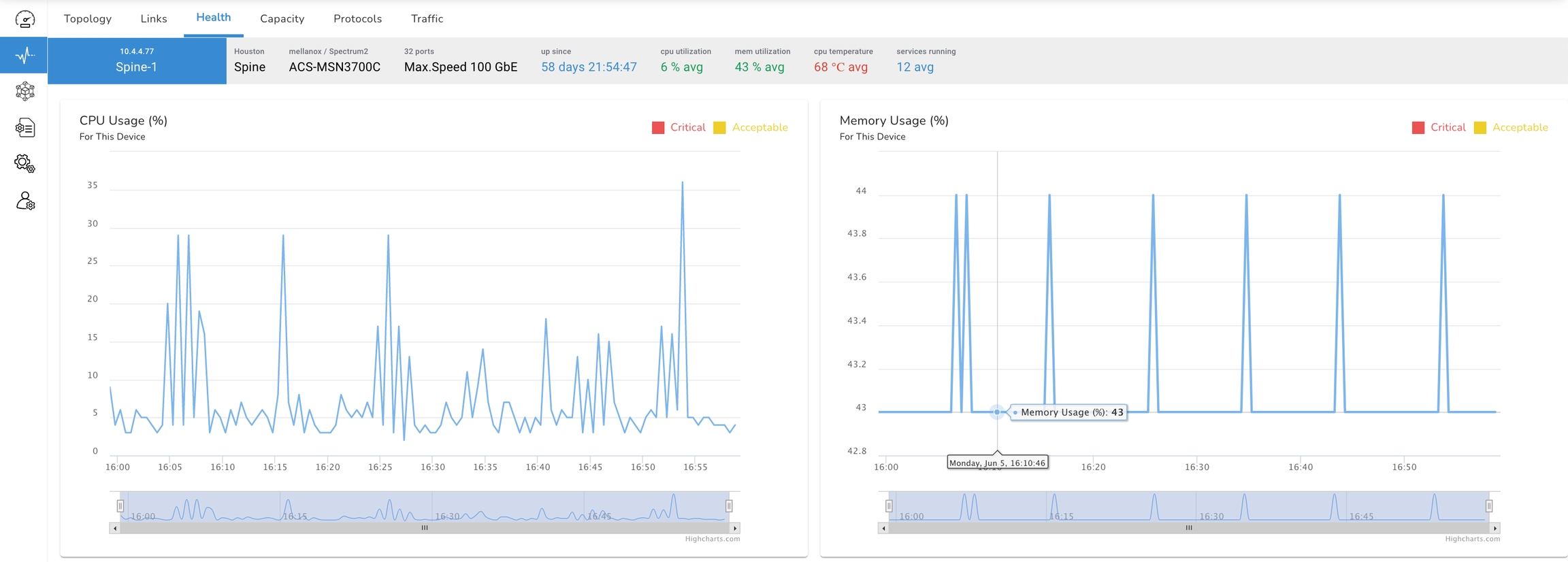


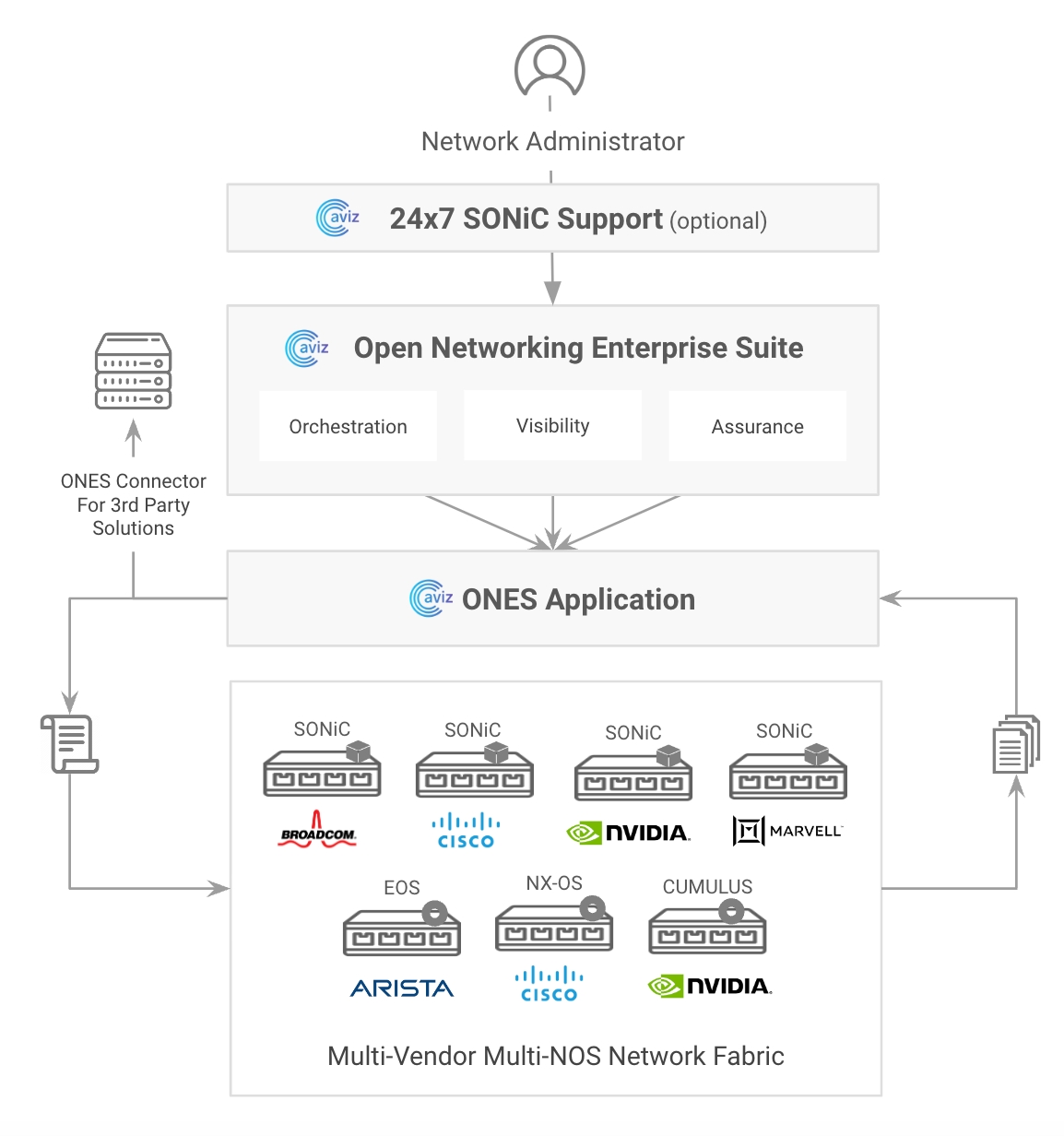


Please refer to the link https://support.aviznetworks.com/hc/en-us/articles/10268234313997-ONES-Image-Download for downloading latest version of ONES Application
NOTE: You are required to sign-up on https://support.aviznetworks.com/hc/en-us for getting access to the download page.
Agent-based devices auto-discover the ONES-App and get registered automatically on ONES Inventory page
To Onboard the Agent-Less devices user need to add manualy
Navigate to Inventory
Navigate to Configurations >> Devices
Allows you to configure new devices
Supports valid YAML files
Using this feature setting we can set the acceptable and critical percentage level for the following device components
This page gives the control over the widget refresh timer and user idle state
Users can set the manual timer to refresh all the widgets after a time interval (default is 30sec)
Users can set the timer after how many minutes of idle state the ONES-UI should be logout
This section explains how large data centers can be designed seamlessly using ONES.
Most fabric orchestration solutions available today are complex and often difficult to understand. ONES provides simple and effective tools, such as predefined templates (YAML file), to configure data centers at scale. ONES allows a customized way of configuring devices that includes enhancements to the standard configuration.
ONES provides the following subscriptions to manage and monitor the devices.
To access the ONES application, use Server IP with HTTPS
https://<host-ip>
Use default credentials to login, refer page for default credentials
This section explains how you can upgrade the device OS using ONES.
You can onboard all the devices on the application and can get a complete view of all the populated tables
Agent-Based devices will automatically added using the auto discovery feature
Agent-Less devices needs to be added using this inventory page
The Inventory tab has the below mentioned features:
NOTE: for non-SONiC switches,
OpenConfig feature on its NOS needs to be enabled for Network Visibility (Telemetry Data Streaming)
Network Orchestration is not supported
SONiC NOS Upgrade could be done either via
ONES UI (Inventory-->Devices)
Instead of using FM - Orchestrator Agent
Orchestrator Agent takes a backup of FMCLI, ONES Agents and associated services to the /host folder.
After a successful upgrade, Orchestrator Agent restores these files
Traditional means (ZTP, sonic-installer CLI)
The user needs to reinstall ONES Agents again
Deep Telemetry for ASIC and Switch Hardware
Device Inventory details on
Network Operating System (NOS)
Firmware versions - ONIE, BIOS, and CPLD
Hardware SKU, Model, ASIC, and Serial Number
Platform Components – Fan, PSU, Sensors
Link/Interface Health – Speed, Connectivity, Transceivers/Cables
Inventory Operations
Adding/Removing devices using YAML
Agent Status Monitoring
Device Monitoring
Device Up/Down State based on Agent and Agent-less
Region and Zone Mapping
Device Roles – Access, Leaf-Spine, Super-Spine
Network Compliance with version checks on
Telemetry Agent
Orchestrator Agent
ONIE, NOS, and Linux Distros versions
Resource Trends
CPU and Memory Utilization
PSU and Fan Readings
ASIC Capacity for Routes and ACLs
Software and Kernel Route capacity
Packet Counters – IN/OUT, Errors/Discards
Topology View
Device Connectivity view across Roles and Location
Link/Connectivity Status
Routing Protocol
BGP Neighbors
Advertised and Received Prefixes
Local AS Number
Orchestrator Use Cases
YAML-based Configuration push
Image Management via ZTP
BGP Numbered and Unnumbered Configuration
NTP, SNMP, and SYSLOG Configuration
Licensing
Application License
Telemetry Agent License
Orchestrator Agent License
User Management
Add/Edit/Delete User
Role Management
API Access for configurations originating from External Orchestration Tools
ONES allows users to leverage pre-defined templates, and customize them for Ports, IPv4/IPv6 Routes, BGP-Unnumbered, and Switch Services (NTP, SNMP, SYSLOG, ZTP, etc.) functions
OVA/OVF Package: OVA can import in
VMware workstation/Fusion
ESXI Server
Virtual-Box
QCOW2 & OVA, both packages are supported for an upgrade to latest version
Follow the Steps to upgrade the ONES to New Version
VM packages do not support upgrades from one VM to another VM once the VM is deployed in the network, then the ONES tar-ball file can be used to upgrade it.
512
Support up to 512 devices
1024
Support up to 1024 devices
Free(30 Days Trial)
Support up to 8 devices
32
Support up to 32 devices
64
Support up to 64 devices
128
Support up to 128 devices
256
Support up to 256 devices
Restrict IP is enabled by default in ONESv1.3
Using this feature agent will discover the ONES Controller and will update the entry on ONES App with all the feature metrics
Need to add a few inputs while installing agent
Controller IP //To restrict the telemetry streaming
Device Credentials
Layer
Region
azid
brickid
rackid
On the Application machine, go to ONES-1.3/ones_t_agent folder
root@ones-application:~$ cd /ONES-1.3/ones_t_agent
Enter device details (Management IP, Username and Password ) in device_info.csv
root@ones-application/ONES-1.3/ones_t_agent:~$ vi device_info.csv
Save the File
Executing the installation script can be used for installing a telemetry agent on one or more devices in the data centre.
root@ones-application/ONES-1.3/ones_t_agent:~$ python3 ones_agent_parallel_installer.py
Script asks to to put the Controller IP to use auto-discovery feature
User can choose the restriction to send telemetry to collector IP only
netq config add agent gnmi-enable true
netq config add agent opta-enable false
netq config add agent gnmi-port 9339
netq config restart agent
netq config status agent
netq config add agent gnmi-port 50052
netq config restart agent
netq config status agent
cumulus@cumulus:mgmt:~$ cat /etc/netq/netq.yml
netq-agent:
is-gnmi-enabled: true
is-opta-enabled: false
netq-gnmi:
gnmi_port: 9339sudo ln -s /etc/nginx/sites-{available,enabled}/nvue.conf
sudo sed -i 's/listen localhost:8765 ssl;/listen \[::\]:8765 ipv6only=off ssl;/g' /etc/nginx/sites-available/nvue.conf
sudo systemctl restart nginxEnter device details (Management IP, Username, Password ) in device_info.csv
root@ones-application/ONES-1.3/ones_fm_agent:~$ vi device_info.csv
Save the file
Execute the installation script
root@ones-application/ONES-1.3/ones_fm_agent:~$ python3 deploy_fmcli.py "install"
Verify the Installation success by running the fmcli command on individual devices
root@Switch:~$ sudo fmcli
ip,user,passwd
10.4.4.75,admin,YourPaSsWoRd
10.4.4.76,admin,YourPaSsWoRd
10.4.4.77,admin,YourPaSsWoRd
...
...
...root@Switch:~$ sudo fmcli
fmcli# Arista-DCS-7010T(config)#management api gnmi
Arista-DCS-7010T(config-mgmt-api-gnmi)#transport grpc default
Arista-DCS-7010T(config-gnmi-transport-default)#provider eos-native
Arista-DCS-7010T(config-mgmt-api-gnmi)#end
Arista-DCS-7010T#show management api gnmi
Octa: enabled
Transport: GRPC
Enabled: yes
Server: running on port 50052, in default VRF
SSL profile: SELFSIGNED
QoS DSCP: none
Authorization required: no
Accounting requests: no
Certificate username authentication: no
Notification timestamp: last change time
Listen addresses: ::
Transport: default
Enabled: yes
Server: running on port 6030, in default VRF
SSL profile: none
QoS DSCP: none
Authorization required: no
Accounting requests: no
Certificate username authentication: no
Notification timestamp: last change time
Listen addresses: ::
ip,user,passwd,layer,region,azid,brickid,rackid
10.4.4.77,admin,YourPaSsWoRd,Spine,SanJose,1,1,1
10.4.4.78,admin,YourPaSsWoRd,Leaf,SanJose,1,1,1
...
...
...Enter the ip address of collectors to auto-discover. Do not enter more than 2. Eg - 10.1.1.10, 10.2.2.5 : 10.4.4.11Do you want to restrict access only to provided collector ip?
Note: Providing Yes will restrict access to agent only with the provided collector IP Address
Enter Yes/No : Yesroot@ones-application/ONES-1.3/ones_t_agent:~$ python3 ones_agent_parallel_installer.py
Enter the ip address of collectors to auto-discover. Do not enter more than 2. Eg - 10.1.1.10, 10.2.2.5 : 10.4.4.11
Note: Providing Yes will restrict access to agent only with the provided collector IP Address
Enter Yes/No : Yes
[{'ip': '10.4.4.77', 'user': 'admin', 'passwd': 'YourPaSsWoRd', 'layer': 'Spine', 'region': 'SanJose', 'azid': '1', 'brickid': '1', 'rackid': '1', 'installation_instance': 1, 'agentip': '10.4.4.77', 'collectorip': '10.4.4.11'}, {'ip': '10.4.4.78', 'user': 'admin', 'passwd': 'YourPaSsWoRd', 'layer': 'Leaf', 'region': 'SanJose', 'azid': '1', 'brickid': '1', 'rackid': '1', 'installation_instance': 1, 'agentip': '10.4.4.78', 'collectorip': '10.4.4.11'}]
###############Connecting to switch###############
###############Connecting to switch###############
Connection to switch 10.4.4.77 successful.....................
Looking for previous installation........................
avizdock/ones-agent:v1.3.0
...
...
...
...
ones-agent.service file copied successfully on the device 10.4.4.77........
##################################################################
ones-agent.service file copied successfully on the device 10.4.4.78........
##################################################################
Deployment of ones-agent to switch 10.4.4.77 is successful
Deployment of ones-agent to switch 10.4.4.78 is successful[{'ip': '10.4.4.61', 'passwd': 'YourPaSsWoRd', 'user': 'admin'}]
Operation = install
##### params = {'ip': '10.4.4.61', 'passwd': 'YourPaSsWoRd', 'user': 'admin'} #####
###############Connecting to switch###############
<paramiko.client.SSHClient object at 0x7f44742fda90>
Connection to switch 10.4.4.61 successfull.....................
/home/neeraj.kamboj/ONES/ones_fm_agent
Creating work directory on the device 10.4.4.61........
...
#################### Installing FMCLI ######################
...
...
FM-Agent installed successfully on the device 10.4.4.61........bash$ ssh username@myswitch
Password: <passw0rd>
myswitch> enable
myswitch# configure terminal
myswitch(config)# management api http-commands
myswitch(config-mgmt-api-http-cmds)# no shutdown
myswitch(config-mgmt-api-http-cmds)# show management api http-commands
Enabled: Yes
HTTPS server: running, set to use port 443
HTTP server: shutdown, set to use port 80
Local HTTP server: shutdown, no authentication, set to use port 8080
Unix Socket server: shutdown, no authentication
VRFs: defaultCreate a directory for ONESv1.3
user@ones-application:~$ mkdir ONES-1.3
Extract the contents of the downloaded ONES Installer tar.gz file
root@ones-application:~$ tar -xvzf ONES-1.3.tar.gz -C ONES-1.3
Go to ONES-1.3 folder on the server machine
root@ones-aplication:~$ cd ONES-1.3
Run ones-installer.sh to Install the ONES application function
root@ones-application:~/ONES-1.3$ ./ones-installer.sh
By default, the installer has a license for 8 devices upto 30days
ONESv1.3 support SSL certificate integration
User can choose YES if the User wants to integrate their own SSL certificate
Choose NO, if the user wants to use a self-signed certificate that is integrated into ONES package.
3. The installation allows a user to enable DB backup
Users can choose the local or remote location to backup the database
By-Default application creates a database backup in every 86400 seconds(1 day), but user can modify it as per the requirement
Local & Remote Backup
By-default application creates 1 backup for local and for remote,
It has a range of 1 to 3 and once it will add one more it will remove the first copy of the database,
User can modify the number of backup files at the time of installation
By-default ONES create ./backup directory to maintain local database
ONESv1.3 support certificate-based authentication between ONES App and devices for GNMI and Auto-discovery
For agent auto-discovery agent will act as a client and the collector as a server. For normal gnmi communication, the agent will act as a server and the collector as a client. Need certificates based on this.
The user needs to provide the certificate path and replace the key name with the path of the certificate to be used here
NOTE: The system might have multiple IP addresses, so the user can use any one IP to access ONES-UI.
Installation begins
Access ONES Application Web GUI from a supported browser using https://<host-ip>
For Trail, user can choose Start A Trial (valid for 30days)
For Activation, user can choose Activate License if the user has an activation key of any subscription
Use Default credentials as below;
Username: superadmin
Password : Admin@123
Update/Change your password on the first login
After Resetting the password use new credentials to login
You will see the default Dashboard → Hardware view
Share ONES installation ID to the AVIZ support team
As per PO, the AVIZ team will share the Activation key
Paste the activation key and Activate
Work with Aviz Sales/Support contact to create an account on Aviz Networks Support Portal
Login to https://support.aviznetworks.com with your account credentials
Click on the Downloads section, under ONES, click to download ONES Release 1.3
Copy ONES Release 1.3 package (qcow2) to KVM Hypervisor Server
If your host server has Ubuntu Desktop and virt-manager installed you can use it to deploy the VM. Make sure you can start the Virtual Machine Manager and that it connects successfully to the local hypervisor.
Creating a VM with virt-manager is very straightforward, Use the following steps to deploy the ONES-Application
File -> New Virtual Machine -> Import existing disk image -> Forward
Now the ONES Application is ready to use
Work with Aviz Sales/Support contact to create an account on Aviz Networks Support Portal
Login to https://support.aviznetworks.com with your account credentials
Click on the Downloads section, under ONES, click to download ONES Release 1.3
Copy ONES Release 1.3 package (OVA/OVF) to VMware or ESXI Server
This page gives the control to onboard the devices with two options
Add/Remove Devices using the YAML Editor
Upload the YAML file containing the device list
Click on Add/Remove Devices
Upload Device Inventory using YAML Editor
Navigate to Inventory >> Devices >> Add/Remove Devices
Use the below format to add devices to the application
Make sure to use the correct indentation for the YAML files
Make sure the Switch Name matches to Hostname of the switch
Click Save & Apply
ONES Application is now ready to manage the added devices
Status of Switch
Not Streaming: The device is Inactive/Unreachable
Streaming: The device is in a Working state
Non-Licensed: The device is added out of licensed devices
Regions
Status of Regions, their Location and Device Mappings
Switch SKUs
Switch Hardware Vendor, Model Number and SKU
ASICs
ASIC Vendor, Model and Hardware version details
Roles
Device Roles in Customer Environment
Super-Spine
Spine
Leaf
After the Installation of ONES Application for the first time, the Dashboard is empty and Devices need to be onboarded for them to reflect
Dashboard will be used to
monitor the status of an agent running on all the devices present
Device Roles and associated Regions and
Details of Switch Hardware SKU and ASICs
Navigate to Dashboard >> Components
PSUs
Shows the list of
all faulty Power Supplies across managed switches
LED status of managed switches
Fans
Show the list of
all faulty fans across managed switches
airflow direction of faulty fans for troubleshooting
Transceivers Temperature
Temperature readings and alerts for Optics
Transceivers Voltage
Voltage readings and alerts for Optics
Navigate to Dashboard >> Software
Telemetry Agent version
version across all managed switches
distribution of Agent-based vs Agent-less switches
Device Status (Up/Down) based on Distro
Orchestrator Agent version
version across all managed switches
Agent Health - Up and Down
Network OS
NOS status and version across all managed switches
Distribution based on NOS versions
Device Status (Up/Down) based on NOS versions
Linux Distro
version across all managed switches
Distribution based on Linux Distros
Devices Status (Up/Down) based on Linux Distro
Navigate to Dashboard >> Interfaces
Interfaces
Total number of ports available across devices
Status of Up interfaces across devices
Unused interfaces across the devices
Cabling
Total number of cables used across devices
Cable type used across device
Fiber
Interface Down
Information on Down Interfaces
Agent Status of a Device for a Down
Interface Historical Flaps starting with 5, 15, 30 minutes and 1 hours interval
Provides two types of Status:
Using this page a user gets the status of
the cables utilized in the network
how many pairs of cable can be used for future topology (helps the admins in capacity planning)
interface to identify if any power failure is happening over the interface
Devices
Region
Brick
Link Bandwidth
ASIC Route Utilisation
CPU & Memory utilisation
This page shows all the links and information connected to each other
Low and high utilisation of all components
Input / Output errors on links
ASIC detailed view of all managed devices
BGP status
Neighbour Count
Neighbor status (Up/Down)
Prefixes (Total/Advertised)
ASN
Traffic View
input/output packets in million per sec
Errors and Discard packets per interface
NOTE: If all the managed devices have the same Region/Brick ID, we do not get any filter ribbon
Navigate to Monitor >> Topology
This shows the complete Topology view, how the devices are connected and to which role they belong to
We can put the filters to check the customized view of the Diagram by: Region Availability Zone Brick ID
NOTE: we do not get filter ribbon if all devices belong to the same Region/Availability Zone/Brick ID
We can also check Down Links to check the topology those are having links in the shutdown state as per Role
Super Spine
Spine
Leaf
ToR
When we hover the cursor over any device and use right click we can connect to the device and get the details of the device
we can also filter the view by using
Link utilization
ASIC Route utilization
CPU & RAM Utilization
Users can easily filter the view as per the Region, Availability zone and Brick ID
This page gives a view to the user for all the possible connected links between devices with a few more capabilities
Navigate to Monitor >> Links
Hostname
Hostname of the managed device
Role
Role of the device
Port/Interface
Interface details
Port Speed
Link speed of connected devices
Transceiver
SFP/QSFP Optics statuts
This page helps a user to get the best view of the number of connections between devices with speed and other manufacturer details
This page gives the exact view of the interface name, interface speed, transceivers and admin & operator status
We can also have a filtered view of links
Choose a specific Role and Region to filter
let's choose:
Role: Leaf
This page shows the latest utilization of the devices with CPU & Memory utilization, Temperature & Voltage of PSU, and fan speed in RPM
Navigate to Monitor >> Health
Health Status is reported for the following components
Roles
SKU/ASIC
Ports/Max Speed
CPU Utilization (%)
Memory Utilization (%)
CPU Temperature (℃)
PSU Temperature (℃)
PSU Voltage (V)
Fan Speed (RPM)
HOST / IP
Device Name
Device IP
Roles/Region
Device Role
Device Region
SKU/ASIC
SKU (Stock Keeping Unit)
ASIC
Port/Max Speed
Total number of ports available
Speed of ports
CPU Utilization (%)
CPU Utilization reported in 4 states
Normal
Acceptable
Critical - Action needed
Memory Utilization (%)
Memory Utilization reported in 4 states
Normal
Acceptable
Critical - Action needed
We can check the health of the device as per some customization
We can filter the devices by:
Roles
Region
We can choose a role using the available Role-based option
4 Roles available
Super Spine
Spine
Leaf
ToR
Let’s check it with a Leaf filter
After selecting ToR input, here is the new view of only devices that belong to the ToR Role
This Platform Widget also gives the option to check the extended capability view of the device
Apart from this monitoring view, we can also verify/check extended feature sets like:
PSU Current (A)
PSU Power (W)
Services Running
Services CPU/Memory Consumption (%)
To view per device status including these new widgets, click on any of the device statuses present on the Platform tab
When we choose a specific device we get an output like this
1
Time Frame: Check Utilization Trends based on Time Range The application has the capacity to store up to 2 weeks of data
2
Refresh Component Status
3
API Explorer
4
Raise a Ticket for Technical Support
5
Device Details
Platform
Number of Ports and Speed
Agent Version
Here we get the complete status of CPU usage with a time range A complete status What was the usage from starting to end
To check a specific time detail we can hover the cursor to any level
Now here we get the status of Memory Usage of selected device
To check a specific time detail with memory utilization, we can hover the cursor to any level
This template shows the status of CPU temperature in degree celsius
Here we get the status of all the CPU and Core running on the device
The best widget here for Services
We can also check the total number of count of services running on the platform
This graph shows the red colour bar, red colour show at what time one of the services went down
This widget shows us the CPU consumption percentage level of all services / per service.
Here we can see we have the option to check the consumption view of CPU
To check a specific time detail we can hover the cursor on any level
This widget shows us the Memory consumption percentage level of all services / per service.
Here we can also check the consumption view of only Memory.
To check a specific time detail we can hover the cursor on any level
This page shows the view of Capacity and a few more details related to devices
This widget Shows
Roles/Region per device
SKU and ASIC details per device
ASIC ACL Capacity utilization
IPv4 Routes (ASIC, Software, Kernel)
IPv6 Routes (ASIC, Software, Kerneel)
Roles/Region per device
SKU and ASIC details per device
ASIC ACL Capacity utilization
IPv4 Routes (ASIC, Software, Kernel)
IPv6 Routes (ASIC, Software, Kernel)
This Capacity Widget give us the control to get the output per Role and Region basis also
Let's choose Leaf Role to get the customized view
In the same way, we can customize the view by Region & SKUs
This widget gives us the capability to check the extended view of the Routes & ACL usage with a range of time
Click on any of the devices to get the extended view
Feature
Use
When we move the cursor to metrics this gives the usage view of ipv4:
ASIC
Kernel
When we move the cursor to metrics this gives the usage view of ipv6:
ASIC
Kernel
Software
When we move the cursor to metrics this gives the usage view of ACL:
ASIC
This Protocol Page shares the data of BGP neighbours present across managed devices
Here we can get:
Device name
Device IP
Here We get the view of:
Roles and Region
this column shares the details of:
SKU
ASIC
This shared the count of total BGP neighbours
This column share the status of
how many BGP neighbours are UP and running
How many BGP neighbours are in Down state
This shows the status of the neighbour's details, the total number of neighbours, received routes, neighbour RID, BGP AS number & much moreWe have the option here to check the neighbour details and status of RoutesWe can click on neighbours to get more details about all neighbours connected
Feature
Feature
Here we get the details of connected neighbours
Neighbour Device Name
Neighbour IP
Here we get the Neighbour BGP AS number
This shares the neighbour status of uptime, from how long the neighbour is connected
Here we get the detail of the last neighbour reset timer
This share the count of established and dropped connections per neighbour
The user can get per-device status by choosing a particular Device
Click on the device name to get the status
This new page shows the status of BGP neighbours about UP and Down status
On right side it shows the BGP announcements and the local prefixes present in BGP table
Using this widget we can check the input and output errors across all the devices
This widget also shows the input and output packet per device
Navigate to Monitor >> Traffic
This page shows the information:
Device Name & IP
Roles & Region
Device details
Interface speed and ports
Input packets
Output packets
When we click on any device it give more information about the interface traffic
Errors per interfaces
Bandwidth Utilisation per interfaces
When we click on any particular interface it gives the timescale of the inputs and output packets with Errors and Discards & all metrics in detail
This page shows the traffic drop rate per interface based and will be very useful while doing any troubleshooting for a traffic drop
Using these details a user can check more details inside to fix the issue of dropping/discarding packets
You can download the sample YAML file, edit it, and upload it again with the desired configuration
NOTE: Follow the ONES Orchestration to know more about configuration
Version 1.3 give the capability to the user to take a backup of the entire config and later in the future user can restore the config
Restore config works in a way it replaces the current config and loads all the config as per user input.
It Provides the difference between golden configuration and running configure and accordingly does require configuring replacement operations through ONES API call also called as soft provisioning in Day2 Operations
Thresholds we can set for Components
CPU Utilization
Memory Utilization
Fan Speed
PSU Temperature
PSU Voltage
As per requirement, we can set different lower and higher threshold values for each component
User can see the acceptable and critical number of devices in the Monitor Health tab view
Navigate to Monitor >> Platform when any component breach the higher value
Navigate to Settings >> Thresholds
Change the values as per your requirements
Update it to get these new settings live, after Save Changes, all these metrics will be reflected on devices metric pages under Inventory
Navigate to Settings >> System
Using this page, users can change the refresh interval in seconds for all the widget
In the dropdown menu, available intervals are:
30 Seconds
60 Seconds
90 Seconds
120 Seconds
Users can set the timeout in minutes for the ONES-UI
4- Leaf Devices
2- End Host
3- Leaf Devices
3- End Host
3- Leaf Devices
3- End Host
Save Config:
Copy to File:
Restore Config: //If needed only
Save Config:
Copy to File:
Restore Config: //If needed only
You need to provide the following inputs to configure the devices:
This section explains the device configuration procedures, that gets applied seamlessly across the entire fabric
Navigate to Configurations >> Devices
Click on the Configure Devices button in the top right corner. This opens a new screen with a sample device configuration. You can edit the configurations directly in the UI to make the desired changes. You can also download the sample YAML file by clicking on Download YAML button, provided at the bottom of the above screen, make new changes and upload the YAML file using Upload YAML button.
Configure Devices
Allows to make the config changes directly in the in-built UI editor
Download YAML
Download the sample YAML file and make the required changes
Upload YAML
Upload the modified YAML file
Inventory: Specify how many devices you want to add in any particular role - Super Spine, Spine, Leaf, and ToR.
Connectivity: Specify the parameters required to establish link connectivity such as:
Device switch ID: unique ID for every device, required to correctly render the topology
Switch name: hostname of the device
IP address: management address of the device
Autonomous System Number (ASN): BGP AS number to use
Device Credentials: Username & Password.
MCLAG: Multichassis Link Aggregation
Links: links connected with another device
BGP: Specify if you want to enable regular BGP peering or BGP unnumbered peering.
PhysicalIfCfg: Enable or disable FEC and change the MTU settings on all the links being configured.
ASN: Assign a BGP ASN (Autonomous System Number) from the specified pool. Dynamic assigning ASN will be implemented in ONES release 2.0. For release 1.0, you need to specify the ASN under the device configuration, as shown in the sample YAML file.
IPv4Pool: Assign IP pools to different subnets. ONES automatically divides the subnets according to the number of available links.
ONES application uses IPv4 subnets for:
Interfaces
Loopbacks
Host interfaces
To configure BGP neighborship
ONES automatically advertises these subnets in BGP
IPv6Pool: Assign IPv6 subnet.
ONES application uses:
IPv6 subnet for interfaces
Subnets to configure BGP neighborship
Automatically advertise these subnets in BGP
NTP: Provide the NTP server address, to enable NTP. You can choose your desired timezone.
SYSLOG: Provide the SYSLOG server address, to enable SYSLOG.
SNMP: Provide the SNMP server address, to enable SNMP.
Parameters: Provide user the ability to enable VXLAN and related Parameters.
Navigate to Configurations >> Devices >> Configure Devices
Click on Apply Configs button in the bottom right corner of the above screen, to push the configs across the entire fabric.
ONES provides real-time updates when the devices are being configured and validates the configurations automatically to ensure the network is ready to use.
You will see the below screen, after the configurations are successfully verified:
Various fields shown in the top right corner of the above slide are explained below:
Device configuration is not yet started
In case of the user has not applied any feature like (VXLAN, MCLAG and so on..)
Device configuration is in progress
The device configuration has failed. Move the cursor to the failed option to see the Error message.
Device configuration is completed successfully
Device configuration is validated successfully
Host Logs shows the exact configuration loaded on the device and the overview of the config loaded as per YAML
Host Logs show the exact configuration loaded on the device and the overview of the config loaded as per YAML & Derived Host IP Range can be viewed from the "Derived_Config:" section
Navigate >> Configurations >> Devices >> Host Logs
Select any of the device to check the logs and configuration orchestrated by Application
Click on Host Logs
This section describes the compare configuration feature of ONES using which you can compare the applied and running configurations.
Navigate >> Configurations >> Devices >> Compare Configs
Compare Config
This page allows the user to compare applied configurations to the running configuration of a selected device.
The user should select only one device from the list and perform 'Compare Config' on this page, it may take several minutes to fetch the running configuration from the device
YAML Editor will appear with two windows comparing applied and running configurations as depicted in the below picture
The difference in configuration is highlighted with color coding in the respective window of the configuration
This Section describe the use of Backup & Restore Configuration across all the managed devices
Navigate >> Configurations >> Devices >> Backup & Restore Configs
Using this feature, a user will be able to take multiple backups and will be able to restore the backup at any time.
Select Backup & Restore Configs
Give a Tag Name to the device & Select the device, the device you want to take a backup config
Submit the task
Once submitted the config will backup with the given name & can be used to restore the config at any time in future
Select Backup & Restore Configs
Select Restore Config
Click on the drop-down button of the device on which the user wants to restore the config
Select the backup a user wants to restore from the Backups Available list
Then Submit the backup & Click on Yes to confirm
Installing ONES Agents on SONiC Switches for Orchestrator and Telemetry
Enabling OpenConfig on non-SONiC Switches for Telemetry
The installer allows a default capability for managing 8 devices without a license. Beyond this, the following license key is required for proceeding with the Installation;
ONES Application License (As per device count)
To obtain a license, contact support@aviznetworks.com providing the below details;
License Duration - In Years (1-5)
Devices Count - 8, 32, 64, 128, 256, 512 or 1024
ONES installation ID
Email ID: (For Account creation)
In the current release, ONES can support managing up to 1024 devices. For ONES Application Installation, the system hardware requirements vary based on the number of devices to manage;
8/16/32/64
x86/x64 based,
4-core CPU
16GB
160GB/320GB/640GB/1.2 TB
128
INTEL(E5-1607 v2)/AMD,
4 cores
32GB
3 TB or more
256
Ubuntu 18.0 or later
docker, docker-compose
python3, python3-pip
paramiko
scp
Ubuntu Server
Installer file (Version 18 or higher)
lsb_release -a
Update to latest packages
sudo apt-get update
NA
Install Docker
sudo apt-get install docker.io
docker ps
ONES Web GUI
443
Switch Access over SSH
22
ONES Monitoring
50052
gNMI Gateway (Telemetry)
9339
ONES Telemetry Database
5432
SSH is enabled
Network Reachability from ONES Application
OpenConfig feature is enabled (for non-SONiC Switches)
Google Chrome version 107 or later
Mozilla Firefox version 106 or later
OS upgrade via ZTP: Upgrade the device OS via Zero touch provisioning
Reboot devices: Reboot the device from a single click in the UI
Add devices from the dashboard: The User can onboard the non-sonic devices using the YAML file upload or via the in-built editor in the UI
Remove devices from the dashboard: The user can remove the auto-discovered(Agent based) and non-sonic devices
Navigate to Inventory >> Devices
Using this tab, user can:
Onboard the non-sonic(Agent-Less) device to the application using Add devices
Upgrade the device using Custom Upgrade
Upgrade the device using ZTP (Zero Touch Provisioning)
Reboot individual devices or multiple devices by selecting them in one click
Remove the devices
Upload Device Inventory using YAML editor
Navigate to Inventory >> Devices >> Add Devices
Use the below sample format to add devices to the application
Make sure to use the correct indentation for the YAML files
Make sure the Switch Name matches to Hostname of the device
Click Save & Apply
ONES Application is now ready to manage the added devices
Role / Region: Shows the device roles and regions
SKU / ASIC: Shows the device hardware SKU and ASIC vendor
Port / Max Speed
Shows the number of ports per device and max ports speed on the device
Click on the number of ports to get a detailed view of all the ports on a particular device
PSUs / Fans: Shows the total number of Power supplies and Fans present on a particular device
NOS Image: Shows the details of the network operating system running on the device and when it was last updated
ONIE Version: Shows which ONIE version is running on the device and when the last reboot time of the device
Agent Version / Network OS: Shows the agent version running on the device and the current active OS version on the device
Agent status / Last contact: Latest status of the Agent and when it was last communicated with that Agent.
Connect: Using this feature we directly get the CLI access of the device, so we can use this if we need some tuning or need to push some extra config
Details: This last option we can again use to get the details of the device
Navigate to Inventory >> Devices >> Remove Devices
Choose the devices to be removed & confirm
once the user clicks on confirm, the Inventory page will remove the device
If the devices are agent-based they will get added again after some time, if the user wants to remove the agent-based devices, then the user need to uninstall the agent from the device
Now the selected devices have been removed from the ONES application
This feature gives the control to upgrade the device to the new version
An HTTP image link is required to use the custom upgrade
Select any of the devices to upgrade to the new version
Click on Custom Upgrade
put the new Image URL and then Submit
Using this page a user can directly upgrade the box
Select any of the devices to upgrade via ZTP
Click on Upgrade via ZTP
Click on Yes
Here we will see how we can reboot a device using
We have the option to choose one or multiple devices at a time to reboot
Choose one of the devices that we want to reboot
Click on Reboot
Click on Yes
4- Leaf Devices
2- End Host
Remove and suspend multiple users at the same time
Password reset of existing users
Only super admin or Enterprise admin can perform these actions
Navigate to User Management >> Accounts >> Users
Initially, we get one default Admin User Credential
In this view, we get the User status and Role given to it and the Last login time by the user.
On this User tab, we can Add new users and can remove or suspend any existing users
Navigate to Accounts >> Users >> Add
Admin can add
Profile picture
Username
Password
Password should contain:-
Minimum Password Length - 8 characters
Maximum Password Length - 24 characters
Character Support - Alpha Numeric
Special Characters - (# @ $ ! & % only)
Character Rule - At least one Upper Case and one special character
First and Last Name
Role
Enter all the required details
Click Save
"on the first login by the user with given details, ONES application prompt with a screen to rest the password
Now User is ready to login with valid credentials
Navigate to Accounts >> Users >> Edit User >> Reset Password >> Yes
Using Admin credentials you can reset the user password
Click on Reset Password
Submit & Save
After this user can try login with the temporary password, on the first login, ONES application actively asks to change the password
Navigate to Accounts >> Users >> ((Select Users you want to remove)) >> remove >> Yes
We can remove multiple users at a time
After this, the user will be removed from the database and cannot use credentials to login again
Instead of removing any user, we can also suspend the user
Once we suspend a user it will not be removed from the database but it will be in an Inactive state in the database
Later if we need we can restore the user to its active state
Navigate to Accounts >> Users >> ((Select Users you want to suspend)) >> Suspend >> Yes
Choose users & click on Suspend
Navigate to Accounts >> Users >> ((Select Users you want to restore)) >> Restore >> Yes
Navigate to Account >> Roles
By default, the device comes with these 4 Roles
Super Admin
Enterprise Admin
Enterprise Staff
Vendor Staff
As per the new user access requirement, we can assign limited access to user roles
Navigate to Accounts >> Roles
Now let's add few extra permissions
Add/Remove Devices
Configure Devices
Devices used
2- Spine Devices
3- Leaf Devices
3- End Host
Remove the Docker containers and images
sudo docker rm <container id>
sudo docker image rm <image id>Stop the Docker service
sudo systemctl stop dockerRemove the Docker storage directory
sudo rm -rf /var/lib/dockerCreate a new /var/lib/docker storage directory.
Use bind mount to set the new location. For example, to set the new location as /aviz/docker run the following commands:
Start the Docker service.
Now user can start the ONES-App Installation, and ONES will use new partitionto install all the services
Error processing tar file(exit status 1): write /usr/share/java/acl/acl-6.2.0.jar: no space left on device
ERROR:
command "docker load -i schemareg.tar" failed with exit code 1
root@ONES:/home# df -h
Filesystem Size Used Avail Use% Mounted on
udev 126G 0 126G 0% /dev
tmpfs 26G 2.3M 26G 1% /run
/dev/mapper/vg00-root 9.3G 3.0G 5.9G 34% /
tmpfs 126G 0 126G 0% /dev/shm
tmpfs 5.0M 0 5.0M 0% /run/lock
tmpfs 126G 0 126G 0% /sys/fs/cgroup
tmpfs 126G 0 126G 0% /tmp
/dev/mapper/vg00-aviz 170G 25G 137G 15% /aviz
/dev/mapper/vg00-var 9.3G 7.8G 1.1G 88% /var
Choose /aviz partition to install the ONES-App
4- Leaf Devices
2- End Host
4- Leaf Devices
2- End Host
4- Leaf Devices
2- End Host
Enable Super-user mode
user@ones-application:~$ sudo su
Navigate to the GA /ones_t_agent directory on the Server
root@ones-application /home/user $ cd GAv1.2/ones_t_agent
Enter device details (Management IP, Username and Password and the license key) on device_info.csv
root@ones-application /home/user/GAv1.2/ones_t_agent $ vi device_info.csv
Save the File
root@ones-application /home/user/GAv1.2/ones_t_agent$ python3 ones_agent_uninstaller.py
All of the devices will be successfully cleaned up
Enable Super-user mode
user@ones-application:~$ sudo su
Navigate to the GA directory on the Server
root@ones-application /home/user $ cd GAv1.2
On the Application server, go to GAv1.1/ones_fm_agent
root@ones-application:~$ cd /GAv1.2/ones_fm_agent
Enter device details (Management IP, Username, Password and License key) on device_info.csv
root@ones-application/GAv1.2/ones_fm_agent$ vi device_info.csv
Overview
The current architecture of ONES on-premise backend involves two database engines. One of the engines, TimescaleDB supports storage and access of time series telemetry data while the other, PostgreSQL, supports the same for aggregated CRUD data. The current deployment form factor of these engines is single server. Being the backbones of the ONES application, they therefore require proper functioning to guarantee its overall availability.
In this document, we will first present a few unavailability scenarios relevant to the ONES application. For each unavailability scenario, we will highlight the impact in terms of mean time between occurrences, mean time to recovery, and last but not the least, whether the scenario would require a data recovery/migration aspect. Finally we will propose a standard set of solutions that are recommended by both TimescaleDB and Postgres to handle data and service recovery in such situations.
Installing Open Networking Enterprise Suite (ONES)
..................................................
ONES is getting installed for the first time, choose appropriate options when prompted...
....................
Installing prerequisites for ONES application
....................
....................
....................
....................
Installing ONES application...
Do you want to install domain SSL certificate(if not, installation will proceed with a self signed certificate)? [y/n]: n
Using self signed certificates...
Local backup:
Do you want to enable DB backups? [y/n]y
Where do you want to store the backups? [local/remote]: local #local keyword trigger local database on server
Enter the backup directory: ./backups #Enter the server directory in which user wants to take backup
Enter the number of backups (between 1 and 3) to retain (Older backups will be deleted): 1 #Enter the number of backup user wants to create
Enter the backup interval in seconds (3600 seconds or higher): 86400 #Enter the value in seconds to take a backup Remote backup:
Do you want to enable DB backup feature? [y/n]: y
Where do you want to store the backups? [local/remote]: remote #remote keyword trigger remote database on server
Please make sure the remote server is reachable via SSH
Enter the remote machine IP: 10.0.0.1
Enter the remote machine username: admin
Enter the remote machine password:
Enter the backup directory: ~/backups #Enter the remote server directory in which user wants to take backup
Backup is being done in 10.0.0.1 at ~/backups
Enter the number of backups (between 1 and 100) to retain (Older backups will be deleted): 5 #Enter the number of backup user wants to create
Enter the backup interval in seconds (3600 seconds or higher): 86400 #Enter the value in seconds to take a backup No:
Do you want to enable certificate based authentication between ONES controller and devices? [y/n]: nYes:
Do you want to enable certificate based authentication between ONES controller and devices? [y/n]: y
Enter the path to the ca-cert.pem file: ca-cert.pem
Enter the path to the server-cert.pem file: server-cert.pem
Enter the path to the server-key.pem file: server-key.pem
Enter the path to the client-cert.pem file: client-cert.pem
Enter the path to the client-key.pem file: client-key.pem
Proceeding with certificates for Agent Auto Registration
Enter the path to the ca-cert-reg.pem file: ca-cert-reg.pem
Enter the path to the server-cert.pem file: server-cert.pem
Enter the path to the server-key.pem file: server-key.pem
Enter the path to the client-cert.pem file: client-cert.pem
Enter the path to the client-key.pem file: client-key.pem
Installing Open Networking Enterprise Suite (ONES)
..................................................
ONES is getting installed for the first time, choose appropriate options when prompted...
....................
Installing prerequisites for ONES application
....................
....................
....................
....................
Installing ONES application...
Do you want to install domain SSL certificate(if not, installation will proceed with a self signed certificate)? [y/n]: n
Using self signed certificates...
Do you want to enable DB backup feature? [y/n] : y
Where do you want to store the backups? [local/remote]: local
Enter the backup directory: ./backups
Enter the number of backups(between 1 and 3) to retain (Older backups will be deleted) : 1
Enter the backup interval in seconds(3600 seconds or higher) : 86400
Do you want to enable certificate based authentication between ONES controller and devices? [y/n]: n
Setting up the environment and loading essential dockers...
d7802b8508af: Loading layer [==================================================>] 138.2MB/138.2MB
66ac3aec5226: Loading layer [==================================================>] 53.48MB/53.48MB
8515c97b6098: Loading layer [==================================================>] 2.048kB/2.048kB
acad07e3b593: Loading layer [==================================================>] 85.56MB/85.56MB
...
...
...
Name Command State Ports
--------------------------------------------------------------------------------------------------------------------
api-server java -jar /app/apiserver.jar Up 0.0.0.0:8080->8080/tcp,:::8080->8080/tcp
broker /etc/confluent/docker/run Up 0.0.0.0:29092->29092/tcp,:::29092->29092/tcp,
0.0.0.0:9092->9092/tcp,:::9092->9092/tcp,
0.0.0.0:9101->9101/tcp,:::9101->9101/tcp
docker python3 app.py Up
kafka-connect /etc/confluent/docker/run Up (healthy) 0.0.0.0:8083->8083/tcp,:::8083->8083/tcp,
9092/tcp
ksqldb-server /usr/bin/docker/run Up 0.0.0.0:8088->8088/tcp,:::8088->8088/tcp
ones-collector java -jar /app/collector.jar Up 0.0.0.0:50053->50053/tcp,:::50053->50053/tcp,
8093/tcp
ones-collector-db /docker-entrypoint.sh postgres Up 0.0.0.0:5432->5432/tcp,:::5432->5432/tcp,
8008/tcp, 8081/tcp
ones-db-backup python3 app.py Up
ones-fm /bin/sh -c { gunicorn --wo ... Up 0.0.0.0:8787->8080/tcp,:::8787->8080/tcp
ones-fm-db docker-entrypoint.sh postgres Up 0.0.0.0:2345->5432/tcp,:::2345->5432/tcp
ones-gateway ./gnmi-gateway -TargetLoad ... Up 0.0.0.0:9339->9339/tcp,:::9339->9339/tcp
ones-pty-server docker-entrypoint.sh node ... Up 0.0.0.0:8885->8885/tcp,:::8885->8885/tcp
ones-ui docker-entrypoint.sh node ... Up 3002/tcp, 0.0.0.0:443->443/tcp,:::443->443/tcp
schema-registry /etc/confluent/docker/run Up 0.0.0.0:8081->8081/tcp,:::8081->8081/tcp
stream-processor java -jar /app/stream-proc ... Up 8093/tcp
zookeeper /etc/confluent/docker/run Up 0.0.0.0:2181->2181/tcp,:::2181->2181/tcp,
2888/tcp, 3888/tcp
Finishing up ONES Installation...
............................................................Installed ONES application successfully...
....................
Open the ONES application at https://<host-ip>Username: root
Password: Admin@123Username: ones
Password: Admin@123inventory:
- switchName: "SN2100-Spine"
layer: "Spine"
ipAddress: "10.4.4.61"
region: "SJC"
azId: 1
brickId: 1
rackId: null
user: "admin"
password: "YourPaSsWoRd"
Inventory:
SSpines: 0
Spines: 2
Leafs: 4
Tors: 0
Connectivity:
SSpine: []
Spine:
- switchId: 1
switchName: Spine-1
ipAddress: 190.10.10.11
ASN: 2001
Credentials:
user: admin
password: YourPaSsWoRd
mclag:
Links:
- link: S1_Ethernet0 | L1_Ethernet48
staticLink: True
properties:
- link: S1_Ethernet4 | L2_Ethernet48
staticLink: True
properties:
- link: S1_Ethernet8 | L3_Ethernet48
staticLink: True
properties:
- link: S1_Ethernet12 | L4_Ethernet48
staticLink: True
properties:
- switchId: 2
switchName: Spine-2
ipAddress: 190.10.10.12
ASN: 2002
Credentials:
user: admin
password: YourPaSsWoRd
mclag:
Links:
- link: S2_Ethernet0 | L1_Ethernet52
staticLink: True
properties:
- link: S2_Ethernet4 | L2_Ethernet52
staticLink: True
properties:
- link: S2_Ethernet8 | L3_Ethernet52
staticLink: True
properties:
- link: S2_Ethernet12 | L4_Ethernet52
staticLink: True
properties:
Leaf:
- switchId: 1
switchName: Leaf1
ipAddress: 190.10.10.13
ASN: 1001
Credentials:
user: admin
password: YourPaSsWoRd
mclag:
enabled: True
peer: L2
keepalive_vlan: 10
Links:
- link: L1_Ethernet48 | S1_Ethernet0
staticLink: True
properties:
- link: L1_Ethernet52 | S2_Ethernet0
staticLink: True
properties:
- link: L1_Ethernet56 | L2_Ethernet56
staticLink: True
properties:
- link: L1_Ethernet0 | H1_Ethernet0
staticLink: True
properties:
mode: L2-Trunk
vlan: 200
mc_po_group: 200
- switchId: 2
switchName: Leaf-2
ipAddress: 190.10.10.14
ASN: 1002
Credentials:
user: admin
password: YourPaSsWoRd
mclag:
enabled: True
peer: L1
keepalive_vlan: 10
Links:
- link: L2_Ethernet48 | S1_Ethernet4
staticLink: True
properties:
- link: L2_Ethernet52 | S2_Ethernet4
staticLink: True
properties:
- link: L2_Ethernet56 | L1_Ethernet56
staticLink: True
properties:
- link: L2_Ethernet0 | H1_Ethernet1
staticLink: True
properties:
mode: L2-Trunk
vlan: 200
mc_po_group: 200
- switchId: 3
switchName: Leaf-3
ipAddress: 190.10.10.15
ASN: 1003
Credentials:
user: admin
password: YourPaSsWoRd
mclag:
enabled: True
peer: L4
keepalive_vlan: 10
Links:
- link: L3_Ethernet48 | S1_Ethernet8
staticLink: True
properties:
- link: L3_Ethernet52 | S2_Ethernet8
staticLink: True
properties:
- link: L3_Ethernet56 | L4_Ethernet56
staticLink: True
properties:
- link: L3_Ethernet0 | H2_Ethernet0
staticLink: True
properties:
mode: L2-Trunk
vlan: 200
mc_po_group: 200
- switchId: 4
switchName: Leaf-4
ipAddress: 190.10.10.16
ASN: 1004
Credentials:
user: admin
password: YourPaSsWoRd
mclag:
enabled: True
peer: L3
keepalive_vlan: 10
Links:
- link: L4_Ethernet48 | S1_Ethernet12
staticLink: True
properties:
- link: L4_Ethernet52 | S2_Ethernet12
staticLink: True
properties:
- link: L4_Ethernet56 | L3_Ethernet56
staticLink: True
properties:
- link: L4_Ethernet0 | H2_Ethernet1
staticLink: True
properties:
mode: L2-Trunk
vlan: 200
mc_po_group: 200
Tor: []
BGP:
BGP_U: False
ND_RA: 30
PhysicalIfCfg:
FEC: Off
MTU: 9000
AdminStatus: Up
ASN:
SSpine: 10000-20000
Spine: 21000-50000
Leaf: 51000-60000
Tor: 61000-70000
IPv4Pool:
Loopback: 10.10.10.0/24
LeafSpine: 40.0.0.0/24
LeafTor: 39.0.0.0/24
Host: 49.0.0.0/24
IPv6Pool:
LeafSpine:
LeafTor:
Host:
NTP:
server: 128.138.141.172
timezone: Asia/Kolkata
SYSLOG:
server: 128.138.141.172
SNMP:
trapserver: 128.138.141.172
Parameters:
vlan: 200-205
vni: 20000-20005
anycast_gateway: 100.10.0.0/23
anycast_mac: 00:11:22:33:44:55
hosts_per_vlan: 10
routing_symmetric: false
sag: trueInventory:
SSpines: 0
Spines: 2
Leafs: 3
Tors: 0
Connectivity:
SSpine: []
Spine:
- switchId: 1
switchName: Spine-1
ipAddress: 190.10.10.11
ASN: 2001
Credentials:
user: admin
password: YourPaSsWoRd
mclag:
Links:
- link: S1_Ethernet0 | L1_Ethernet48
staticLink: True
properties:
- link: S1_Ethernet4 | L2_Ethernet48
staticLink: True
properties:
- link: S1_Ethernet8 | L3_Ethernet48
staticLink: True
properties:
- switchId: 2
switchName: Spine-2
ipAddress: 190.10.10.12
ASN: 2002
Credentials:
user: admin
password: YourPaSsWoRd
mclag:
Links:
- link: S2_Ethernet0 | L1_Ethernet52
staticLink: True
properties:
- link: S2_Ethernet4 | L2_Ethernet52
staticLink: True
properties:
- link: S2_Ethernet8 | L3_Ethernet52
staticLink: True
properties:
Leaf:
- switchId: 1
switchName: Leaf1
ipAddress: 190.10.10.13
ASN: 1001
Credentials:
user: admin
password: YourPaSsWoRd
mclag:
Links:
- link: L1_Ethernet48 | S1_Ethernet0
staticLink: True
properties:
- link: L1_Ethernet52 | S2_Ethernet0
staticLink: True
properties:
- link: L1_Ethernet0 | H1_Ethernet0
staticLink: True
properties:
mode: L2-Trunk
vlan: 200
- switchId: 2
switchName: Leaf-2
ipAddress: 190.10.10.14
ASN: 1002
Credentials:
user: admin
password: YourPaSsWoRd
mclag:
Links:
- link: L2_Ethernet48 | S1_Ethernet4
staticLink: True
properties:
- link: L2_Ethernet52 | S2_Ethernet4
staticLink: True
properties:
- link: L2_Ethernet0 | H2_Ethernet0
staticLink: True
properties:
mode: L2-Trunk
vlan: 200
- switchId: 3
switchName: Leaf-3
ipAddress: 190.10.10.15
ASN: 1003
Credentials:
user: admin
password: YourPaSsWoRd
mclag:
Links:
- link: L3_Ethernet48 | S1_Ethernet8
staticLink: True
properties:
- link: L3_Ethernet52 | S2_Ethernet8
staticLink: True
properties:
- link: L3_Ethernet0 | H3_Ethernet0
staticLink: True
properties:
mode: L2-Trunk
vlan: 200
Tor: []
BGP:
BGP_U: False
ND_RA: 30
PhysicalIfCfg:
FEC: Off
MTU: 9000
AdminStatus: Up
ASN:
SSpine: 10000-20000
Spine: 21000-50000
Leaf: 51000-60000
Tor: 61000-70000
IPv4Pool:
Loopback: 10.10.10.0/24
LeafSpine: 40.0.0.0/24
LeafTor: 39.0.0.0/24
Host: 49.0.0.0/24
IPv6Pool:
LeafSpine:
LeafTor:
Host:
NTP:
server: 128.138.141.172
timezone: Asia/Kolkata
SYSLOG:
server: 128.138.141.172
SNMP:
trapserver: 128.138.141.172
Parameters:
vlan: 200-205
vni: 20000-20005
anycast_gateway: 100.10.0.0/23
anycast_mac: 00:11:22:33:44:55
hosts_per_vlan: 10
routing_symmetric: false
sag: trueInventory:
SSpines: 0
Spines: 2
Leafs: 3
Tors: 0
Connectivity:
SSpine: []
Spine:
- switchId: 1
switchName: Spine-1
ipAddress: 190.10.10.11
ASN: 2001
Credentials:
user: admin
password: YourPaSsWoRd
mclag:
Links:
- link: S1_Ethernet0 | L1_Ethernet48
staticLink: True
properties:
- link: S1_Ethernet4 | L2_Ethernet48
staticLink: True
properties:
- link: S1_Ethernet8 | L3_Ethernet48
staticLink: True
properties:
- switchId: 2
switchName: Spine-2
ipAddress: 190.10.10.12
ASN: 2002
Credentials:
user: admin
password: YourPaSsWoRd
mclag:
Links:
- link: S2_Ethernet0 | L1_Ethernet52
staticLink: True
properties:
- link: S2_Ethernet4 | L2_Ethernet52
staticLink: True
properties:
- link: S2_Ethernet8 | L3_Ethernet52
staticLink: True
properties:
Leaf:
- switchId: 1
switchName: Leaf1
ipAddress: 190.10.10.13
ASN: 1001
Credentials:
user: admin
password: YourPaSsWoRd
mclag:
Links:
- link: L1_Ethernet48 | S1_Ethernet0
staticLink: True
properties:
- link: L1_Ethernet52 | S2_Ethernet0
staticLink: True
properties:
- link: L1_Ethernet0 | H1_Ethernet0
staticLink: True
properties:
mode: L2-Trunk
vlan: 200
- switchId: 2
switchName: Leaf-2
ipAddress: 190.10.10.14
ASN: 1002
Credentials:
user: admin
password: YourPaSsWoRd
mclag:
Links:
- link: L2_Ethernet48 | S1_Ethernet4
staticLink: True
properties:
- link: L2_Ethernet52 | S2_Ethernet4
staticLink: True
properties:
- link: L2_Ethernet0 | H2_Ethernet0
staticLink: True
properties:
mode: L2-Trunk
vlan: 201
- switchId: 3
switchName: Leaf-3
ipAddress: 190.10.10.15
ASN: 1003
Credentials:
user: admin
password: YourPaSsWoRd
mclag:
Links:
- link: L3_Ethernet48 | S1_Ethernet8
staticLink: True
properties:
- link: L3_Ethernet52 | S2_Ethernet8
staticLink: True
properties:
- link: L3_Ethernet0 | H3_Ethernet0
staticLink: True
properties:
mode: L2-Trunk
vlan: 202
Tor: []
BGP:
BGP_U: False
ND_RA: 30
PhysicalIfCfg:
FEC: Off
MTU: 9000
AdminStatus: Up
ASN:
SSpine: 10000-20000
Spine: 21000-50000
Leaf: 51000-60000
Tor: 61000-70000
IPv4Pool:
Loopback: 10.10.10.0/24
LeafSpine: 40.0.0.0/24
LeafTor: 39.0.0.0/24
Host: 49.0.0.0/24
IPv6Pool:
LeafSpine:
LeafTor:
Host:
NTP:
server: 128.138.141.172
timezone: Asia/Kolkata
SYSLOG:
server: 128.138.141.172
SNMP:
trapserver: 128.138.141.172
Parameters:
vlan: 200-205
vni: 20000-20005
anycast_gateway: 100.10.0.0/23
anycast_mac: 00:11:22:33:44:55
hosts_per_vlan: 10
routing_symmetric: false
sag: truesudo config save -ysudo cp /etc/sonic/config_db.json /host/backup_config_db.jsonsudo config reload /host/backup_config_db_json -y
sudo config save -ysudo cp /etc/sonic/config_db.json /host/backup_config_db.jsonsudo config reload /host/backup_config_db_json -yInventory:
SSpines: 2 #Define the count of devices in the SuperSpine role
Spines: 2 #Define the count of devices in the Spine role
Leafs: 2 #Define the count of devices in the Leaf role
Tors: 1 #Define the count of devices in the Tor roleConnectivity:
SSpine: [] #A role that does not have any device, presented as []
Spine: #Delcare all details, the device needs to update.
- switchId: 1 #Every device we define for a given Role should have an ID that is unique to that Role.
switchName: EC01 #Use the hostname of the switch
ipAddress: 10.4.4.61 #Management IP address of the device to connect
ASN: 1001 #BGP Local AS number
Credentials: #User needs to enter device credentials
user: admin
password: YourPaSsWoRd
mclag: #used to create multichassis link aggregation
enabled: True #used to activate mclag property
peer: L2 #Neighbor Device ID (Leaf Switch 2)
keepalive_vlan: 10 #Vlan to use for Keepalive messages
Links: #The links between all the devices we manage
#SS indicates SuperSpine Role
#S indicates Spine Role
#L indicates Leaf Role
#T indicates Tor Role
#H indicates Host port
#The next number is device's unique ID from the same respective Role
#Then interface name and number
- link: S1_Ethernet96 | L1_Ethernet96
#S1_Ethernet96 : Spine Role, Switch ID 1 with Interface Ethernet 96
is connected to
#L1_Ethernet96 : Leaf Role, Switch ID 1 with Interface Ethernet 96
staticLink: True #True indicates the status is up
properties: #This indicates the use of link properties
mode: L2-Trunk #Used as Layer-2 Trunk
vlan: 200 #Vlan used for mclag
mc_po_group: 200 #Po number for mclag
vrf: 1 #VRF to be used for mclagBGP:
#BGP_U If set to False, this configures regular BGP peering.
#BGP_U If set to True, this configures BGP unnumbered peering
#ND_RA is reserved for future development
BGP_U: False
ND_RA: 30 PhysicalIfCfg:
FEC: On #Possible values are On or Off
MTU: 8000 #MTU value a user wants to change
AdminStatus: Up #Set the status UP ASN:
SSpine: 10000-20000
Spine: 21000-50000
Leaf: 51000-60000
Tor: 61000-70000IPv6Pool:
LeafSpine:
LeafTor: NTP:
server: 128.138.141.172
timezone: Asia/KolkataSYSLOG:
server: 10.1.1.11
SNMP:
trapserver: 10.1.1.11Parameters:
vlan: 200-205
vni: 20000-20005
anycast_gateway: 100.10.0.0/23
anycast_mac: 00:11:22:33:44:55
hosts_per_vlan: 10
routing_symmetric: True # True / False to indicate its symmetric routing or asymmetric routing
irb_vlan: 300-305 # irb vlan is separate input and should not overlap with vxlan vni
irb_vni: 30000-30005 # irb vni is separate input and should not overlap with vxlan vni
sag: False # True for Anycast Gateway otherwise False The device should not have any IP, VLAN, Portchannel, BGP, SAG, or MCLAG config on any of the Interfaces to avoid overlapping during the orchestration and run into cleanup issues.
Post that, the user needs to save the config to a file, in case of any orchestration failure, or misconfiguration user can rollback to the saved config.
inventory:
- ipAddress: "10.4.5.200"
layer: "Superspine"
region: "Houston"
azId: 1
brickId: 1
user: "cumulus"
password: "YourPaSsWoRd"
- ipAddress: "10.4.4.55"
layer: "Spine"
region: "Houston"
azId: 1
brickId: 1
user: "admin"
password: "YourPaSsWoRd"
- ipAddress: "10.4.4.77"
layer: "Spine"
region: "Houston"
azId: 1
brickId: 1
user: "admin"
password: "YourPaSsWoRd"
- ipAddress: "10.4.4.60"
layer: "Leaf"
region: "Houston"
azId: 1
brickId: 1
user: "admin"
password: "YourPaSsWoRd"
- ipAddress: "10.4.4.61"
layer: "Leaf"
region: "Houston"
azId: 1
brickId: 1
user: "admin"
password: "YourPaSsWoRd"
- ipAddress: "10.4.4.62"
layer: "Leaf"
region: "Houston"
azId: 1
brickId: 1
user: "admin"
password: "YourPaSsWoRd"
- ipAddress: "10.4.4.99"
layer: "ToR"
region: "Houston"
azId: 1
brickId: 1
user: "admin"
password: "YourPaSsWoRd"
- ipAddress: "10.4.4.64"
layer: "ToR"
region: "Houston"
azId: 1
brickId: 1
user: "admin"
password: "YourPaSsWoRd"
- ipAddress: "10.4.4.78"
layer: "ToR"
region: "Houston"
azId: 1
brickId: 1
user: "admin"
password: "YourPaSsWoRd"
Inventory:
SSpines: 0
Spines: 2
Leafs: 4
Tors: 0
Connectivity:
SSpine: []
Spine:
- switchId: 1
switchName: Spine-1
ipAddress: 190.10.10.11
ASN: 2001
Credentials:
user: admin
password: YourPaSsWoRd
mclag:
Links:
- link: S1_Ethernet0 | L1_Ethernet48
staticLink: True
properties:
- link: S1_Ethernet4 | L2_Ethernet48
staticLink: True
properties:
- link: S1_Ethernet8 | L3_Ethernet48
staticLink: True
properties:
- link: S1_Ethernet12 | L4_Ethernet48
staticLink: True
properties:
- switchId: 2
switchName: Spine-2
ipAddress: 190.10.10.12
ASN: 2002
Credentials:
user: admin
password: YourPaSsWoRd
mclag:
Links:
- link: S2_Ethernet0 | L1_Ethernet52
staticLink: True
properties:
- link: S2_Ethernet4 | L2_Ethernet52
staticLink: True
properties:
- link: S2_Ethernet8 | L3_Ethernet52
staticLink: True
properties:
- link: S2_Ethernet12 | L4_Ethernet52
staticLink: True
properties:
Leaf:
- switchId: 1
switchName: Leaf1
ipAddress: 190.10.10.13
ASN: 1001
Credentials:
user: admin
password: YourPaSsWoRd
mclag:
enabled: True
peer: L2
keepalive_vlan: 10
Links:
- link: L1_Ethernet48 | S1_Ethernet0
staticLink: True
properties:
- link: L1_Ethernet52 | S2_Ethernet0
staticLink: True
properties:
- link: L1_Ethernet56 | L2_Ethernet56
staticLink: True
properties:
- link: L1_Ethernet0 | H1_Ethernet0
staticLink: True
properties:
mode: L2-Access
vlan: 200
mc_po_group: 200
- switchId: 2
switchName: Leaf-2
ipAddress: 190.10.10.14
ASN: 1002
Credentials:
user: admin
password: YourPaSsWoRd
mclag:
enabled: True
peer: L1
keepalive_vlan: 10
Links:
- link: L2_Ethernet48 | S1_Ethernet4
staticLink: True
properties:
- link: L2_Ethernet52 | S2_Ethernet4
staticLink: True
properties:
- link: L2_Ethernet56 | L1_Ethernet56
staticLink: True
properties:
- link: L2_Ethernet0 | H1_Ethernet1
staticLink: True
properties:
mode: L2-Access
vlan: 200
mc_po_group: 200
- switchId: 3
switchName: Leaf-3
ipAddress: 190.10.10.15
ASN: 1003
Credentials:
user: admin
password: YourPaSsWoRd
mclag:
enabled: True
peer: L4
keepalive_vlan: 10
Links:
- link: L3_Ethernet48 | S1_Ethernet8
staticLink: True
properties:
- link: L3_Ethernet52 | S2_Ethernet8
staticLink: True
properties:
- link: L3_Ethernet56 | L4_Ethernet56
staticLink: True
properties:
- link: L3_Ethernet0 | H2_Ethernet0
staticLink: True
properties:
mode: L2-Access
vlan: 200
mc_po_group: 200
- switchId: 4
switchName: Leaf-4
ipAddress: 190.10.10.16
ASN: 1004
Credentials:
user: admin
password: YourPaSsWoRd
mclag:
enabled: True
peer: L3
keepalive_vlan: 10
Links:
- link: L4_Ethernet48 | S1_Ethernet12
staticLink: True
properties:
- link: L4_Ethernet52 | S2_Ethernet12
staticLink: True
properties:
- link: L4_Ethernet56 | L3_Ethernet56
staticLink: True
properties:
- link: L4_Ethernet0 | H2_Ethernet1
staticLink: True
properties:
mode: L2-Access
vlan: 200
mc_po_group: 200
Tor: []
BGP:
BGP_U: False
ND_RA: 30
PhysicalIfCfg:
FEC: Off
MTU: 9000
AdminStatus: Up
ASN:
SSpine: 10000-20000
Spine: 21000-50000
Leaf: 51000-60000
Tor: 61000-70000
IPv4Pool:
Loopback: 10.10.10.0/24
LeafSpine: 40.0.0.0/24
LeafTor: 39.0.0.0/24
Host: 49.0.0.0/24
IPv6Pool:
LeafSpine:
LeafTor:
Host:
NTP:
server: 128.138.141.172
timezone: Asia/Kolkata
SYSLOG:
server: 128.138.141.172
SNMP:
trapserver: 128.138.141.172
Parameters:
vlan: 200-205
anycast_gateway: 100.10.0.0/23
hosts_per_vlan: 10Inventory:
SSpines: 0
Spines: 2
Leafs: 3
Tors: 0
Connectivity:
SSpine: []
Spine:
- switchId: 1
switchName: Spine-1
ipAddress: 190.10.10.11
ASN: 2001
Credentials:
user: admin
password: YourPaSsWoRd
mclag:
Links:
- link: S1_Ethernet0 | L1_Ethernet48
staticLink: True
properties:
- link: S1_Ethernet4 | L2_Ethernet48
staticLink: True
properties:
- link: S1_Ethernet8 | L3_Ethernet48
staticLink: True
properties:
- switchId: 2
switchName: Spine-2
ipAddress: 190.10.10.12
ASN: 2002
Credentials:
user: admin
password: YourPaSsWoRd
mclag:
Links:
- link: S2_Ethernet0 | L1_Ethernet52
staticLink: True
properties:
- link: S2_Ethernet4 | L2_Ethernet52
staticLink: True
properties:
- link: S2_Ethernet8 | L3_Ethernet52
staticLink: True
properties:
Leaf:
- switchId: 1
switchName: Leaf1
ipAddress: 190.10.10.13
ASN: 1001
Credentials:
user: admin
password: YourPaSsWoRd
mclag:
Links:
- link: L1_Ethernet48 | S1_Ethernet0
staticLink: True
properties:
- link: L1_Ethernet52 | S2_Ethernet0
staticLink: True
properties:
- link: L1_Ethernet0 | H1_Ethernet0
staticLink: True
properties:
mode: L3
- switchId: 2
switchName: Leaf-2
ipAddress: 190.10.10.14
ASN: 1002
Credentials:
user: admin
password: YourPaSsWoRd
mclag:
Links:
- link: L2_Ethernet48 | S1_Ethernet4
staticLink: True
properties:
- link: L2_Ethernet52 | S2_Ethernet4
staticLink: True
properties:
- link: L2_Ethernet0 | H2_Ethernet0
staticLink: True
properties:
mode: L3
- switchId: 3
switchName: Leaf-3
ipAddress: 190.10.10.15
ASN: 1003
Credentials:
user: admin
password: YourPaSsWoRd
mclag:
enabled: True
peer: L4
keepalive_vlan: 10
Links:
- link: L3_Ethernet48 | S1_Ethernet8
staticLink: True
properties:
- link: L3_Ethernet52 | S2_Ethernet8
staticLink: True
properties:
- link: L3_Ethernet0 | H3_Ethernet0
staticLink: True
properties:
mode: L3
Tor: []
BGP:
BGP_U: False
ND_RA: 30
PhysicalIfCfg:
FEC: Off
MTU: 9000
AdminStatus: Up
ASN:
SSpine: 10000-20000
Spine: 21000-50000
Leaf: 51000-60000
Tor: 61000-70000
IPv4Pool:
Loopback: 10.10.10.0/24
LeafSpine: 40.0.0.0/24
LeafTor: 39.0.0.0/24
Host: 49.0.0.0/24
IPv6Pool:
LeafSpine:
LeafTor:
Host:
NTP:
server: 128.138.141.172
timezone: Asia/Kolkata
SYSLOG:
server: 128.138.141.172
SNMP:
trapserver: 128.138.141.172
Parameters:
Inventory:
SSpines: 0
Spines: 2
Leafs: 4
Tors: 0
Connectivity:
SSpine: []
Spine:
- switchId: 1
switchName: Spine-1
ipAddress: 190.10.10.11
ASN: 2001
Credentials:
user: admin
password: YourPaSsWoRd
mclag:
Links:
- link: S1_Ethernet0 | L1_Ethernet48
staticLink: True
properties:
- link: S1_Ethernet4 | L2_Ethernet48
staticLink: True
properties:
- link: S1_Ethernet8 | L3_Ethernet48
staticLink: True
properties:
- link: S1_Ethernet12 | L4_Ethernet48
staticLink: True
properties:
- switchId: 2
switchName: Spine-2
ipAddress: 190.10.10.12
ASN: 2002
Credentials:
user: admin
password: YourPaSsWoRd
mclag:
Links:
- link: S2_Ethernet0 | L1_Ethernet52
staticLink: True
properties:
- link: S2_Ethernet4 | L2_Ethernet52
staticLink: True
properties:
- link: S2_Ethernet8 | L3_Ethernet52
staticLink: True
properties:
- link: S2_Ethernet12 | L4_Ethernet52
staticLink: True
properties:
Leaf:
- switchId: 1
switchName: Leaf1
ipAddress: 190.10.10.13
ASN: 1001
Credentials:
user: admin
password: YourPaSsWoRd
mclag:
enabled: True
peer: L2
keepalive_vlan: 10
Links:
- link: L1_Ethernet48 | S1_Ethernet0
staticLink: True
properties:
- link: L1_Ethernet52 | S2_Ethernet0
staticLink: True
properties:
- link: L1_Ethernet56 | L2_Ethernet56
staticLink: True
properties:
- link: L1_Ethernet0 | H1_Ethernet0
staticLink: True
properties:
mode: L2-Trunk
vlan: 200
mc_po_group: 200
vrf: 1
- switchId: 2
switchName: Leaf-2
ipAddress: 190.10.10.14
ASN: 1002
Credentials:
user: admin
password: YourPaSsWoRd
mclag:
enabled: True
peer: L1
keepalive_vlan: 10
Links:
- link: L2_Ethernet48 | S1_Ethernet4
staticLink: True
properties:
- link: L2_Ethernet52 | S2_Ethernet4
staticLink: True
properties:
- link: L2_Ethernet56 | L1_Ethernet56
staticLink: True
properties:
- link: L2_Ethernet0 | H1_Ethernet1
staticLink: True
properties:
mode: L2-Trunk
vlan: 200
mc_po_group: 200
vrf: 1
- switchId: 3
switchName: Leaf-3
ipAddress: 190.10.10.15
ASN: 1003
Credentials:
user: admin
password: YourPaSsWoRd
mclag:
enabled: True
peer: L4
keepalive_vlan: 10
Links:
- link: L3_Ethernet48 | S1_Ethernet8
staticLink: True
properties:
- link: L3_Ethernet52 | S2_Ethernet8
staticLink: True
properties:
- link: L3_Ethernet56 | L4_Ethernet56
staticLink: True
properties:
- link: L3_Ethernet0 | H2_Ethernet0
staticLink: True
properties:
mode: L2-Trunk
vlan: 201
mc_po_group: 201
vrf: 1
- switchId: 4
switchName: Leaf-4
ipAddress: 190.10.10.16
ASN: 1004
Credentials:
user: admin
password: YourPaSsWoRd
mclag:
enabled: True
peer: L3
keepalive_vlan: 10
Links:
- link: L4_Ethernet48 | S1_Ethernet12
staticLink: True
properties:
- link: L4_Ethernet52 | S2_Ethernet12
staticLink: True
properties:
- link: L4_Ethernet56 | L3_Ethernet56
staticLink: True
properties:
- link: L4_Ethernet0 | H2_Ethernet1
staticLink: True
properties:
mode: L2-Trunk
vlan: 201
mc_po_group: 201
vrf: 1
Tor: []
BGP:
BGP_U: False
ND_RA: 30
PhysicalIfCfg:
FEC: Off
MTU: 9000
AdminStatus: Up
ASN:
SSpine: 10000-20000
Spine: 21000-50000
Leaf: 51000-60000
Tor: 61000-70000
IPv4Pool:
Loopback: 10.10.10.0/24
LeafSpine: 40.0.0.0/24
LeafTor: 39.0.0.0/24
Host: 49.0.0.0/24
IPv6Pool:
LeafSpine:
LeafTor:
Host:
NTP:
server: 128.138.141.172
timezone: Asia/Kolkata
SYSLOG:
server: 128.138.141.172
SNMP:
trapserver: 128.138.141.172
Parameters:
vlan: 200-205
vni: 20000-20005
anycast_gateway: 100.10.0.0/23
anycast_mac: 00:11:22:33:44:55
hosts_per_vlan: 10
routing_symmetric: True
irb_vlan: 300-305
irb_vni: 30000-30005
sag: TrueInventory:
SSpines: 0
Spines: 2
Leafs: 4
Tors: 0
Connectivity:
SSpine: []
Spine:
- switchId: 1
switchName: Spine-1
ipAddress: 190.10.10.11
ASN: 2001
Credentials:
user: admin
password: YourPaSsWoRd
mclag:
Links:
- link: S1_Ethernet0 | L1_Ethernet48
staticLink: True
properties:
- link: S1_Ethernet4 | L2_Ethernet48
staticLink: True
properties:
- link: S1_Ethernet8 | L3_Ethernet48
staticLink: True
properties:
- link: S1_Ethernet12 | L4_Ethernet48
staticLink: True
properties:
- switchId: 2
switchName: Spine-2
ipAddress: 190.10.10.12
ASN: 2002
Credentials:
user: admin
password: YourPaSsWoRd
mclag:
Links:
- link: S2_Ethernet0 | L1_Ethernet52
staticLink: True
properties:
- link: S2_Ethernet4 | L2_Ethernet52
staticLink: True
properties:
- link: S2_Ethernet8 | L3_Ethernet52
staticLink: True
properties:
- link: S2_Ethernet12 | L4_Ethernet52
staticLink: True
properties:
Leaf:
- switchId: 1
switchName: Leaf1
ipAddress: 190.10.10.13
ASN: 1001
Credentials:
user: admin
password: YourPaSsWoRd
mclag:
enabled: True
peer: L2
keepalive_vlan: 10
Links:
- link: L1_Ethernet48 | S1_Ethernet0
staticLink: True
properties:
- link: L1_Ethernet52 | S2_Ethernet0
staticLink: True
properties:
- link: L1_Ethernet56 | L2_Ethernet56
staticLink: True
properties:
- link: L1_Ethernet0 | H1_Ethernet0
staticLink: True
properties:
mode: L2-Trunk
vlan: 200
mc_po_group: 200
- switchId: 2
switchName: Leaf-2
ipAddress: 190.10.10.14
ASN: 1002
Credentials:
user: admin
password: YourPaSsWoRd
mclag:
enabled: True
peer: L1
keepalive_vlan: 10
Links:
- link: L2_Ethernet48 | S1_Ethernet4
staticLink: True
properties:
- link: L2_Ethernet52 | S2_Ethernet4
staticLink: True
properties:
- link: L2_Ethernet56 | L1_Ethernet56
staticLink: True
properties:
- link: L2_Ethernet0 | H1_Ethernet1
staticLink: True
properties:
mode: L2-Trunk
vlan: 200
mc_po_group: 200
- switchId: 3
switchName: Leaf-3
ipAddress: 190.10.10.15
ASN: 1003
Credentials:
user: admin
password: YourPaSsWoRd
mclag:
enabled: True
peer: L4
keepalive_vlan: 10
Links:
- link: L3_Ethernet48 | S1_Ethernet8
staticLink: True
properties:
- link: L3_Ethernet52 | S2_Ethernet8
staticLink: True
properties:
- link: L3_Ethernet56 | L4_Ethernet56
staticLink: True
properties:
- link: L3_Ethernet0 | H2_Ethernet0
staticLink: True
properties:
mode: L2-Trunk
vlan: 201
mc_po_group: 201
- switchId: 4
switchName: Leaf-4
ipAddress: 190.10.10.16
ASN: 1004
Credentials:
user: admin
password: YourPaSsWoRd
mclag:
enabled: True
peer: L3
keepalive_vlan: 10
Links:
- link: L4_Ethernet48 | S1_Ethernet12
staticLink: True
properties:
- link: L4_Ethernet52 | S2_Ethernet12
staticLink: True
properties:
- link: L4_Ethernet56 | L3_Ethernet56
staticLink: True
properties:
- link: L4_Ethernet0 | H2_Ethernet1
staticLink: True
properties:
mode: L2-Trunk
vlan: 201
mc_po_group: 201
Tor: []
BGP:
BGP_U: False
ND_RA: 30
PhysicalIfCfg:
FEC: Off
MTU: 9000
AdminStatus: Up
ASN:
SSpine: 10000-20000
Spine: 21000-50000
Leaf: 51000-60000
Tor: 61000-70000
IPv4Pool:
Loopback: 10.10.10.0/24
LeafSpine: 40.0.0.0/24
LeafTor: 39.0.0.0/24
Host: 49.0.0.0/24
IPv6Pool:
LeafSpine:
LeafTor:
Host:
NTP:
server: 128.138.141.172
timezone: Asia/Kolkata
SYSLOG:
server: 128.138.141.172
SNMP:
trapserver: 128.138.141.172
Parameters:
vlan: 200-205
vni: 20000-20005
anycast_gateway: 100.10.0.0/23
anycast_mac: 00:11:22:33:44:55
hosts_per_vlan: 10
routing_symmetric: false
sag: trueInventory:
SSpines: 0
Spines: 2
Leafs: 3
Tors: 0
Connectivity:
SSpine: []
Spine:
- switchId: 1
switchName: Spine-1
ipAddress: 190.10.10.11
ASN: 2001
Credentials:
user: admin
password: YourPaSsWoRd
mclag:
Links:
- link: S1_Ethernet0 | L1_Ethernet48
staticLink: True
properties:
- link: S1_Ethernet4 | L2_Ethernet48
staticLink: True
properties:
- link: S1_Ethernet8 | L3_Ethernet48
staticLink: True
properties:
- switchId: 2
switchName: Spine-2
ipAddress: 190.10.10.12
ASN: 2002
Credentials:
user: admin
password: YourPaSsWoRd
mclag:
Links:
- link: S2_Ethernet0 | L1_Ethernet52
staticLink: True
properties:
- link: S2_Ethernet4 | L2_Ethernet52
staticLink: True
properties:
- link: S2_Ethernet8 | L3_Ethernet52
staticLink: True
properties:
Leaf:
- switchId: 1
switchName: Leaf1
ipAddress: 190.10.10.13
ASN: 1001
Credentials:
user: admin
password: YourPaSsWoRd
mclag:
Links:
- link: L1_Ethernet48 | S1_Ethernet0
staticLink: True
properties:
- link: L1_Ethernet52 | S2_Ethernet0
staticLink: True
properties:
- link: L1_Ethernet56 | L2_Ethernet56
staticLink: True
properties:
- link: L1_Ethernet0 | H1_Ethernet0
staticLink: True
properties:
mode: L2-Trunk
vlan: 200
mc_po_group: 200
vrf: 1
- switchId: 2
switchName: Leaf-2
ipAddress: 190.10.10.14
ASN: 1002
Credentials:
user: admin
password: YourPaSsWoRd
mclag:
Links:
- link: L2_Ethernet48 | S1_Ethernet4
staticLink: True
properties:
- link: L2_Ethernet52 | S2_Ethernet4
staticLink: True
properties:
- link: L2_Ethernet56 | L1_Ethernet56
staticLink: True
properties:
- link: L2_Ethernet0 | H1_Ethernet1
staticLink: True
properties:
mode: L2-Trunk
vlan: 200
mc_po_group: 200
vrf: 1
- switchId: 3
switchName: Leaf-3
ipAddress: 190.10.10.15
ASN: 1003
Credentials:
user: admin
password: YourPaSsWoRd
mclag:
Links:
- link: L3_Ethernet48 | S1_Ethernet8
staticLink: True
properties:
- link: L3_Ethernet52 | S2_Ethernet8
staticLink: True
properties:
- link: L3_Ethernet56 | L4_Ethernet56
staticLink: True
properties:
- link: L3_Ethernet0 | H2_Ethernet0
staticLink: True
properties:
mode: L2-Trunk
vlan: 201
mc_po_group: 201
vrf: 1
Tor: []
BGP:
BGP_U: False
ND_RA: 30
PhysicalIfCfg:
FEC: Off
MTU: 9000
AdminStatus: Up
ASN:
SSpine: 10000-20000
Spine: 21000-50000
Leaf: 51000-60000
Tor: 61000-70000
IPv4Pool:
Loopback: 10.10.10.0/24
LeafSpine: 40.0.0.0/24
LeafTor: 39.0.0.0/24
Host: 49.0.0.0/24
IPv6Pool:
LeafSpine:
LeafTor:
Host:
NTP:
server: 128.138.141.172
timezone: Asia/Kolkata
SYSLOG:
server: 128.138.141.172
SNMP:
trapserver: 128.138.141.172
Parameters:
vlan: 200-205
vni: 20000-20005
anycast_gateway: 100.10.0.0/23
anycast_mac: 00:11:22:33:44:55
hosts_per_vlan: 10
routing_symmetric: True
irb_vlan: 300-305
irb_vni: 30000-30005
sag: Truex86/x64 based
8-core CPU
64GB
6 TB or more
512
INTEL(E5-1607 v2)/AMD,
16 cores or higher
64GB
12 TB or more
1024
INTEL(E5-1607 v2)/AMD,
32 cores or higher
128GB
20 TB or more
Install Docker-compose
sudo apt-get install docker-compose
docker-compose version
Install Python3
sudo apt-get install python3
python3 –-version
Install Python3-pip
sudo apt-get install python3-pip
pip3 –-version
Install Paramiko
sudo apt-get install python3-paramiko
pip show paramiko
Install SCP-Client
sudo pip3 install scp
pip show scp
ONES Orchestrator
8787
ONES Orchestrator Database
2345
pty-server
8885
API-Server
8080
stream-processer
8093
ksqldb-server
8088
kafka-connect
8083
schema-registry
8081
broker
29092, 9101, 9092
Zookeeper
2181
ONES Collector
50053
sudo mkdir /var/lib/dockersudo mkdir /aviz/docker
sudo mount --rbind /aviz/docker /var/lib/dockersudo systemctl start docker./ones-installer.shSubmitting a Ticket at https://support.aviznetworks.com
Live Chat on https://support.aviznetworks.com
A ticket could be submitted with or without an account on https://support.aviznetworks.com
Mandatory Fields
Subject
Issue Type (Post Deployment, Pre-Deployment, General Query, RMA)
Priority (Low, Normal, High, Urgent)
Description
Optional Fields
External ID (Community Request ID or Past Case Number)
Hardware (Switch Model)
ASIC vendor (chipset)
Serial Number
Host Name
Attachments (Tech Support Dump, Screenshots, Logs)
For Technical Issues, we recommend the description include;
Repro steps, if the issue is reproducible
The sequence of events that lead to the failure state
Artifacts - Tech Support dump (tar.gz file), Logs, Command Outputs, Topology Diagrams












Count of cables required for unused ports
Device Name with interface details
At what time the interface went down




10.4.4.75, admin, YourPaSsWoRd
10.4.4.76, admin, YourPaSsWoRd
10.4.4.77, admin, YourPaSsWoRd
...
...
...Execute ones-uninstaller.sh
root@ones-application /home/user/GAv1.2 $ ./ones-uninstaller.sh
Verify the uninstallation success
docker ps - Docker Images associated with ONES Application should not be seen
https://<Server-IP> is no longer accessible
Uninstalling ONES application...
Bringing down ONES application containers
Stopping ones-collector ... done
Stopping ones-fm ... done
Stopping ones-fm-db ... done
Stopping ones-gateway ... done
...
...
...
Save the file
Execute Uninstaller Script
root@ones-application/GAv1.2/ones_fm_agent$ python3 deploy_fmcli.py "uninstall"
Verify The Uninstallation
Access individual switch
Execute fmcli
root@switch:~$fmcli
10.4.4.75, admin, YourPaSsWoRd
10.4.4.76, admin, YourPaSsWoRd
10.4.4.77, admin, YourPaSsWoRd
...
...
...[{'ip': '10.4.4.75', 'passwd': 'YourPaSsWoRd', 'user': 'admin'}, {'ip': '10.4.4.76', 'license_key': '468d509b1acf64db443f07ea0cc6e0cc', 'passwd': 'YourPaSsWoRd', 'user': 'admin'}]flag = uninstall
###############Connecting to switch###############
###############Connecting to switch###############
<paramiko.client.SSHClient object at 0x7f569bf9e370>Connection to switch 10.4.4.76 successfull.....................
....
....
....IP Address: 10.4.4.75
Username: admin
Password: Innovium123
###########Connecting to Switch############
Connection to switch 10.4.4.75 successful…………
Looking for the previous installation………………………..
Removing Agents currently installed………………….sh: 1: /etc/sonic/fmcli/fmcli.sh: not foundClick on any device to get the view/status of all the components related to that device
Click on any device to get the view/status of all the components related to that device
CPU Utilization
Memory Utilization
CPU Temperature
Services running on the device
Software
Manufacturer
Device Manufacturer
Manufactured Date
Date of Manufacturing
Admin and Operator status
Local and Remote status of link
Average CPU Temperature (C)
Details of the temperature of the CPU across all the devices in degrees celsius
Any device that breaches the configured acceptable or critical value will be shown here
Click on any device to get the view/status of all the components related to that device
Average PSU Temperature (C)
Power Supply Temperature in degrees celsius
Any device that breaches the configured acceptable or critical value will be shown here
Click on any device to get the view/status of all the components related to that device
PSU (Voltage)
Power Supply Voltage readings in volts
Any device that breaches the configured acceptable or critical value will be shown here
Click on any device to get the view/status of all the components related to that device
Average Fan Speed (%)
Fan Speed in % of maximum supported RPM
Any device that breaches the configured acceptable or critical value will be shown here
Click on any device to get the view/status of all the components related to that device
This column shares the Total Prefixes Present in BGP
These are the total number of advertised prefixes by the router to other BGP neighbours
This is the Local BGP AS number
Here we have the control to check more details on neighbours
Here is the view of the Keep Alive timer:
Tx: how many keepalives have been transmitted
RX: how many keepalives have been received
Here is the view of the Route Refresh messages count:
Tx: how many Route-Refresh messages have been transmitted
RX: how many Route-Refresh messages have been received
Here is the view of the Updates Count:
Tx: how many times updates have been transmitted
RX: how many times updates have been received
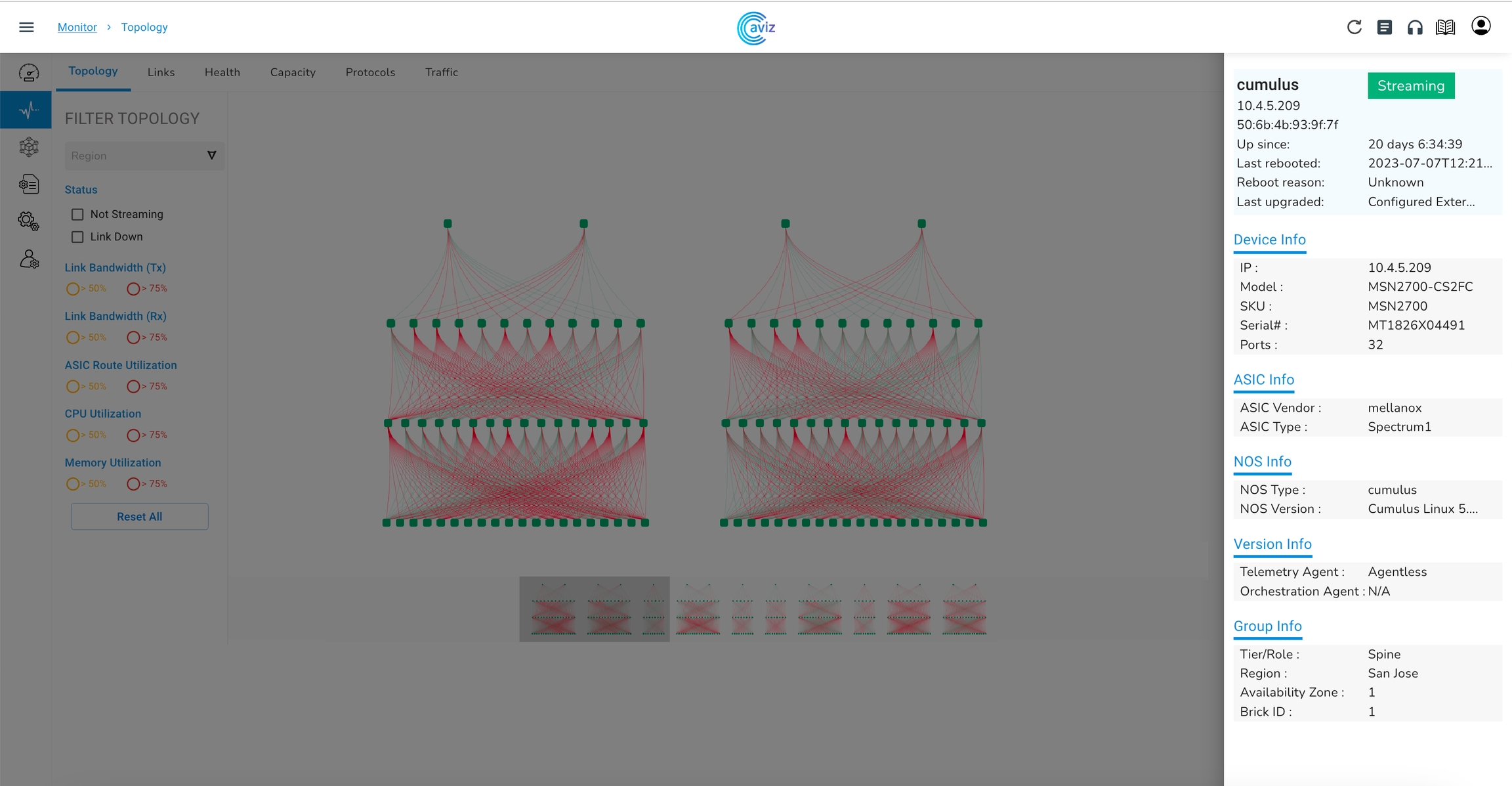
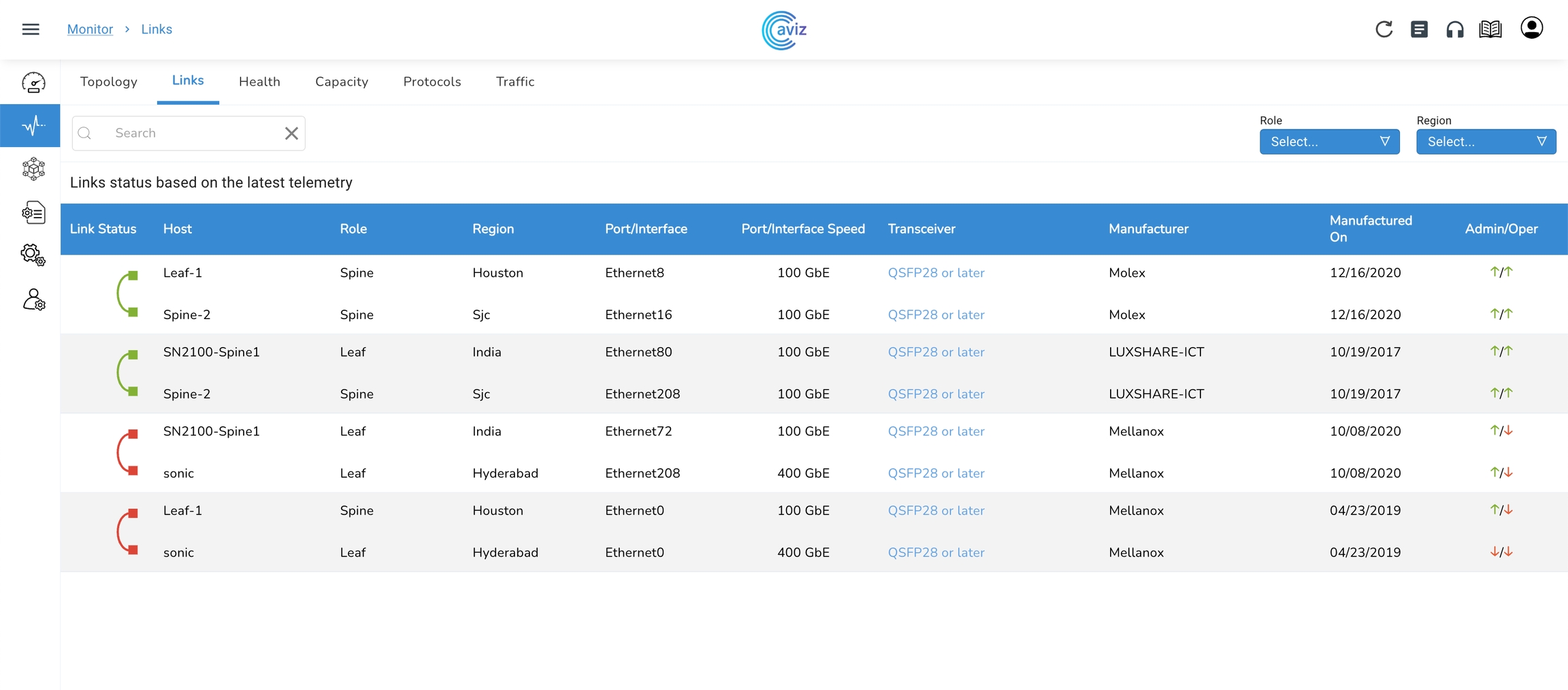
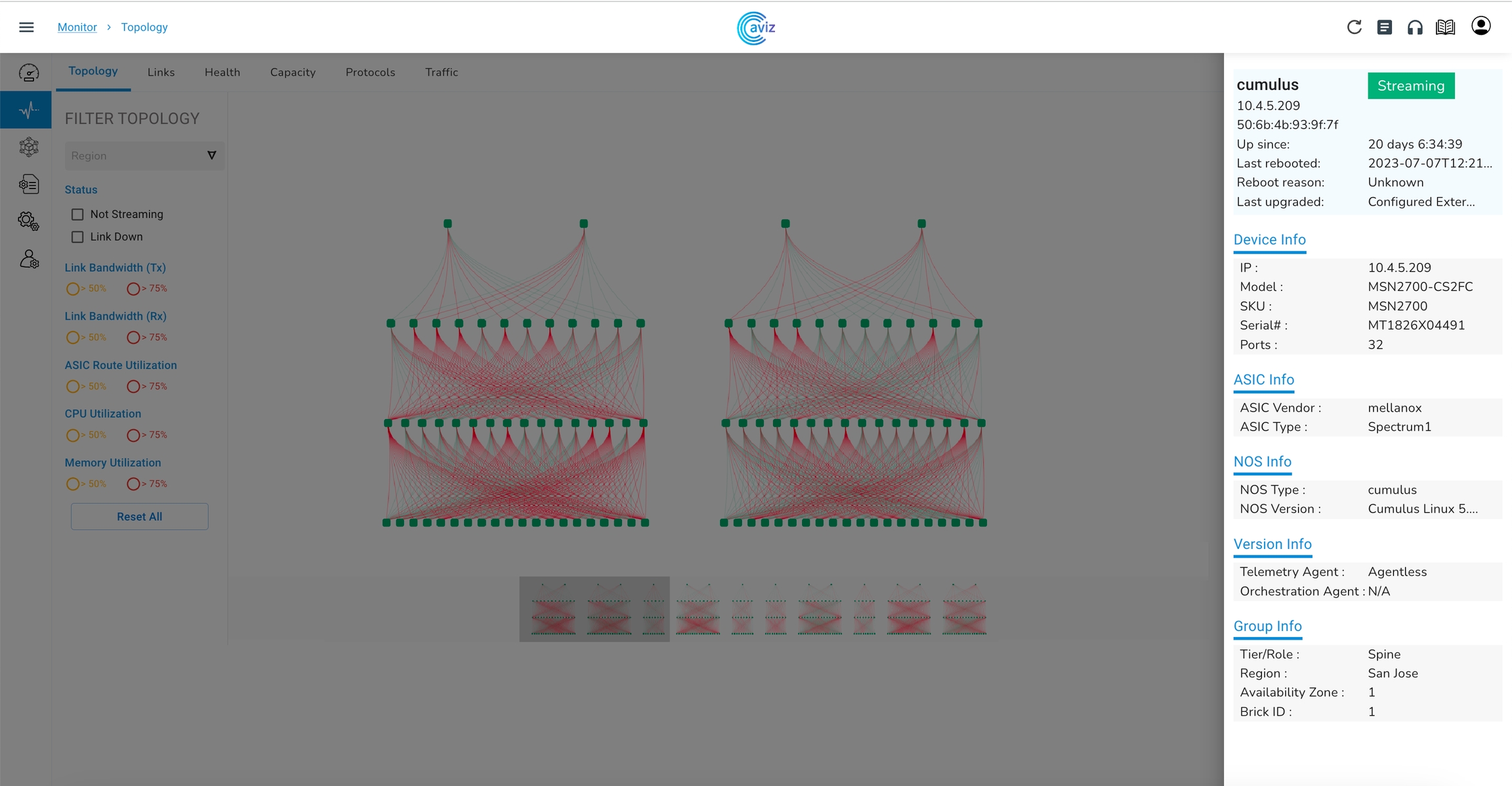
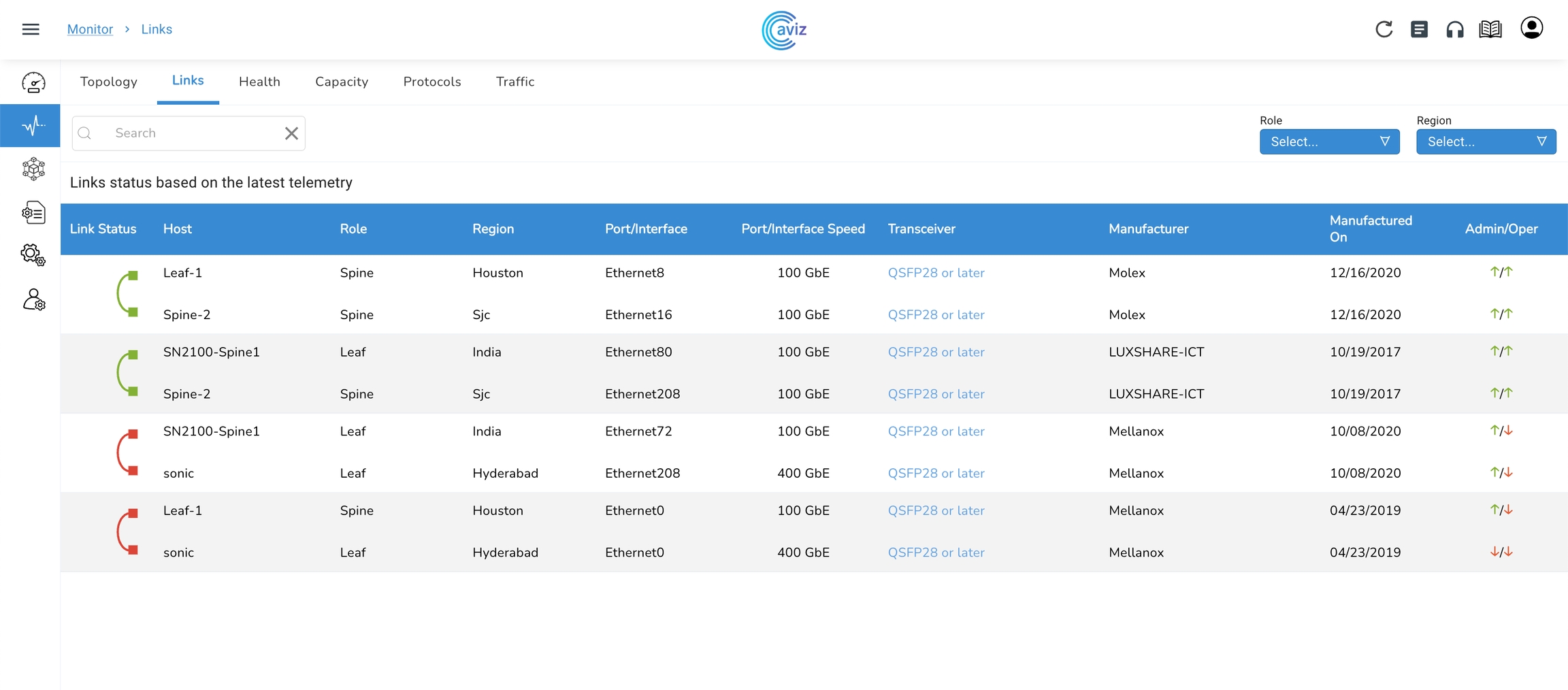
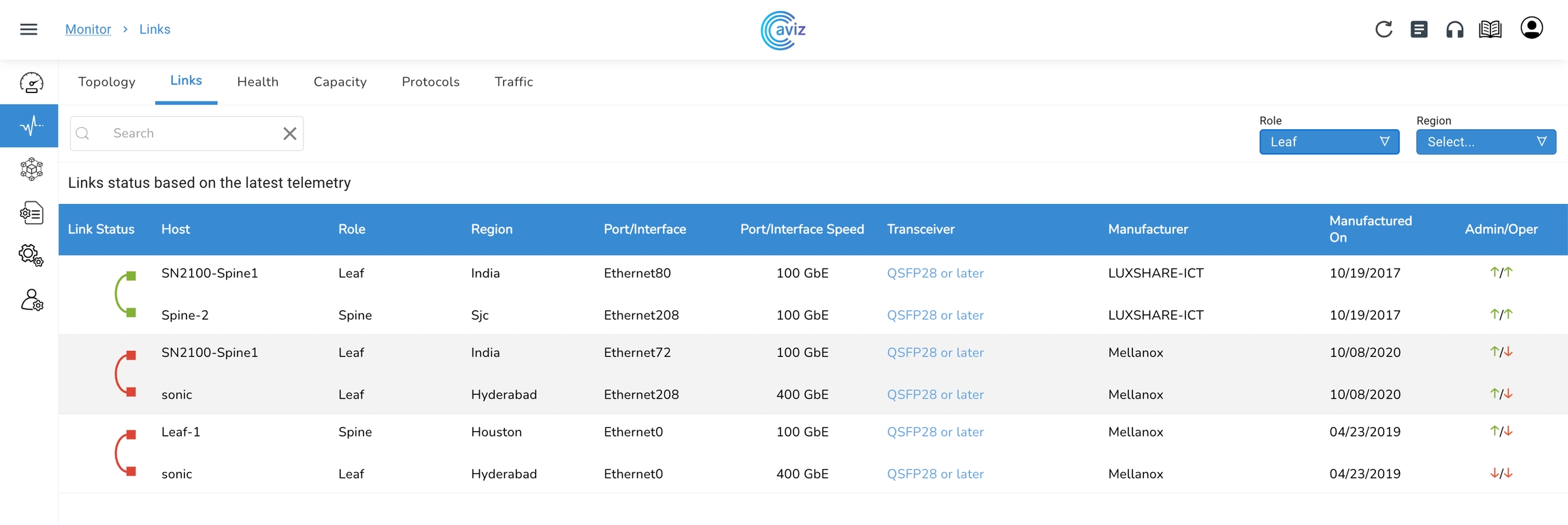



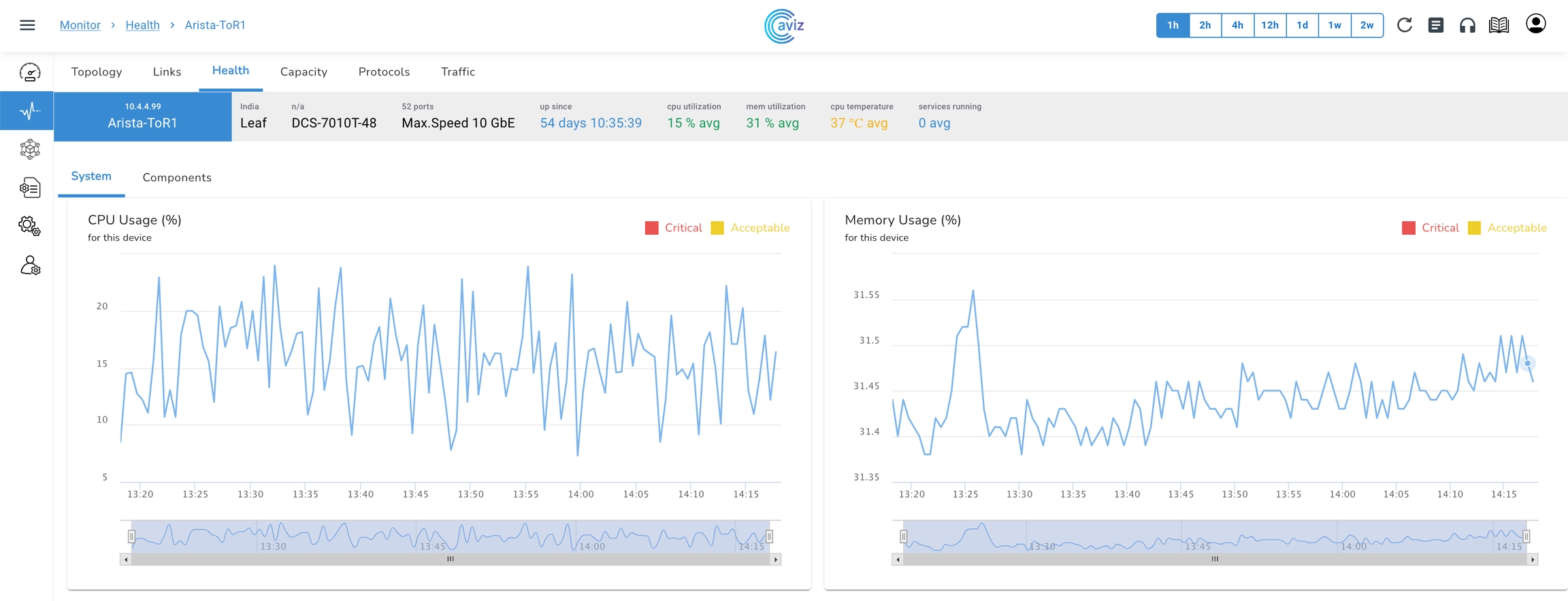
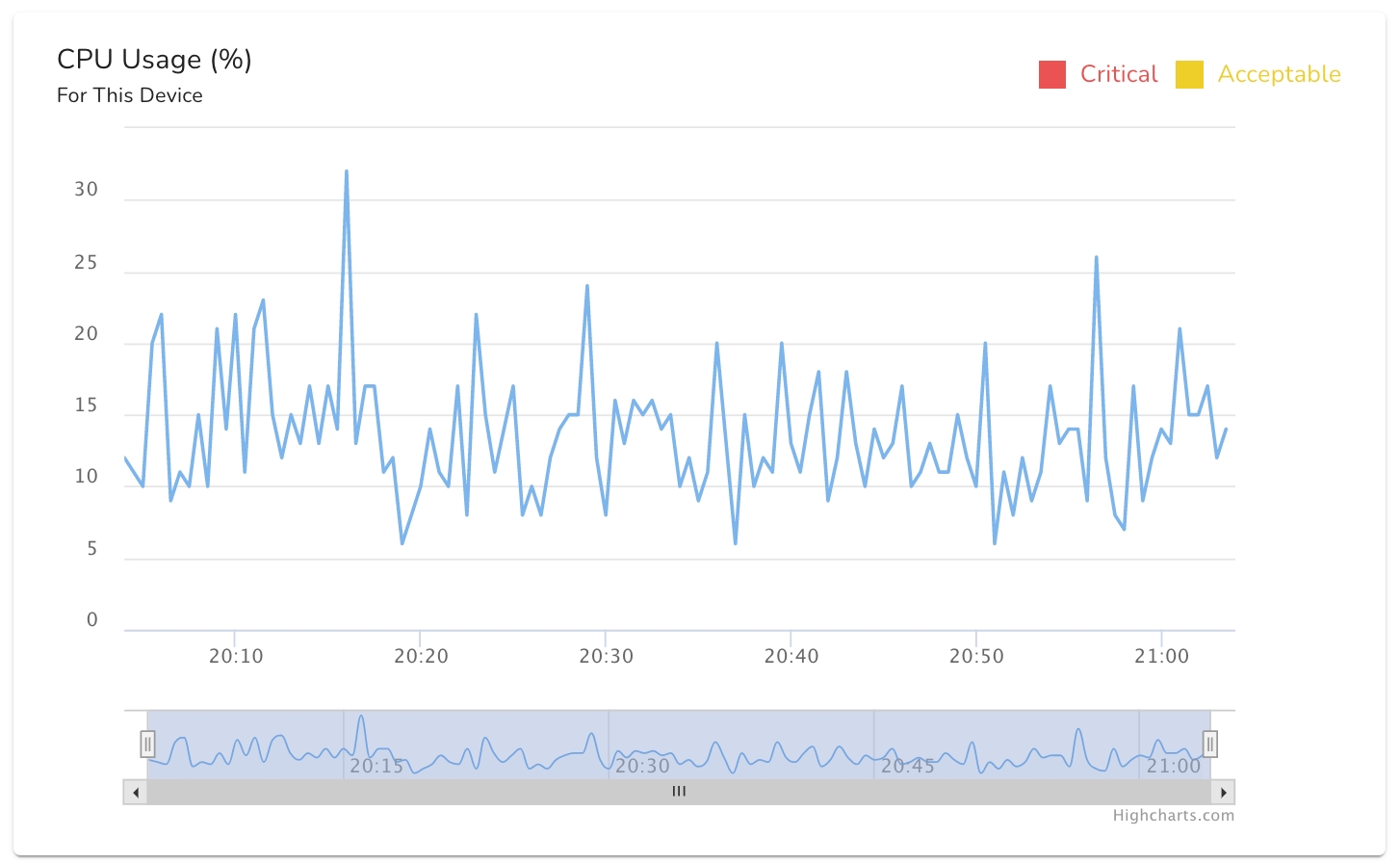

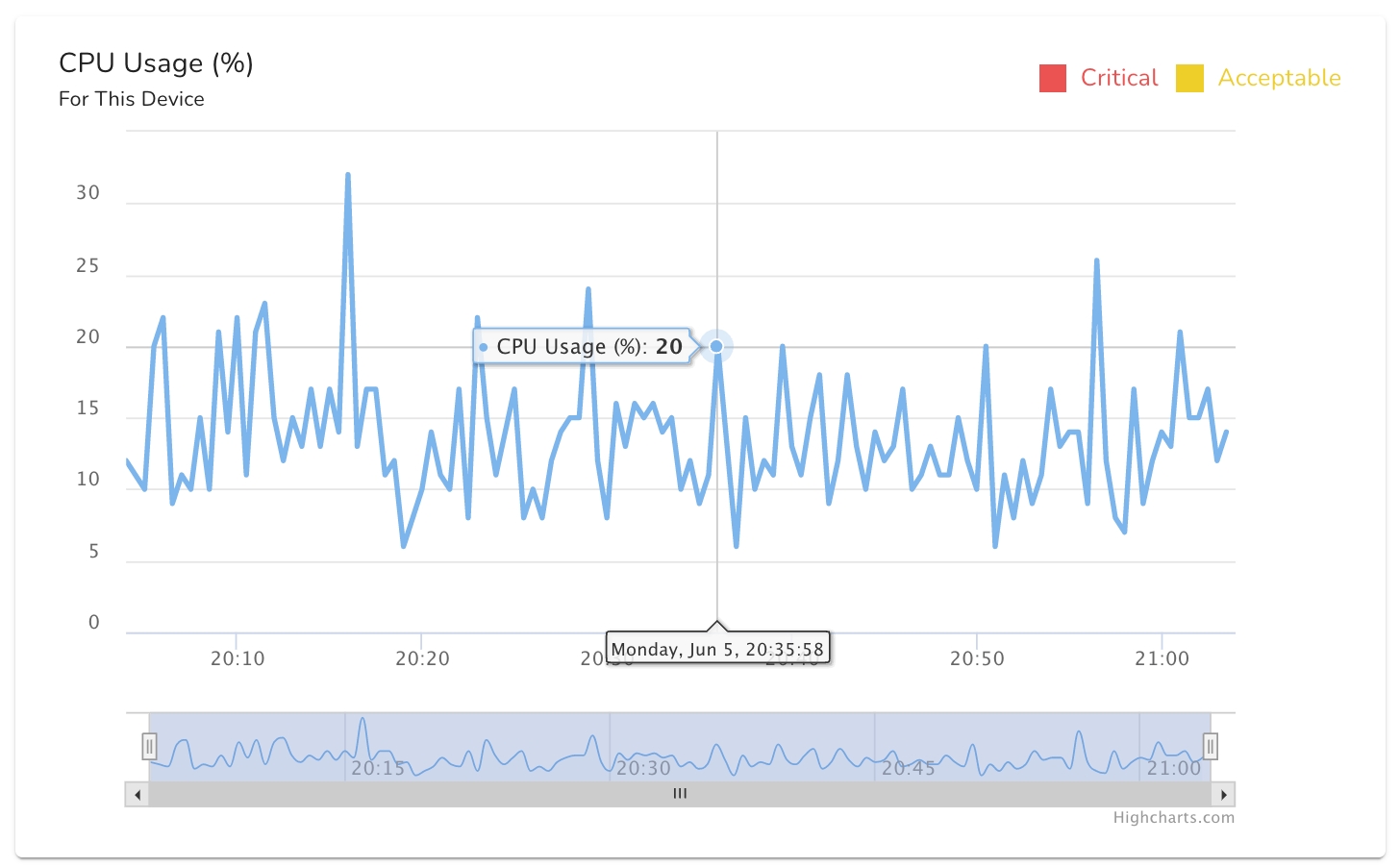
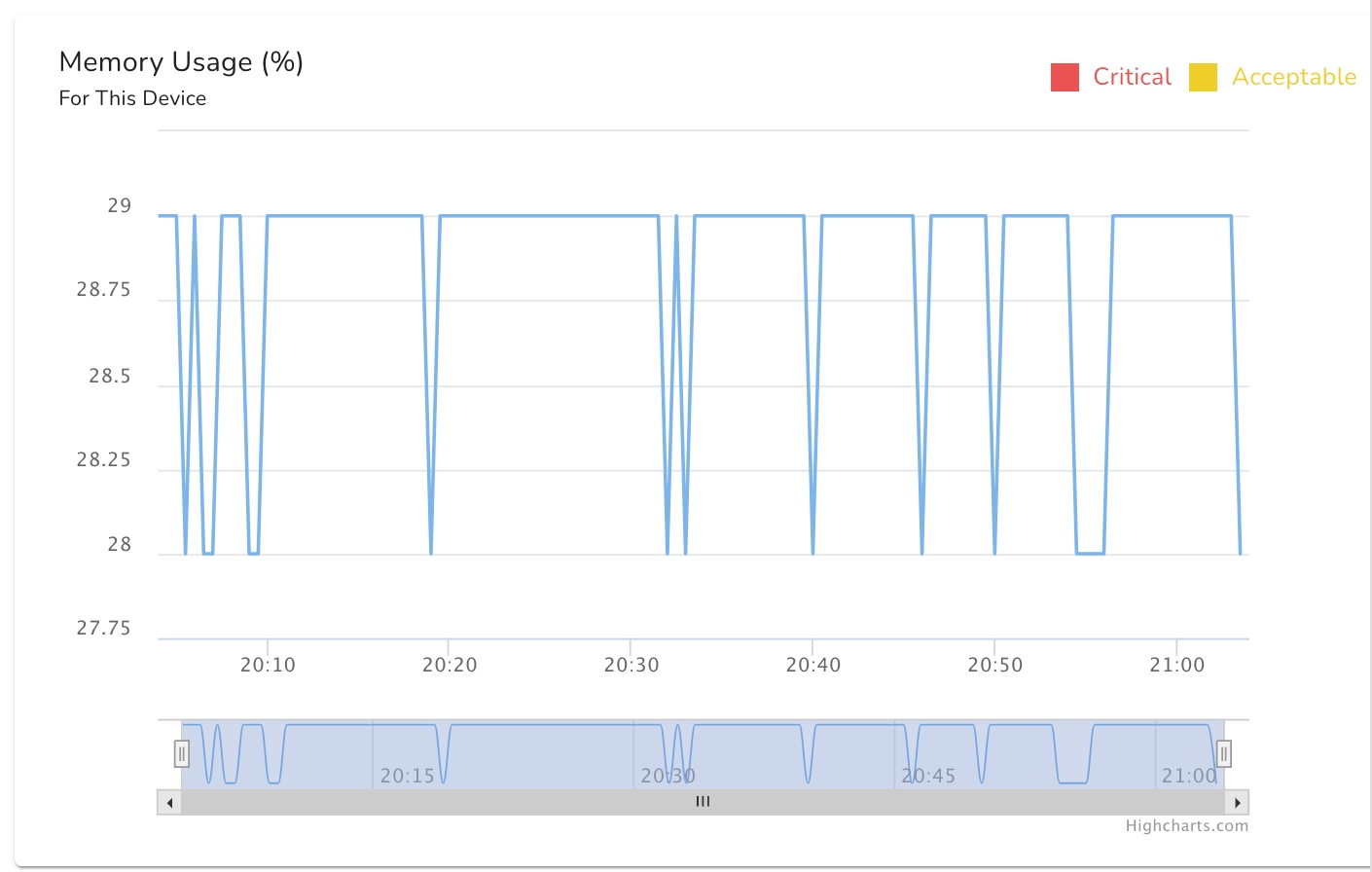
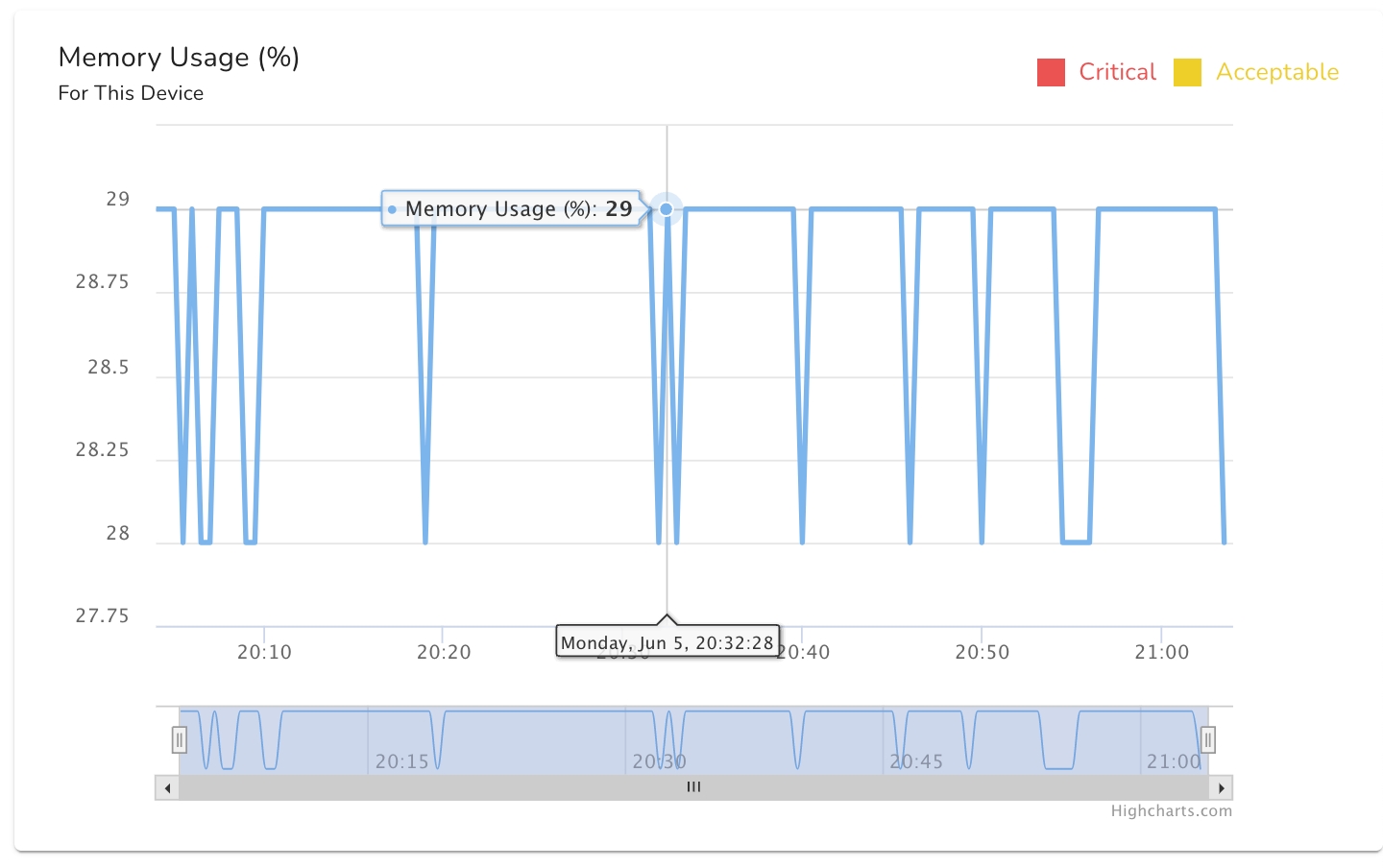
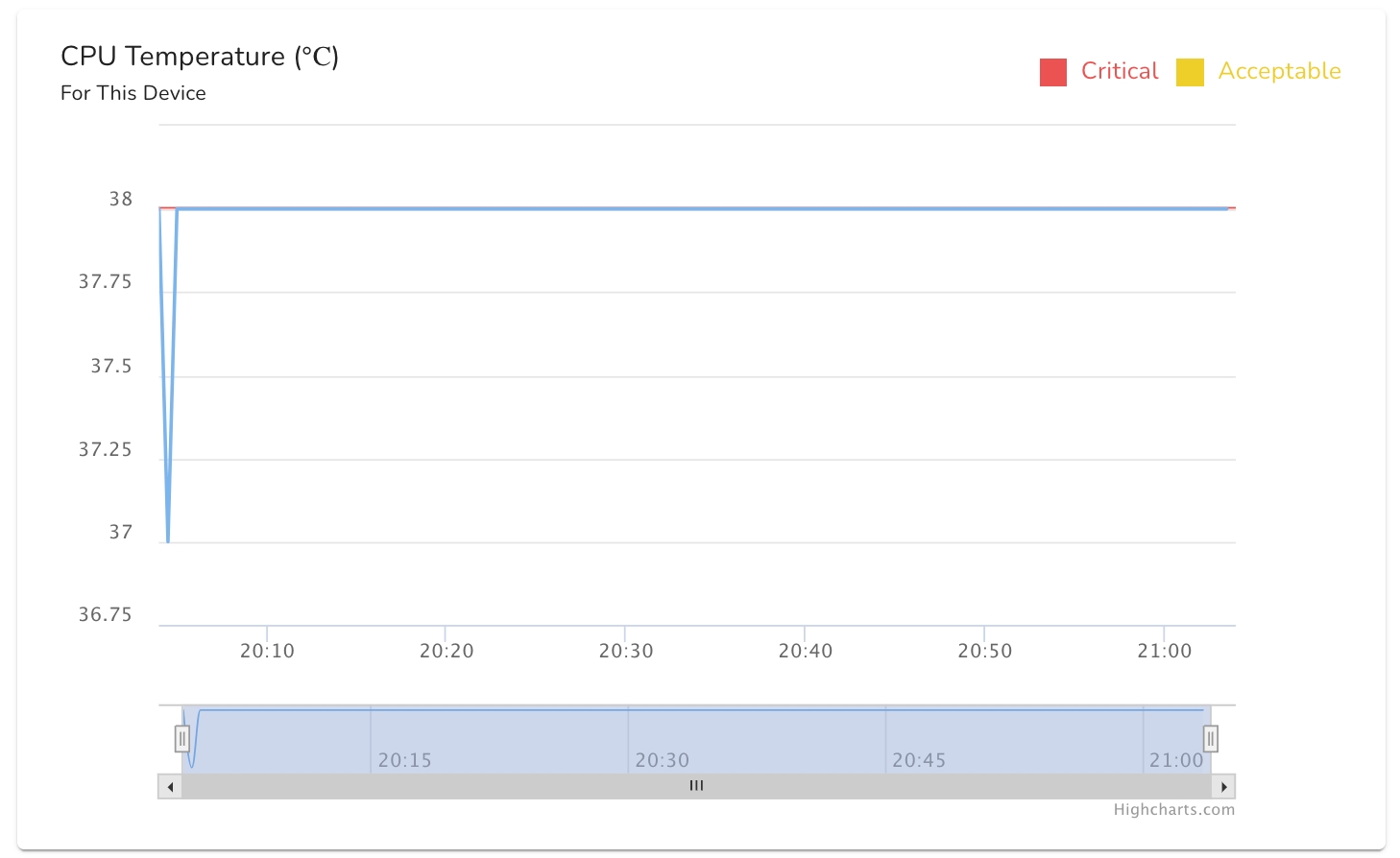
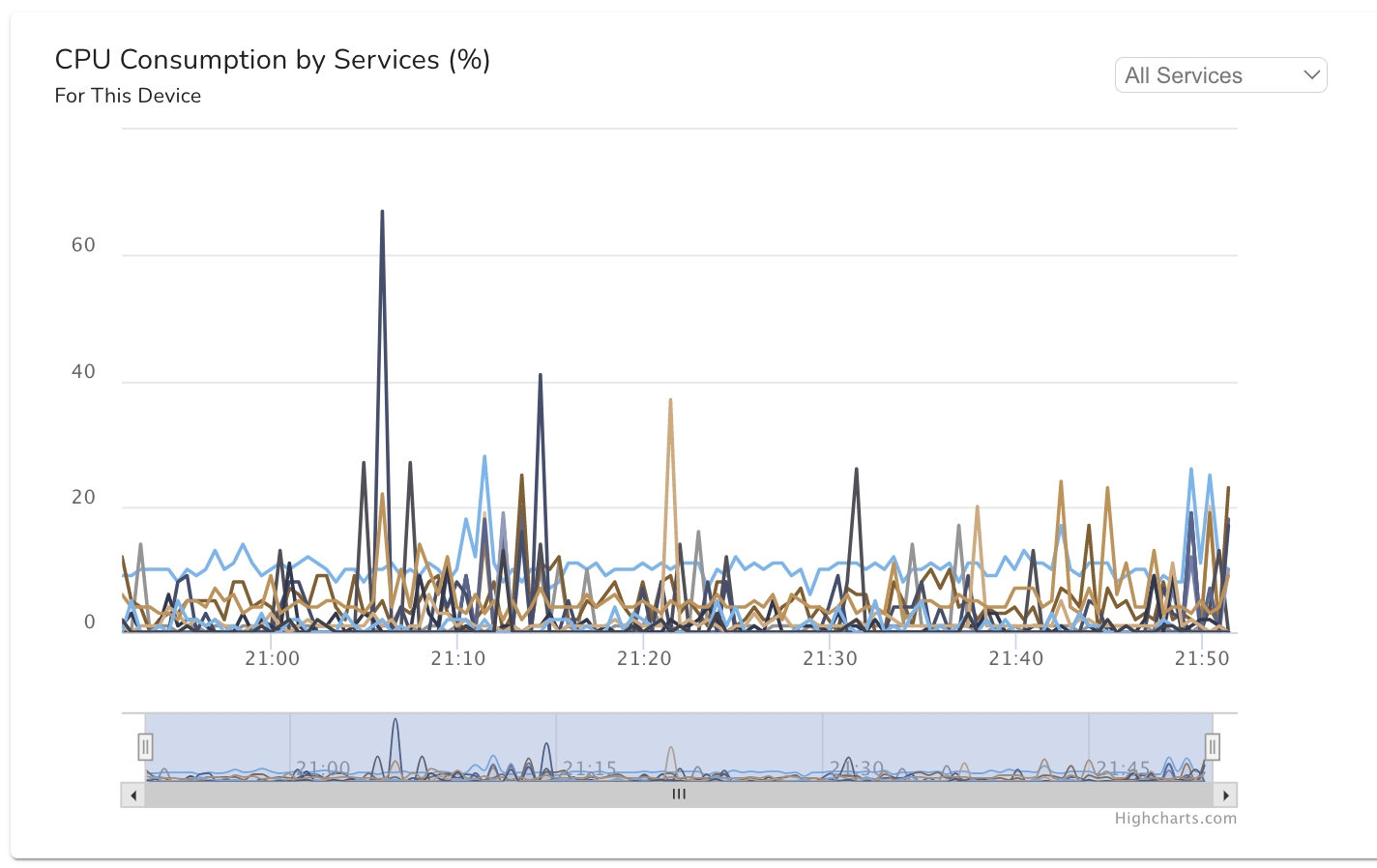
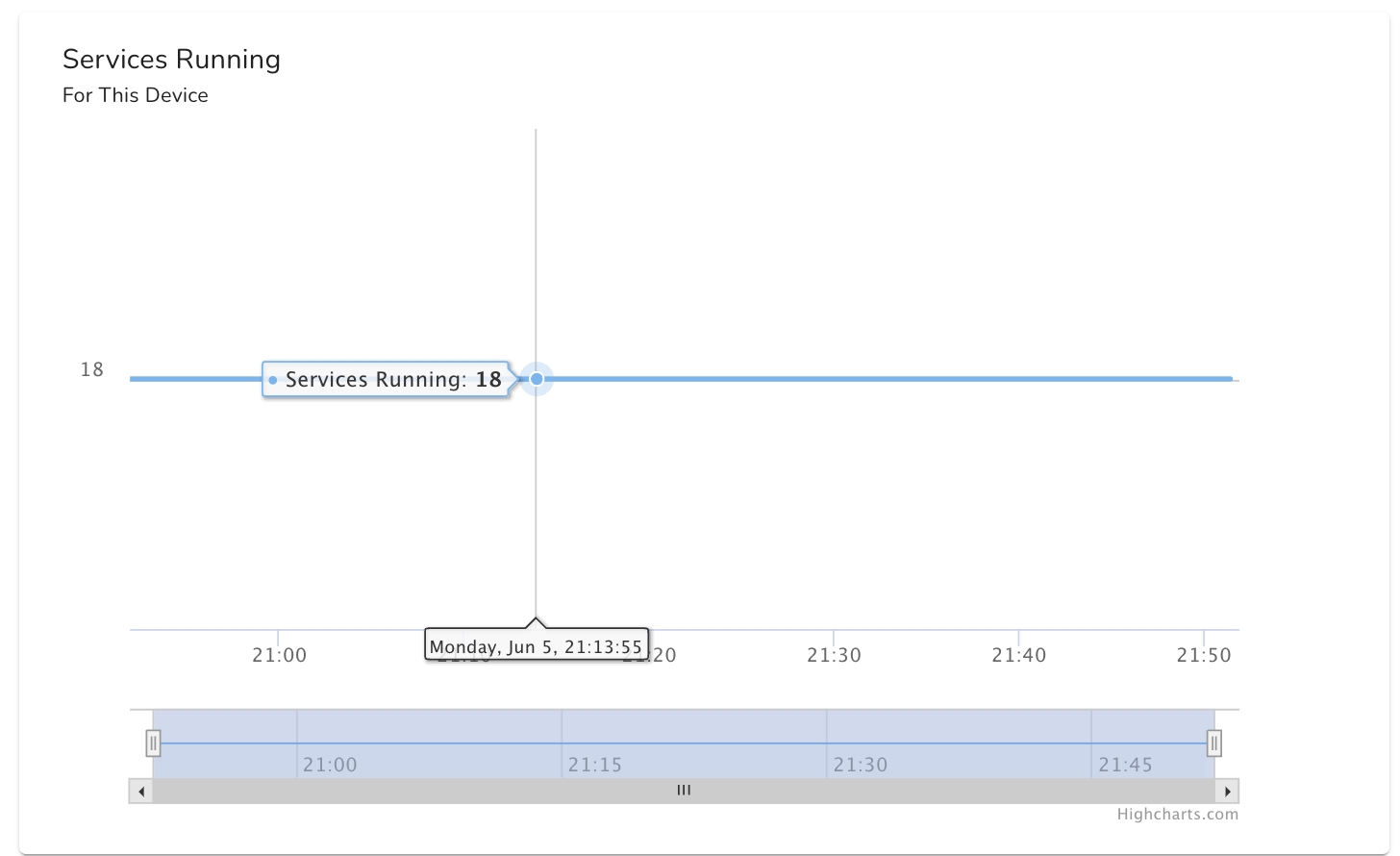
Error processing tar file(exit status 1): write /2782fef5844dd5a1e2174c448dd88e2fa69971d42810f6dfc87457fcdeaeb4a3/layer.tar: no space left on device
Error processing tar file(exit status 1): write /usr/lib/x86_64-linux-gnu/libz3.so.4: no space left on device
Loading UI..
Error processing tar file(exit status 1): write /bb3d2a51cf081d2b8d37b490acb74472df12dd2b6c16928d7000c5c6c468647b/layer.tar: no space left on device
Loading Gateway..
Error processing tar file(exit status 1): write /acd0b277f7bb7c7d1585a3ee7c444a081cce54eeace02121ae96258a8d808aac/layer.tar: no space left on deviceThis issue persist when the device run out of the space on which user is trying to install ONES Application, ONES application need at least 256 GB storage to work with 128 devices
Before the installation user needs to make sure there is enough space to install ONES application
Check ONES-User-Guide for more Hardware requirement details Increase the Server storage
Command : df -h // to check the size of serverScenario
Impact
Mean Time Between Occurrences
Mean Time of Unavailability
Mean Time to Recover
Service Loss Impact
Data Loss Impact
Need for Data Recovery/Migration
From the above table, it is evident that even though the scenarios that would require data migration/recovery are infrequent, the availability impact is high. The rest of the document presents a set of solutions, pros and cons of each of them, assumptions, and end user side requirements
ONES provide DB backup service performs periodic backups to remote NFS backup server endpoint provided by the customer. On disaster scenarios, the customers can use our SRE teams to recover the data from backups.
In future, ONES will implement the backup and restore using a DB backup service which performs a transparent migration from single server Postgres/Timescale to distributed Timescale handling both fresh installs and upgrades.
Compare the applied config vs running config on the selected device and highlight the diff changes, if any
is used to configure or modify a configuration when we need to add several other devices with the same file
Backup & Restore Configs: using this user can take device config backup and can use later to restore the configuration
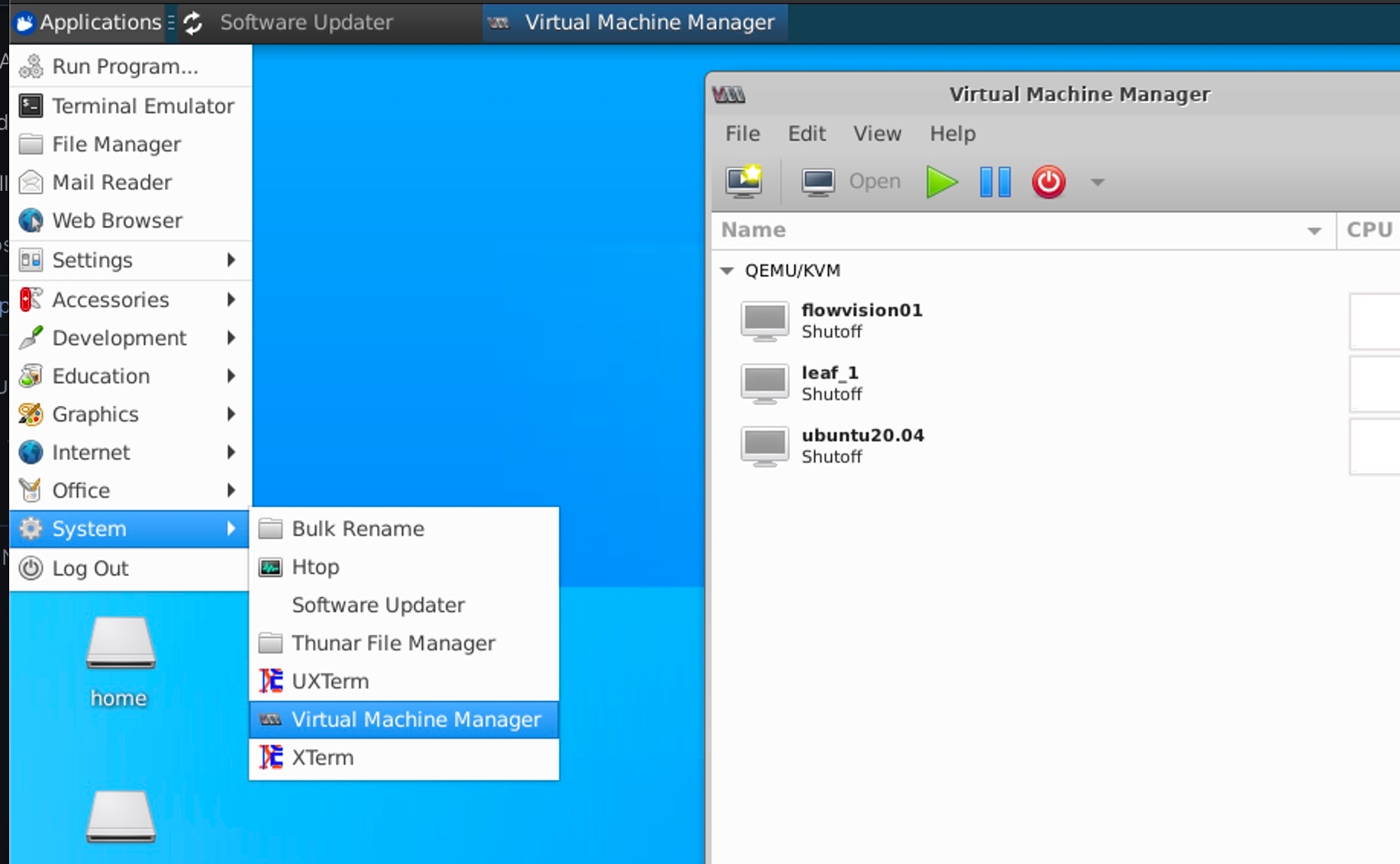
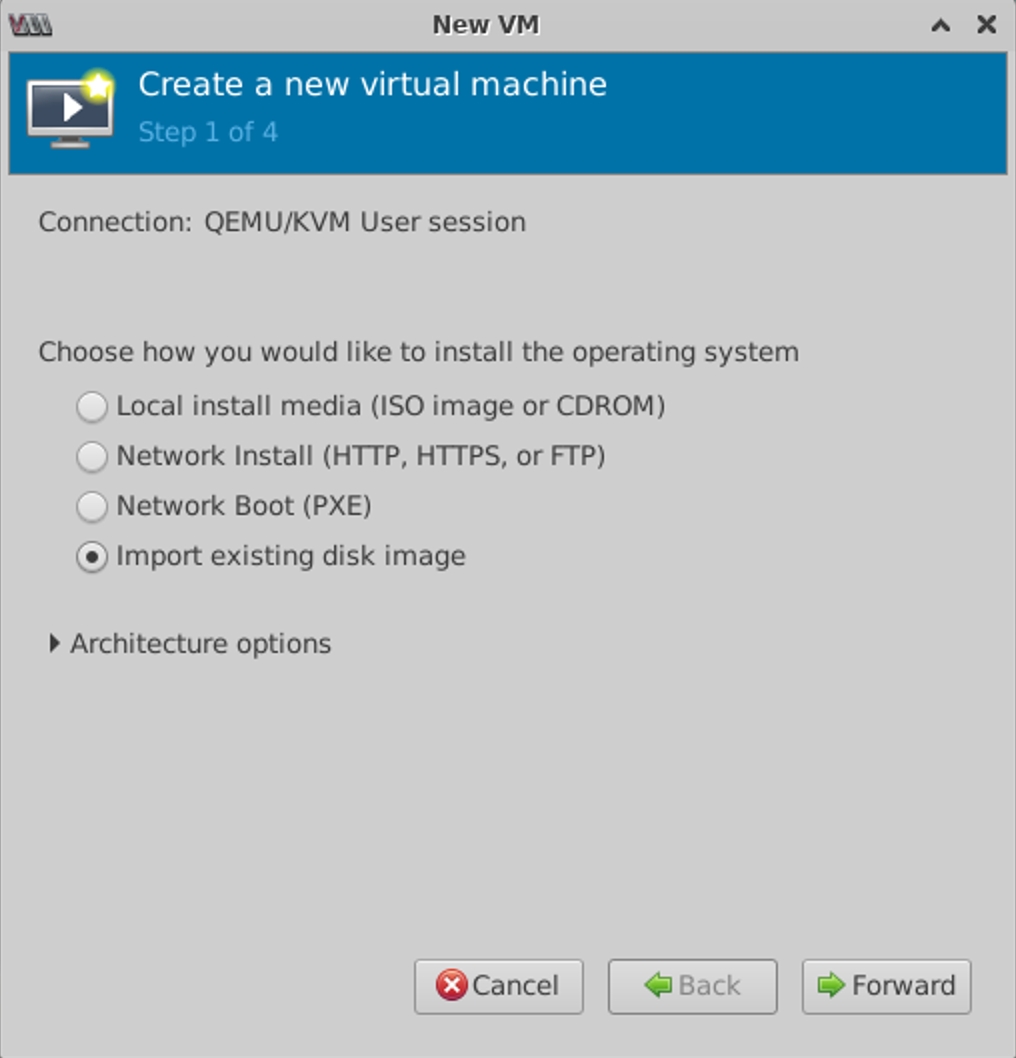
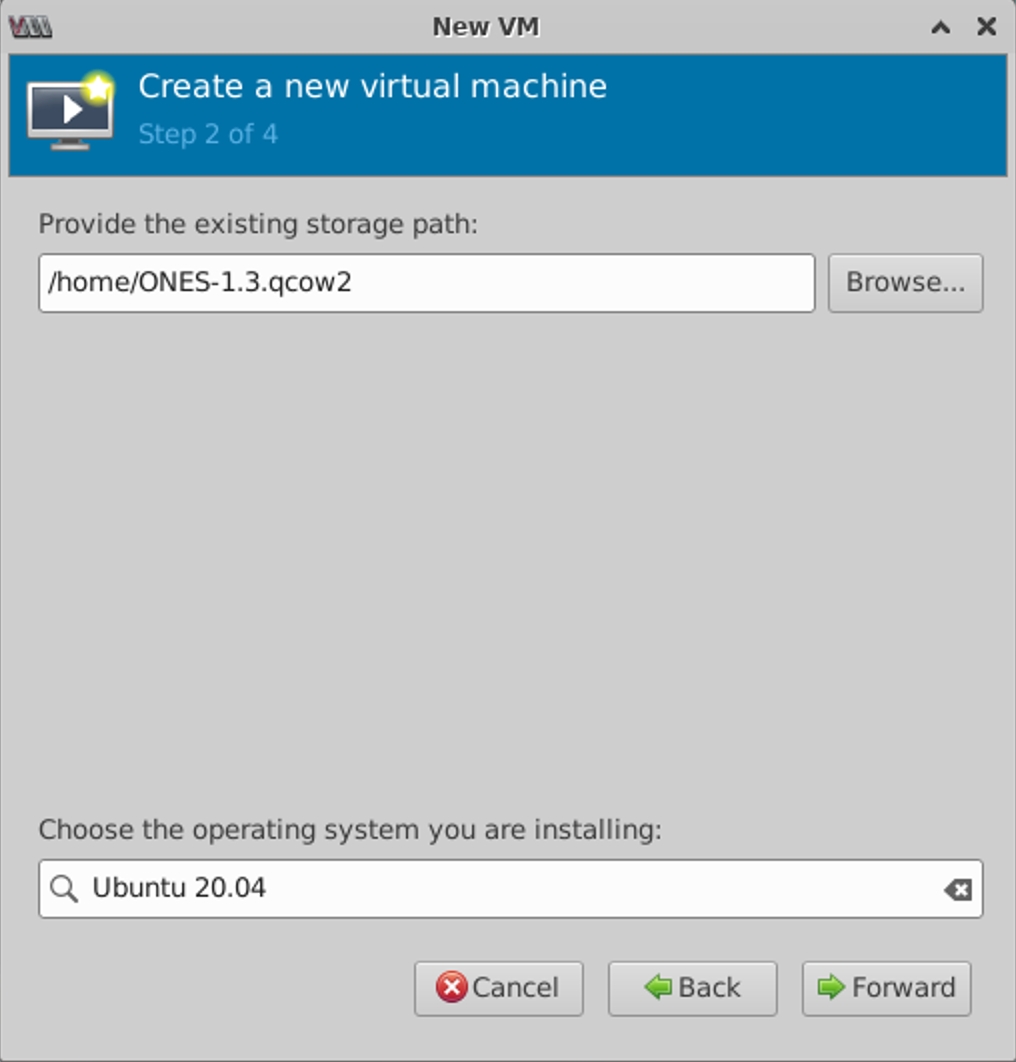
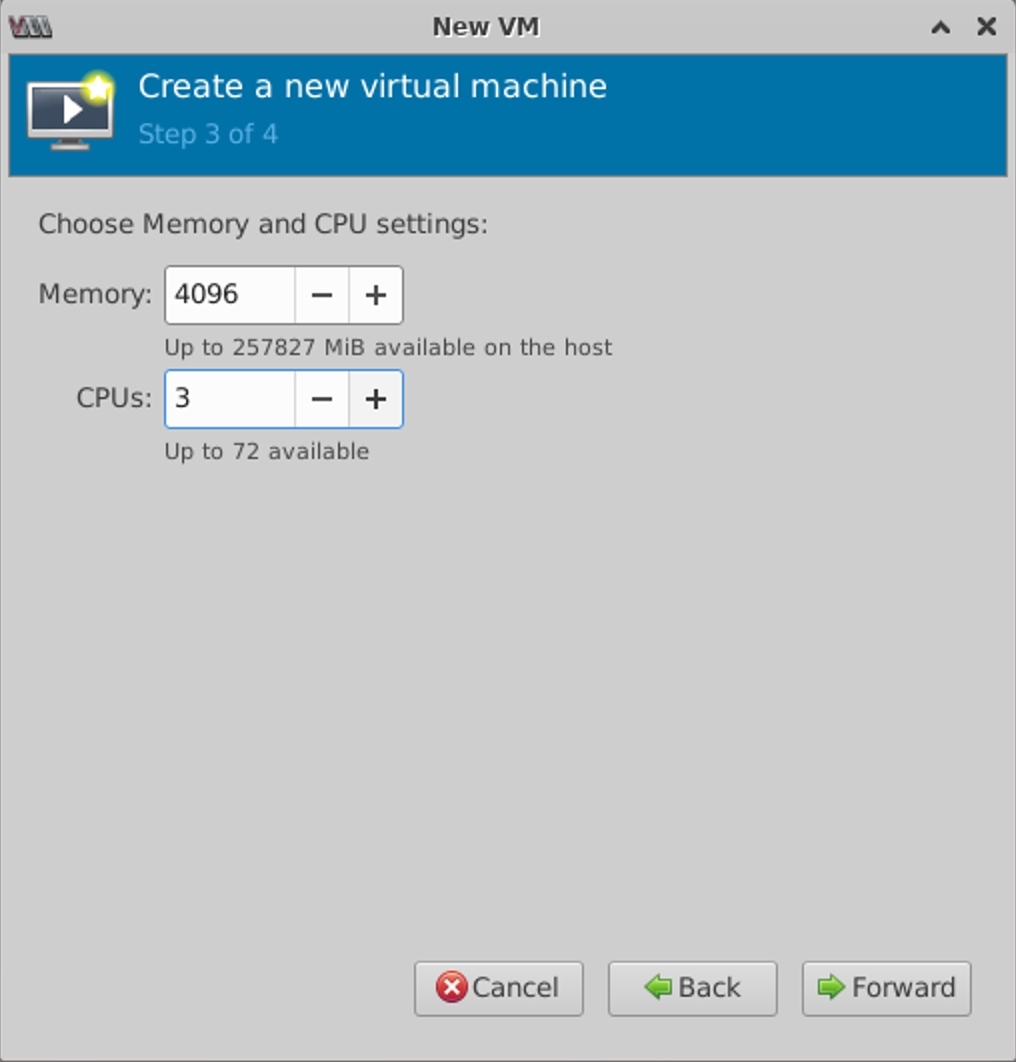
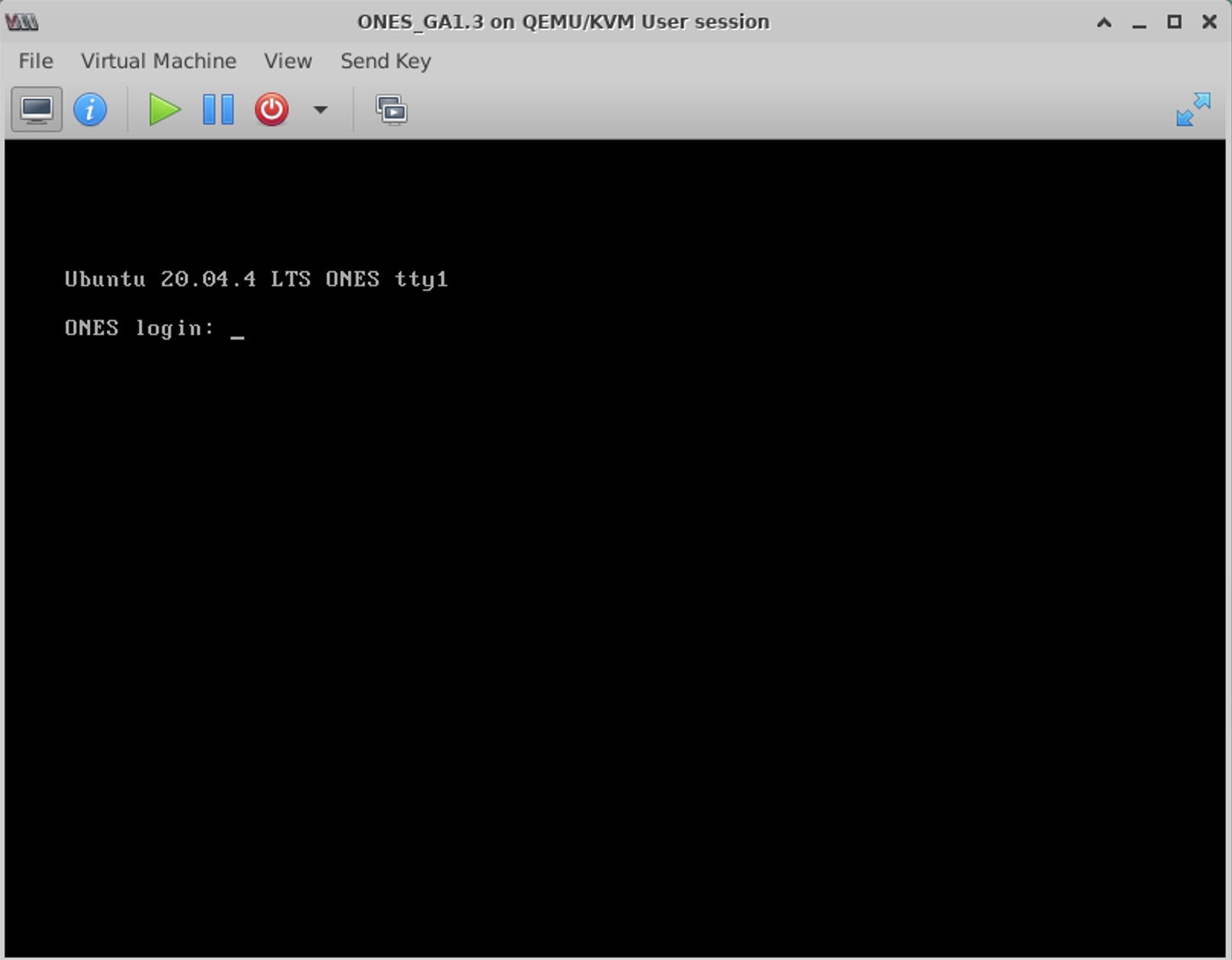
paramiko issue uninstallation
$python3 ones_agent_uninstaller.py
Traceback (most recent call last):
File "ones_agent_uninstaller.py", line 1, in <module>
import paramiko
File "/usr/local/lib/python3.8/dist-packages/paramiko/__init__.py", line 22, in <module>
from paramiko.transport import SecurityOptions, Transport
File "/usr/local/lib/python3.8/dist-packages/paramiko/transport.py", line 33, in <module>
from cryptography.hazmat.backends import default_backend
ModuleNotFoundError: No module named 'cryptography'paramiko issue installation
$ python3 ones_agent_installer.py
Traceback (most recent call last):
File "ones_agent_installer.py", line 12, in <module>
from ones_agent_helper import install_ones_agent
File "/home/GA/ones_t_agent/ones_agent_helper.py", line 1, in <module>
import paramiko
File "/usr/local/lib/python3.8/dist-packages/paramiko/__init__.py", line 22, in <module>
from paramiko.transport import SecurityOptions, Transport
File "/usr/local/lib/python3.8/dist-packages/paramiko/transport.py", line 33, in <module>
from cryptography.hazmat.backends import default_backend
ModuleNotFoundError: No module named 'cryptography'
ones-collector java -jar /app/collector.jar Restarting
2022-11-02 02:36:20.648 INFO 1 --- [ main] c.a.collector.CollectorApplication : Starting CollectorApplication v0.0.1-SNAPSHOT using Java 11.0.16 on fe7dc44eb4cb with PID 1 (/app/collector.jar started by root in /app)
2022-11-02 02:36:20.673 INFO 1 --- [ main] c.a.collector.CollectorApplication : No active profile set, falling back to 1 default profile: "default"
2022-11-02 02:36:24.509 INFO 1 --- [ main] .s.d.r.c.RepositoryConfigurationDelegate : Bootstrapping Spring Data JPA repositories in DEFAULT mode.
2022-11-02 02:36:25.535 INFO 1 --- [ main] .s.d.r.c.RepositoryConfigurationDelegate : Finished Spring Data repository scanning in 971 ms. Found 26 JPA repository interfaces.
2022-11-02 02:36:29.916 INFO 1 --- [ main] o.f.c.internal.license.VersionPrinter : Flyway Community Edition 8.5.13 by Redgate
2022-11-02 02:36:29.950 INFO 1 --- [ main] o.f.c.internal.license.VersionPrinter : See what's new here: https://flywaydb.org/documentation/learnmore/releaseNotes#8.5.13
2022-11-02 02:36:29.950 INFO 1 --- [ main] o.f.c.internal.license.VersionPrinter :
2022-11-02 02:36:30.025 INFO 1 --- [ main] com.zaxxer.hikari.HikariDataSource : HikariPool-1 - Starting...
2022-11-02 02:36:30.685 INFO 1 --- [ main] com.zaxxer.hikari.HikariDataSource : HikariPool-1 - Start completed.
2022-11-02 02:36:30.814 INFO 1 --- [ main] o.f.c.i.database.base.BaseDatabaseType : Database: jdbc:postgresql://collector-db:5432/collector (PostgreSQL 13.7)
2022-11-02 02:36:31.362 INFO 1 --- [ main] o.f.core.internal.command.DbValidate : Successfully validated 25 migrations (execution time 00:00.295s)
2022-11-02 02:36:31.470 WARN 1 --- [ main] onfigReactiveWebServerApplicationContext : Exception encountered during context initialization - cancelling refresh attempt: org.springframework.beans.factory.BeanCreationException: Error creating bean with name 'flywayInitializer' defined in class path resource [org/springframework/boot/autoconfigure/flyway/FlywayAutoConfiguration$FlywayConfiguration.class]: Invocation of init method failed; nested exception is org.flywaydb.core.api.FlywayException: Found non-empty schema(s) "public" but no schema history table. Use baseline() or set baselineOnMigrate to true to initialize the schema history table.sudo config interface speed Ethernet0 10000IPv4Pool:
Loopback: 19.168.10.0/24
LeafSpine: 20.168.10.0/24
LeafTor: 30.168.10.0/24
Host: 49.0.0.0/24ONES Application Upgrade
Low
Occasional, between releases (major as well as patch)
Low
Not applicable
Low
No
Not required
ONES TimescaleDB and Postgres Upgrade
Low
Occasional, when application needs new database features to be enabled
Low
Not applicable
Low
No
Not required
Application Crashes
Low
Occasional
Mostly low
Mostly low
Low
No
Not required
Database Instance Crashes (Recoverable)
Medium
Proven COTS components, very infrequent
Low
Low
Medium
No
Not required
Database Instance Crashes (Irrecoverable mainly due to data corruption)
High (depends on existing data volume)
Proven COTS components, very infrequent
Very High
Very High
High
No
Required within the same server
Media Failure (Recoverable)
High (depends on existing data volume)
Very infrequent
High
High
High
No
No
Media Failure (Irrecoverable)
High (depends on existing data volume)
Very infrequent
Very High
Very High
High
Yes
Required across different servers
Data Center Disaster
High (depends on existing data volume)
Extremely Infrequent
Extremely High
Extremely High
Extremely High
Extremely High
Cross location
Data Migration due to DB product replacement
High (depends on existing data volume)
Extremely Infrequent
Very High
Very High
High
Yes
Required
Before ONES application installation, the user needs to check the
prerequisite, ONES application has few dependencies on docker, docker must be
available before ONES application installation
Check ONES-User-Guide for installation prerequisiteInstall Docker on Server
Command : apt-get install docker.io //to install
Command : docker --version //to verify
Docker version 20.10.12, build 20.10.12-0ubuntu4While doing any installation related to Docker or any other dependencies,
user needs to make sure to do the installation using root credentials User Root credentials or give super user user permission
Command : sudo su //to allow user to do any task using super user permissionWhile doing ONES-installation, docker-compose component is required as
dependencies
So user need to make sure all the dependencies should be addressed before doing
ONES installation
Install Docker-Compose component
Command : apt-get install docker-compose //to install docker-compose
Command : docker-compose --version //to verify docker-compose version
docker-compose version 1.29.2, build unknownWhile executing ONES installation, user needs to make sure to do the installation
using root credentials User Root credentials or give super user user permission
Command : sudo su //to allow user to do any task using super user permissionIf Python is not available on Server so we get these errors and even user will
not be able to access the ONES application
As dependencies user needs to install python3 first
Install Python3 module
Command : apt-get install python3 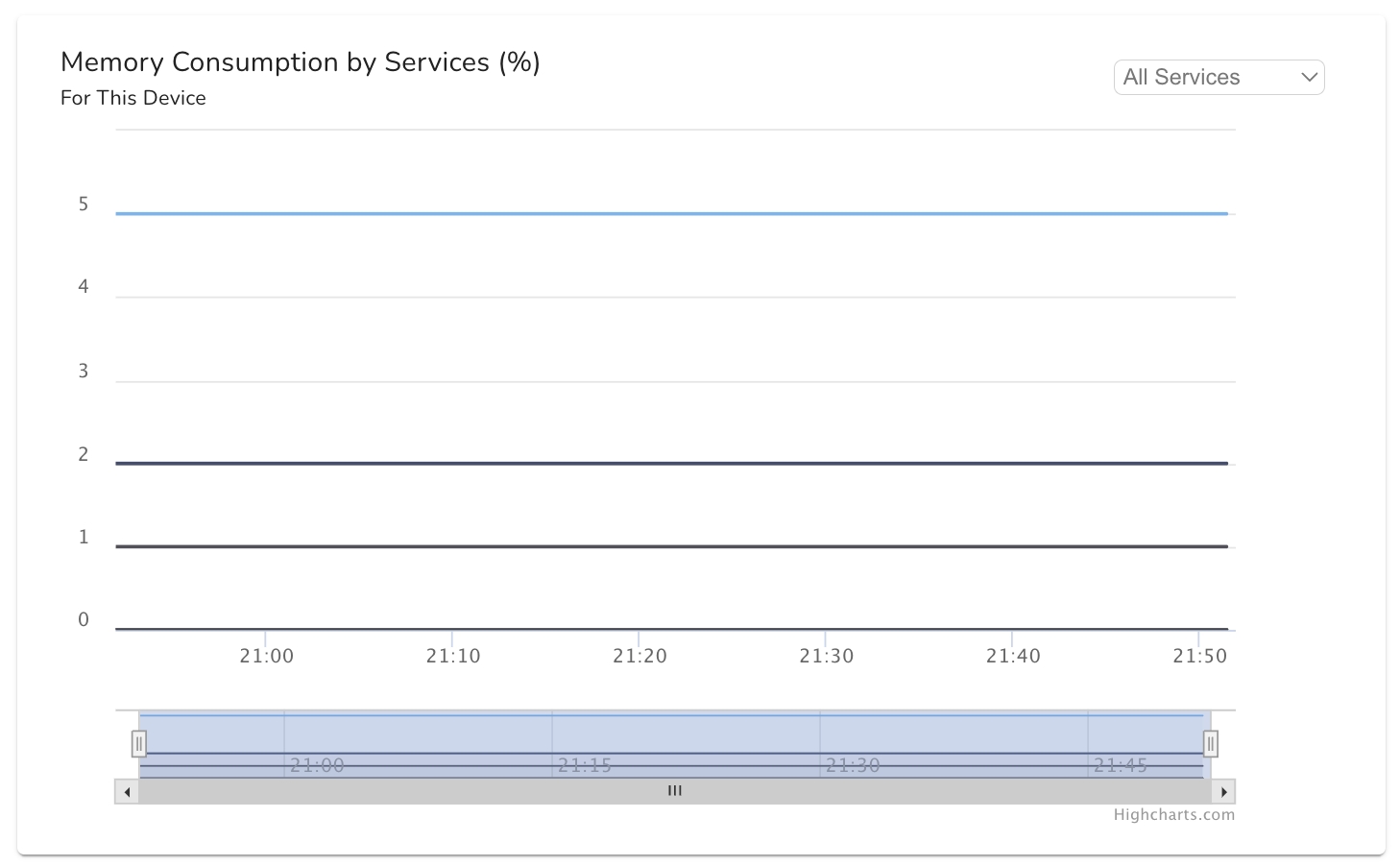

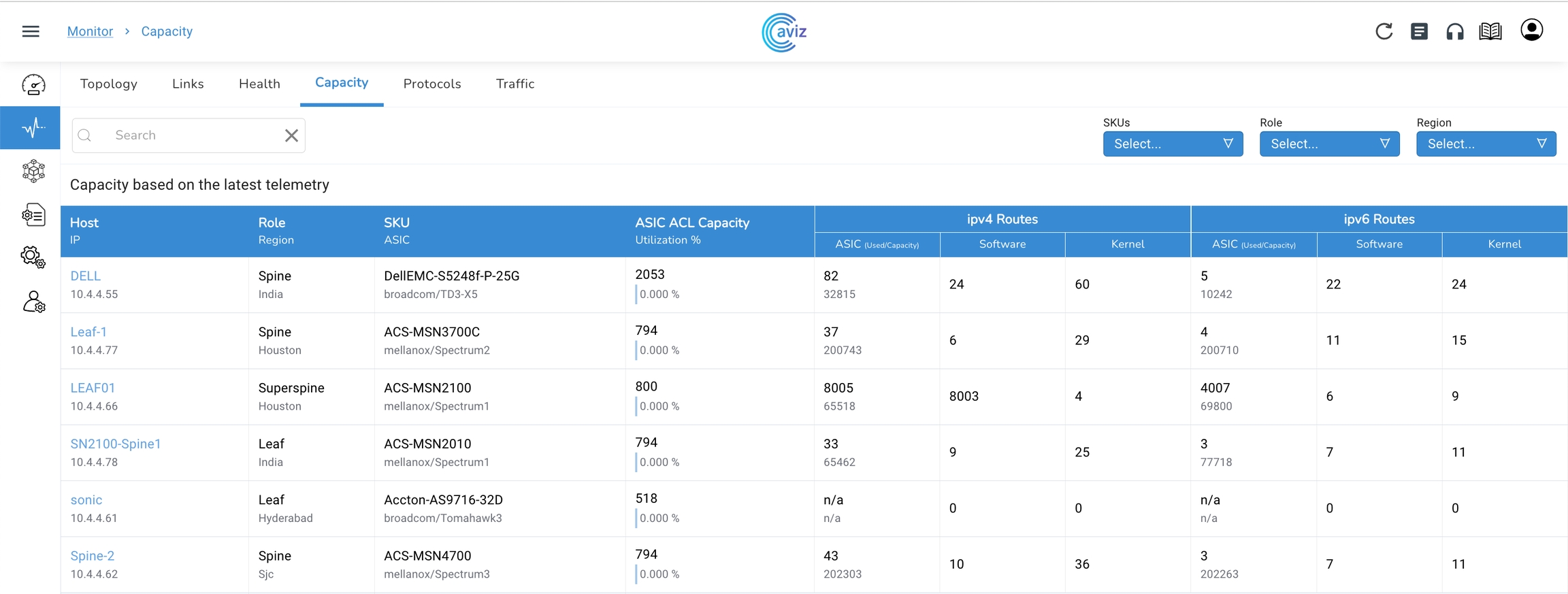
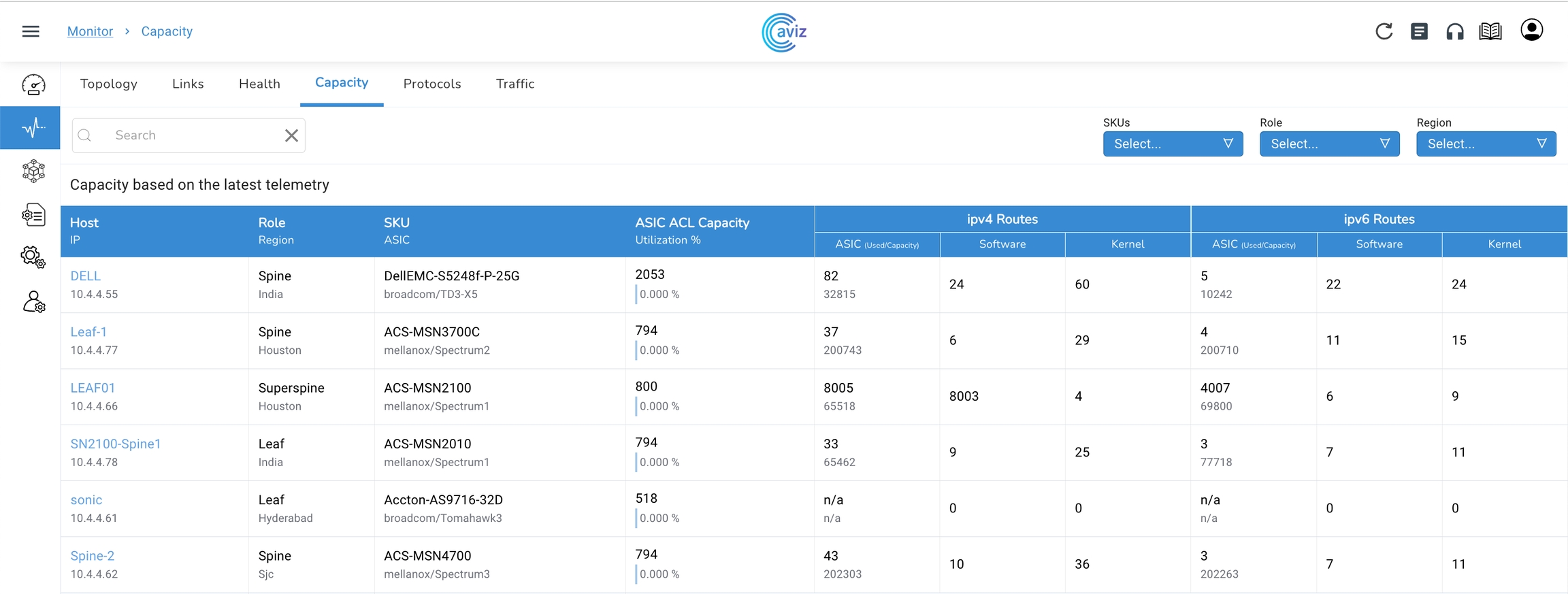
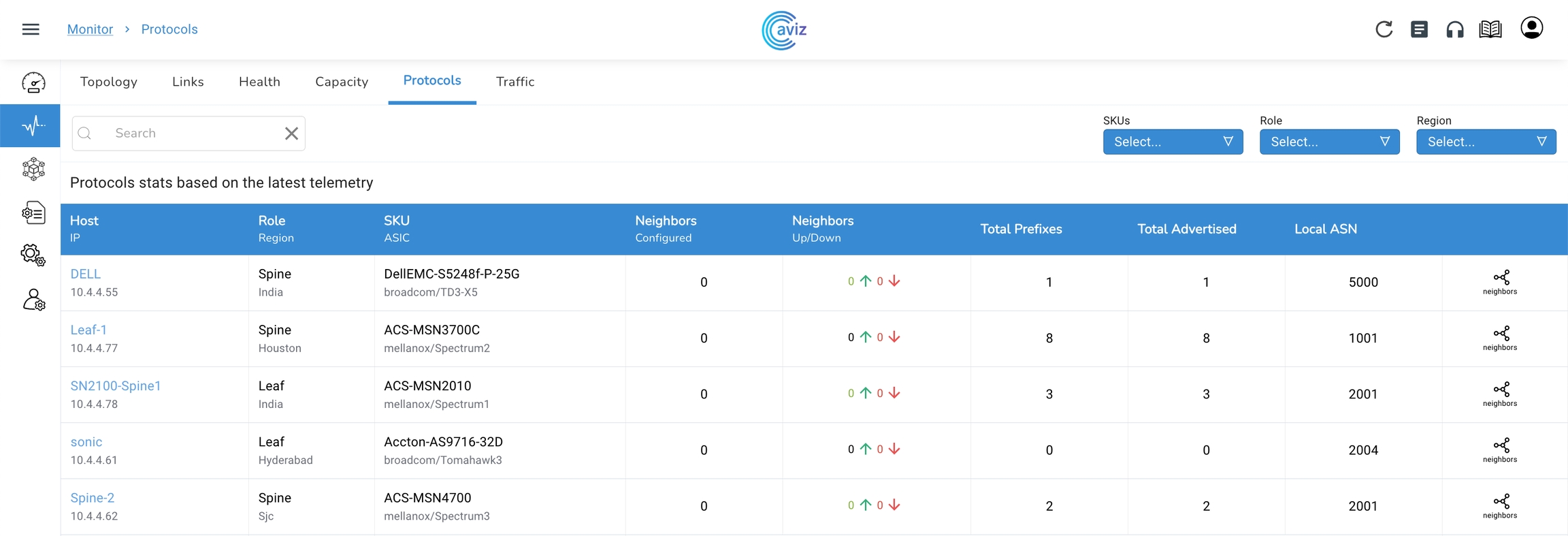

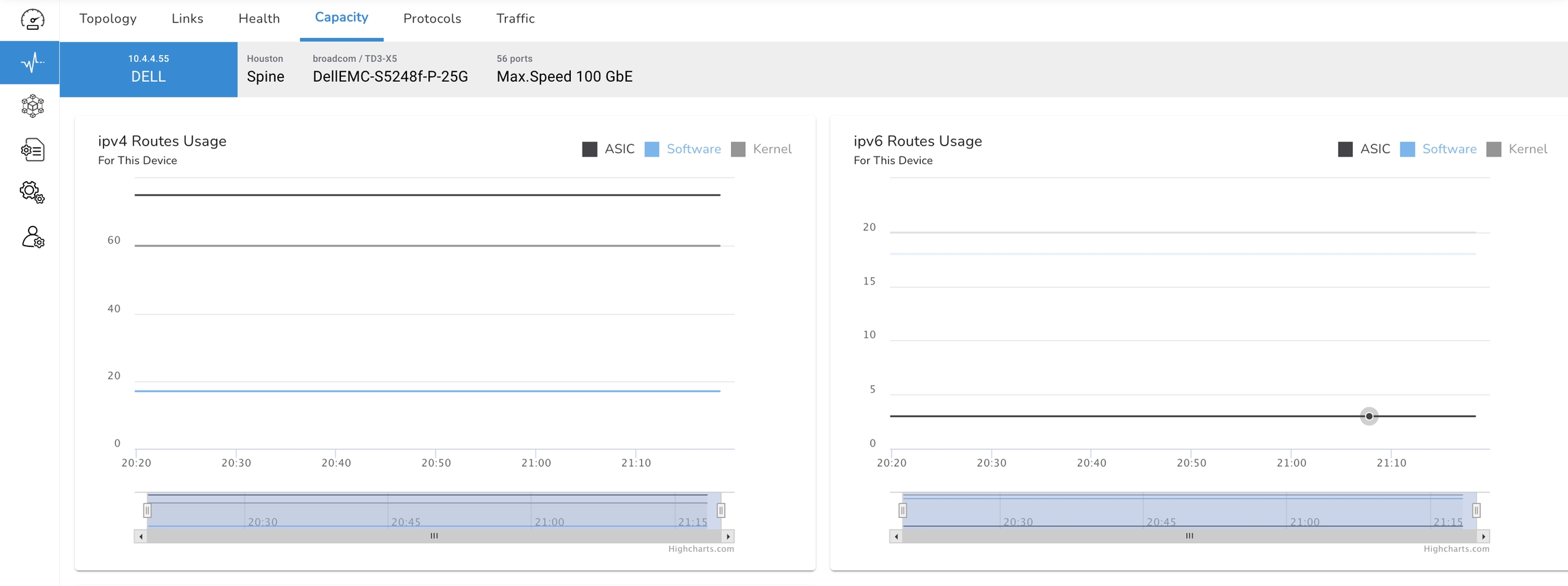
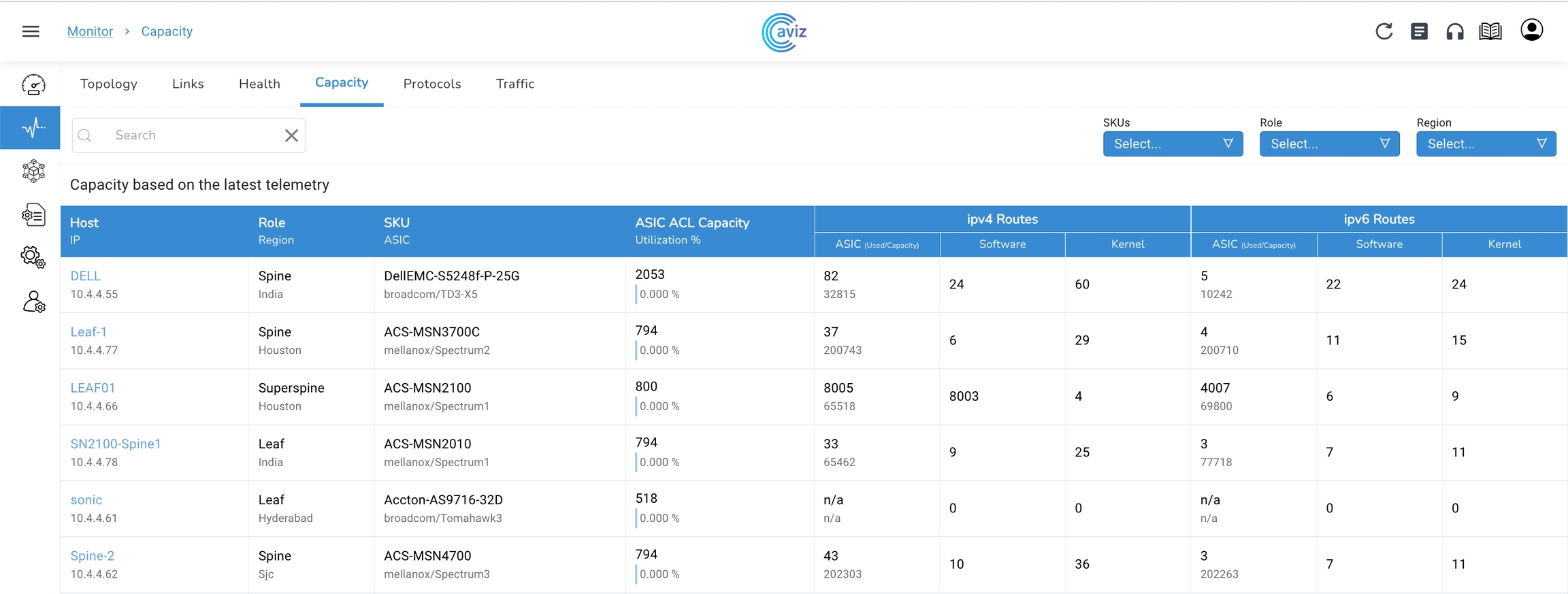

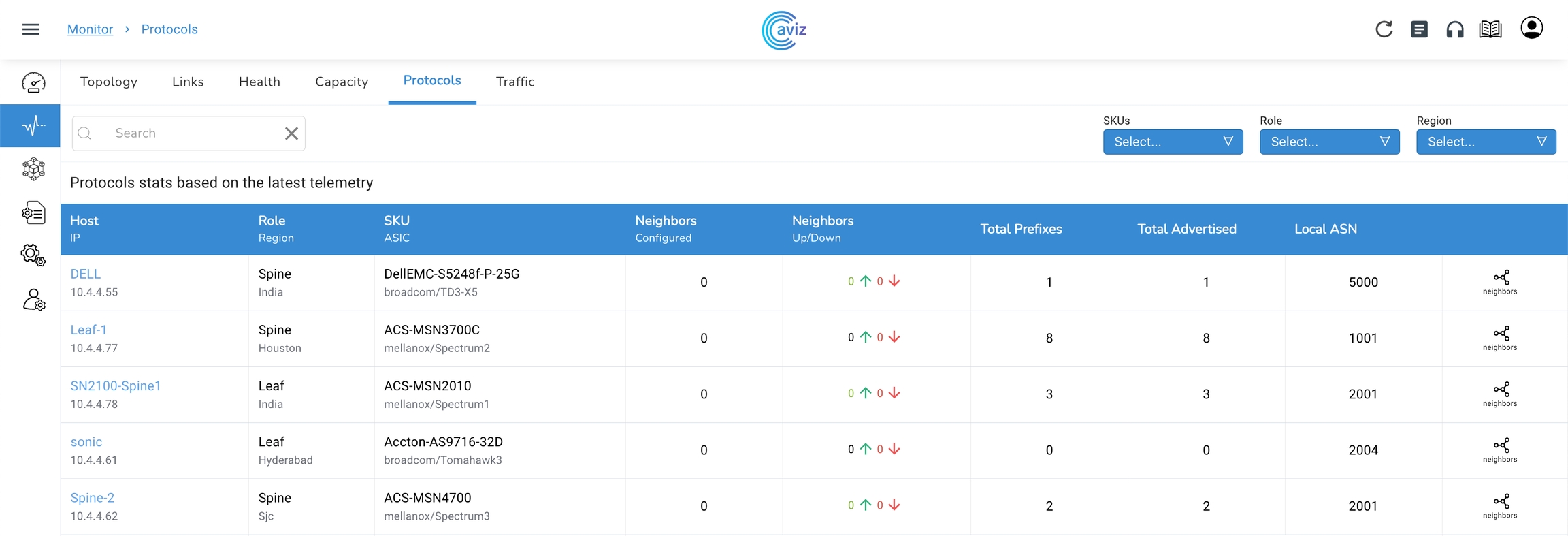

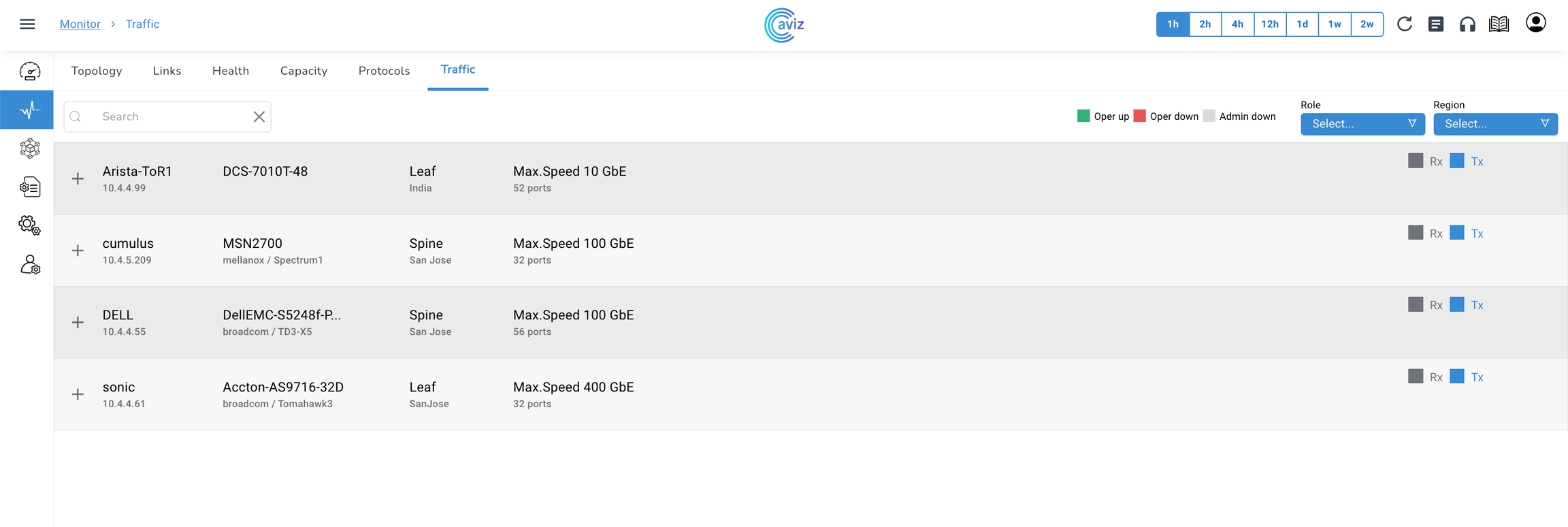
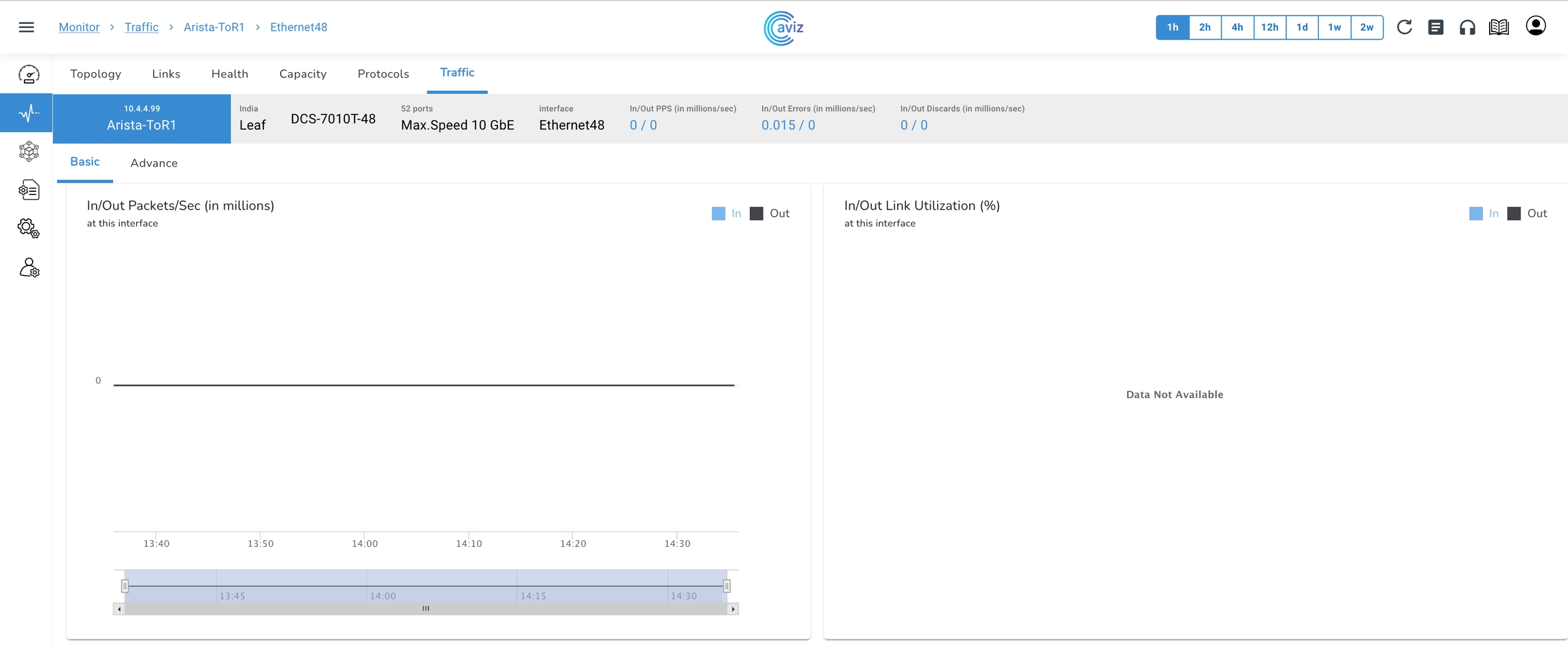
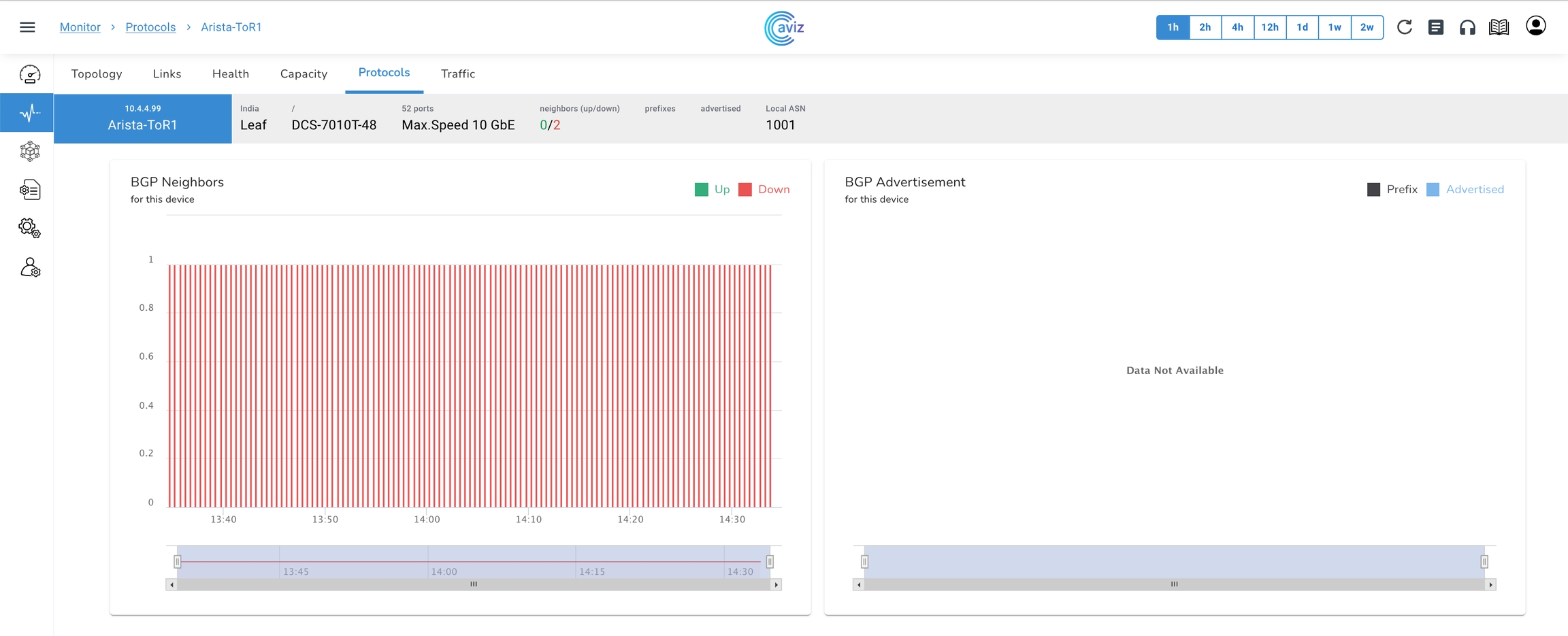
ONES-GA package have few dependencies on python library, and Paramiko is one of
them,so while doing uninstallation we need paramiko python library to be activated
on serverCommand : apt-get install python3-paramiko //to install paramiko libraryONES-GA package have few dependencies on python library, and Paramiko is one
of them,so while doing installation we need paramiko python library to be
activated on serverCommand : apt-get install python3-paramiko //to install paramiko libraryThis happens when the DB is populated with some schema before the collector initializes the DB.
There is a order in which the DB schema has to be populated. First the Collector has to start and create the necessary tables. Then the UI will add more tables and create default users.
In this scenario, I believe the DB container took some time to start and ready to accept connections. We have a sleep time of 15s to wait for the collector and DB to start and initialize, then the UI will create it's own tables and user data. Here the UI created the tables first. That's the issue.Command : docker-compose stop collector-db
Command : docker-compose rm collector-db
Command : docker-compose stop collector
Command : docker-compose rm collector
Command : docker-compose create collector
Command : docker-compose create collector-db
Command : docker-compose start collector-db
Command : docker-compose start collector
# we have to wait till the collector initilializes the DB. We can check the collector logs to verify that. Once initialized



